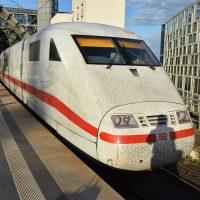 Welcome to the fourth and final instalment of my Travel Spot series, covering the train journey I made at the start of May, going from Guildford to Berlin in a day. Part I of the series covered planning the trip, while Part II was all about the first leg of the journey, which saw me arrive in Brussels Midi onboard the Eurostar. I then changed to the German high-speed ICE (Inter City Express), taking an ICE 3 to Köln, which I covered in Part III. The final leg of the journey, from Köln to Berlin, was also by ICE and is the subject of today’s instalment.
Welcome to the fourth and final instalment of my Travel Spot series, covering the train journey I made at the start of May, going from Guildford to Berlin in a day. Part I of the series covered planning the trip, while Part II was all about the first leg of the journey, which saw me arrive in Brussels Midi onboard the Eurostar. I then changed to the German high-speed ICE (Inter City Express), taking an ICE 3 to Köln, which I covered in Part III. The final leg of the journey, from Köln to Berlin, was also by ICE and is the subject of today’s instalment.
My experience on the ICE 3 to Köln was everything I’d hoped it would be: a fast, efficient journey on a modern, comfortable train, with the at-seat dining an added bonus, reinforcing my already favourable impression of German railways. Up until that point, everything had gone like clockwork, with all my trains on time and all my connections made. Sadly, that was the high-point of my experiences with the German rail operator, Deutsche Bahn, as everything pretty much went downhill from there, starting with my journey from Köln to Berlin.
As usual, I’ve split this Travel Spot into the following sections:
- Köln Hauptbahnhof
- A Change of Rolling Stock
- From Köln to Hamm
- Restaurant Car and Making Coffee
- First Class Compartment
- Dinner and Arriving into Berlin
- Berlin
You can see what I got up to at Köln after the gallery.
I had a thirty minute connection at Köln, which turned out to be ample time. Although I was encumbered by my luggage, I took the opportunity to have a brief look around the station. I’d changed trains at Köln station a couple of times before, although I’d never been outside, a pleasure which I would only experience when I broke my journey for a few days in Köln on the way back from Berlin.
Instead, I had to make do with wandering to the far end of the platform, where I watched my ICE 3 train from Brussels (which has a 10-minute layover at Köln) depart on its way to Frankfurt (there’s a video of it leaving the station if you’re interested). I also got an excellent view of Köln cathedral, which stands next to the station on the west bank of the Rhine. A World Heritage Site, its twin towers dominate the skyline. Standing at 157 m, they make the cathedral the tallest twin-spired church in the world, the second tallest church in Europe (Ulm minster beats it by 4½ metres!) and the third tallest in the world.
The station itself is a handsome affair, with a massive, arched roof that spans all 11 platforms. It was very noisy that day, with work going on between the platforms, which involved a lot of drilling and sawing, one of the reasons that I escaped to the end of the platform. Once I’d seen my train from Brussels safely on its way to Frankfurt, I headed back to the centre of the station, where escalators and stairs descend to the central corridor that runs under all the platforms, connecting them with the main foyer at the front of the station.
I’d arrived on Platform 4, with my train to Berlin (ICE 651) scheduled to depart from Platform 2 so I didn’t have far to go (one of the nice things about both the Eurail and German railways (DB) websites is that they show you the platforms for the various trains). However, I did need to pay attention since there were two ICE trains to Berlin departing within 15 minutes of each other, mine at 14:48 on Platform 2 and ICE 1069 which left at 14:36 from Platform 3. I can imagine a few unobservant people seeing “Berlin” on the display board and getting on the wrong train! If you do, it’s not the end of the world, although you’ll get into Berlin about 45 minutes later (19:56 versus 19:10) since it goes the long way around via Dusseldorf and Münster.
Another neat feature of German railways is that the platforms have train composition tables, allowing you to work out where your coach is going to be. For example, according to the table, ICE 651 was formed of a single ICE 2 unit with first class at the front, so I went to the front of the platform to wait. However, looking up at the platform indicator, I saw that it was showing first class at the rear of the train…
Although I don’t speak much German, after several announcements, followed by general movement of people along the platform, I got the feeling that the platform indicator was right, so my luggage and I headed towards the back of the platform instead.
You can find out whether this was the right choice after the gallery.
My train was supposed to have been an ICE 2, which entered into service in 1996, six years after the original ICE 1 trains. The ICE 1 is a big beasts, with a power car at either end and 12 coaches in between (similar in layout, although not design, to the original Eurostar e300s, or, for a more British example, the Intercity 125). However, such long trains lack flexibility, so the ICE 2 was introduced, with a single power car at one end, a driving car at the other (similar to the driving cabs at either end of the ICE 3) and just six coaches in between (although there is additional seating in the driving car).
The resulting unit is roughly half the size of an ICE 1. However, two ICE 2s can be coupled together, driving car to driving car, to form a single train, roughly equivalent to an ICE 1. This formation is typical on the Köln/Berlin route and was what was supposed to happen with my train, ICE 651. It sets off from Bonn, going via Köln, Wuppertal and Hagen to Hamm, where it joins up with ICE 641 (another ICE 2) which sets off from Düsseldorf, going via Essen and Dortmund to Hamm. From Hamm, the two ICE 2s proceed as a single train to Berlin.
Well, that’s the theory. However, for whatever reason, we had an ICE 1 that day, and, annoyingly, first class was at the back, which was why the platform indicator was contradicting the train composition table. So, towing my luggage behind me and bearing in mind that an ICE 1 is 12 coaches long, I set off for the long trek to the other end of the platform.
I’d booked a seat on the train, but, of course, the seating layout for the ICE 1 is very different compared to the ICE 2, so none of our seat reservations made sense anymore, resulting in something of a free-for-all. The first seven coaches are all second class and, since I never got to see them, I can’t really say that much about them. The eighth coach is the restaurant car (more on this later), while the last four coaches (9 to 12) are first class.
All four coaches have a similar layout, with two-thirds of each coach occupied by standard first class seating, consisting of pairs of seats on the right and single seats on the left. These are mostly airline style, interspersed with two four-person tables and two two-person tables. In all, there are 38 seats. The remaining third of the coach, at the end with the doors, have a single toilet followed by three six-person compartments. The only difference is coach 9, which has wheelchair seating, leading to the removal of one of the four-person tables. Meanwhile, there’s only one compartment, which is reserved (I believe) for families.
Since it was a free-for-all, I decided to sit in one of the six-person compartments. It felt a little indulgent, especially as I had it to myself for over half the journey, but on the other hand, the train was almost twice as long as it should have been, so there were plenty of seats to go around.
You can see how the journey went after the gallery.
Despite the hiatus with the change of rolling stock, we left Köln on time. I chose the compartment partly because it was on the right-hand side of the train, which gives some great views of the cathedral as you leave the station. Even better, the ICE tracks are on the right-hand side of the Hohenzollern Bridge, so you there are excellent views down the Rhine from this side of the train. The last time I crossed this bridge, also by train and also on my way to Berlin, was in the 1990s and the Rhine was in flood, the broad pedestrian boulevards lining each bank under several metres of water. This time, fortunately, the river was back to its normal levels, although it was less than a year since the deadly flooding in July 2021.
The bridge has a pedestrian walkway on either side, which is always a bit surreal, trundling along by train while people walk (and cycle) past a metre or two away. If you are ever in Köln, it’s worth taking a walk across the bridge. Note that there’s a station, Köln Deutz Messe, just on the other side of the bridge, so if you want to cross over by train (without having to go all the way to Berlin), you can just hop on one of the numerous S-Bahn and regional train services.
Once safely across the Rhine, the train passes through the northern suburbs of Köln and Leverkusen on the east bank of the Rhine, then heads northeast through Wuppertal to Hagen, where it joins the Ruhr, before carrying on to Hamm. This is easily the most scenic part of the route, the various places the train passed through reminding me of old mill towns in northwest England. It’s also definitely not high-speed rail, although the train often managed a fairly respectable 120 km/h as it wound its way along various steep-sided valleys.
While there were plenty of dramatic views, I didn’t get that many photographs since the track was often tree-lined, making photography difficult. It’s also fair to say that the best views were from the left-hand side of the train, which is why, when I took the train back from Berlin to Köln, I made sure to sit on the other side (not that this did me any good).
We left Hagen at 15:34, crossing the Ruhr shortly after that. Things started to flatten out once we passed Schwerte, about an hour into the journey, although things didn’t get much faster until we left Hamm, where, if things had gone according to plan, we’d have picked up the other half of our train.
Although I’ve described this as the third leg of my journey, it was really the second half, since it’s about the same in terms of distance travelled as the first two legs combined (570 km from Köln to Berlin compared to 585 km from London to Köln via Brussels). However, it’s a little slower, taking 4 hours 22 minutes rather than the combined 3 hours and 52 minutes it took to get to Köln (not counting the time spent changing trains at Brussels).
This gives the Köln to Berlin journey an average speed of 130 km/h, despite the ICE’s maximum speed of 280 km/h. In fairness, that’s partly due to this first section from Köln to Hamm, which takes one third of the total time, but only covers 120 of the 570 km, a paltry 20% of the total distance.
From Hamm to Berlin, on the high speed lines via Hannover, it takes just over 2½ hours to cover the remaining 450 km at a much more respectable 175 km/h, which you can read about after the gallery.
From Hamm, the train runs on existing track as far as Hannover, with a single stop at Bielefeld. Although technically not a high-speed line, the train regularly reached 199 km/h, which is a pretty decent speed. The terrain was mostly flat, and, after my early start, I was fading, taking an involuntary half-hour nap, which meant that I missed quite a bit of the countryside. However, I did wake up in time for the approach into Hannover.
After Hannover, the train follows a high-speed line all the way to Berlin, helped by there being no stops until Berlin Spandau on the western outskirts of the capital (although on the way back, my train stopped at Wolfsburg). Although a dedicated high-speed line, the maximum speed varies quite a bit, including several points where the train crawled to what felt like a crawl. However, since we arrived pretty much on time, I presume that this is intentional.
Shortly after leaving Hamm, I took the opportunity to wander down to the restaurant car which separates first and second class. This was quite different from the one in the ICE 3 train from Brussels to Köln, starting with a large seating area. This has four four-person tables on the left and four two-person tables on the right, although they have older, bench-style seats. If you sit here, there’s full table service with a dedicated steward.
Beyond that, a corridor on the right leads past the galley, which feels shorter than the equivalent in the ICE 3, to a second seating area. This has four low, oval tables, two on either side, with bench-style seating down the sides, so you sit with your back to the window. There’s also a solitary, round standing table on the left and a narrow standing table on the right.
The counter, which is at the far end of the galley, is on the left, facing this second seating area. You can order food and drinks to go here, from the same menu I enjoyed on the ICE 3 (as far as I can tell, this menu is available on all Deutsche Bahn’s ICE and IC trains). Although I’d enjoyed the espresso I’d had on my way to Köln, this time I was just after some hot water, so that I could make my own coffee, using the last of my Time & Tide Stepped Coffee. The steward was very happy to fill my Global WAKEcup with hot water at no charge, which gave me a chance to have a visual exploration of the galley. As well as the espresso machine, a bean-to-cup affair, there was a batch brewer for the filter coffee and, impressively, beer on tap as well!
I took my hot water back to my compartment, where I brewed my coffee (effectively a bag of pre-ground coffee which you just dunk in hot water). My previous experience with these had been a little hit and miss, but this one was my best yet, probably because I’d learnt from my mistakes and dunked it for longer (the bags recommend five minutes, but I left this one in for seven).
You can see what I made of my compartment after the gallery.
For UK travellers, compartments on trains is a relatively novel experience. I hadn’t travelled on one in the UK for over 20 years, not since the withdrawal of slam-door rolling stock on the commuter routes between Guildford and London. It’s an interesting experience, although what I would have made of it had there been five other people in there with me, I’m not sure. As it was, I had it to myself for almost half the journey, sharing it with one other person for the rest of the time.
The compartment was comfortable, with an interesting design. There are three seats on either side and a table down the middle, although this only extends from the window to the first two seats, leaving plenty of space by the door so that people can get in and out. One of the things that attracted me to the compartment was this space, since I used it to store my luggage, not fancying heaving my heavy suitcase onto one of the overhead racks that ran above the seats. Again, this wasn’t something I’d have been able to do if the compartment had been full.
The table is the usual European design, with folding leaves on either side, making it relatively easy to get in and out, particularly from the window seat, which is where I ended up. The seats are very comfortable, with at-seat power in the usual place for ICE trains (on the stanchion between/under the seats). It’s not the worst place for it, but it could be more accessible. Fortunately there’s plenty of clearance, so even with my adapter and bulky charger, I could easily plug my laptop in. Other neat features include individual coat hooks for each seat and a small bin tucked away discreetly at the edge of the table by the window (so discreet that I didn’t notice it until my travelling companion used it!).
The service was also very good, with frequent announcements in German and English, including announcements before each station, telling you when various connecting trains were departing, along with the platform. Normally these were fairly short announcements, but coming into Hannover, it turned into quite the list!
I also explored the Deutsche Bahn online portal, which you can access when connected to the Wifi on ICE trains (and some IC trains). I hadn’t really noticed it on my train from Brussels to Köln, but here I had a good look around. As well as a small selection of movies, podcasts, magazines and games, there’s extensive information (including a section for Ukrainian refugees).
I made most use of the moving map and the timetable to keep track of my progress. There’s also a useful feature which shows the train’s current speed, although it doesn’t automatically update, so you have to refresh the browser page (just in case you wonder why you’re doing 120 km/h when stopped at a station).
The other use of the online portal is to browse the menu and order from the restaurant car, which you can read about after the gallery.
I’d always planned to eat dinner on the train and did consider going down to the restaurant car to take advantage of the table service there. However, with a whole compartment (almost) to myself, I decided to stay put. I’d really enjoyed having lunch on the train on the way to Köln, where it was served at my seat. However, I didn’t really know how the service worked and while someone came through from the restaurant car, it was too early for me.
I also considered ordering online, with the option of having my food delivered to me, but I never quite figured out how it worked. By the time I was hungry, which was around 18:00, the online system didn’t seem to be available, so I decided to wander back to the restaurant car (I needed to stretch my legs anyway) and order in person.
The menu has a good range of vegetarian and vegan option, so I was spoilt for choice, eventually selecting the vegan chicken teriyaki, to which I added a warm apple crumble cake for dessert. Unlike the at-seat or table service in the restaurant car, where you are served with proper crockery and cutlery, if you order takeaway like I did, your food comes in disposable cardboard containers, while the crockery is made from wood, which is the next best thing. Even though, part of me felt that I’d missed out.
The food was good, the vegan chicken teriyaki proving to be an interesting combination of flavours and textures, while I enjoyed the apple crumble cake. All that was missing was some coffee: with hindsight, I should have got more hot water!
By the time I’d finished eating, we were maybe 20 minutes away from Berlin-Spandau, our penultimate stop. The surrounding countryside gave no warning that we were approaching German’s capital city: it was still very flat and rural, with the occasional wind farm. Then, very suddenly, we were into an urban environment and pulling into Berlin-Spandau, where I could, if I’d wanted to, left the train and taken the S-Bahn into the centre of Berlin. This takes about 20 minutes, which is just as quick as staying on the train to Berlin Hauptbahnhof (14 minutes), then catching the S-Bahn the three stops to Zoologischer Garten (six minutes).
However, I was enjoying my compartment far too much, so decided to stay where I was to the very end as the train trundled its way on elevated tracks through the centre of Berlin, ironically following the same S-Bahn line that I could have caught from Berlin-Spandau. This included going through my ultimate destination, Zoologischer Garten, and along the western end of the Tiergarten before crossing the Spree and pulling into Berlin Hauptbahnhof at 19:10, just two minutes late.
You can see how I got on Berlin after the gallery.
Berlin Hauptbahnhof is a busy, compact station, built on at least five levels. I arrived on the high level east-west platforms, where three pairs of tracks share six platforms (11 to 16). I said goodbye to my trusty train which, although not terminating there, wasn’t hanging about, pulling out empty after about 10 minutes. All that was left was to catch the S-Bahn three stops back the way I’d come to Zoologischer Garten, from where it was a short walk to my hotel.
As luck would have it, the S-Bahn trains also departed from the high level platforms, albeit from Platform 16, on the opposite side of the station from where I’d arrived (Platform 11). This involved going down one level to the first-floor concourse (the main entrance/exit is a further level down) so that I could cross over to the other side, where the S-Bahn trains departed from Platforms 15 and 16.
The only other thing I had to do was buy a ticket since my Eurail pass didn’t cover local transport. Fortunately, I’d researched this on the train, downloaded the BVG app (which covers all public transport across the Berlin and Brandenburg regions) and bought a €2 ticket, good enough for three stops on the S-Bahn (or six stops on the bus or tram). The only thing to watch out for is that the ticket is valid for just 20 minutes and the clock starts ticking from the moment you purchase it.
As a result, I waited until I was on the platform before pressing “Buy Now” on my phone (if I read my German correctly, you have a 60-second grace period to cancel the ticket if you made a mistake, which, ironically, is one of the few parts of the app that’s not also available in English…). As it was, I had a couple of minutes to wait before an S-Bahn train appeared on the platform. Three stops later, I was at Zoologischer Garten, and from there, my luggage and I had a short (but slow) walk to my hotel, where I arrived at 19:50.
In all it had taken me, door-to-door, 14½ hours, including four trains, two tube trains and an S-Bahn. It had been a long, long day, but a very enjoyable one, far more than if I’d flown, even though that would have been quicker. Would I do it again? Absolutely.
This concludes the fourth and final instalment of this Travel Spot series about my journey to Berlin. Thanks for coming along with me and I hope you enjoyed the journey as much as I did! My return to the UK, which involved me retracing my steps, along with a break in Köln, is the subject of the next Travel Spot series, and the first instalment is already out.
Don’t forget that you can share this post with your friends using buttons below, while if you have a WordPress account, you can use the “Like this” button to let me know if you liked the post.

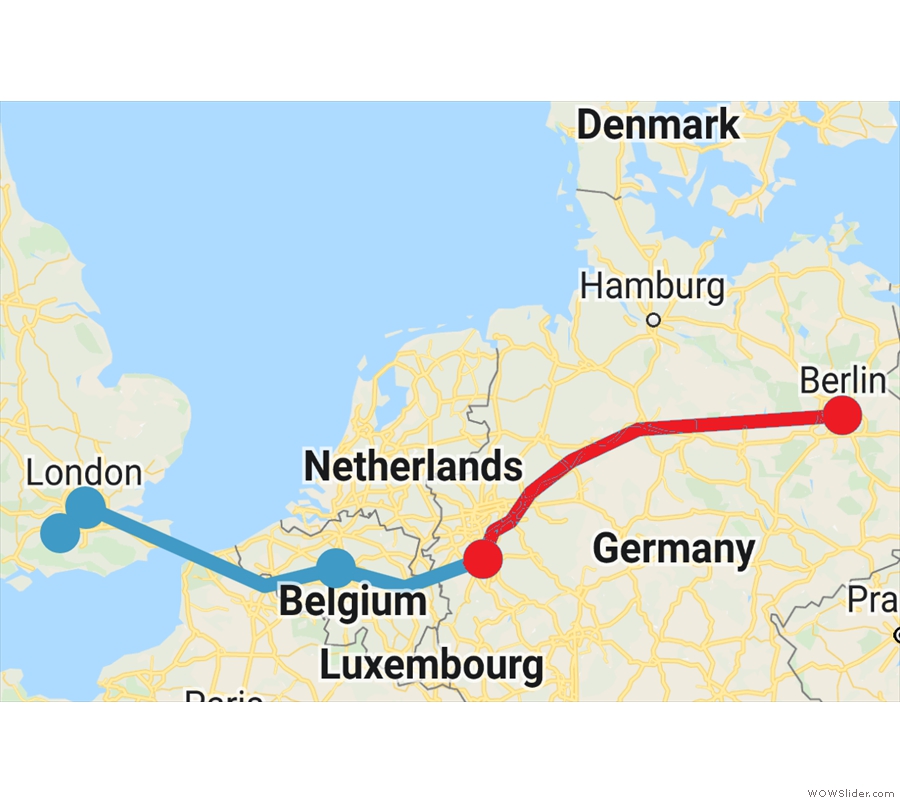
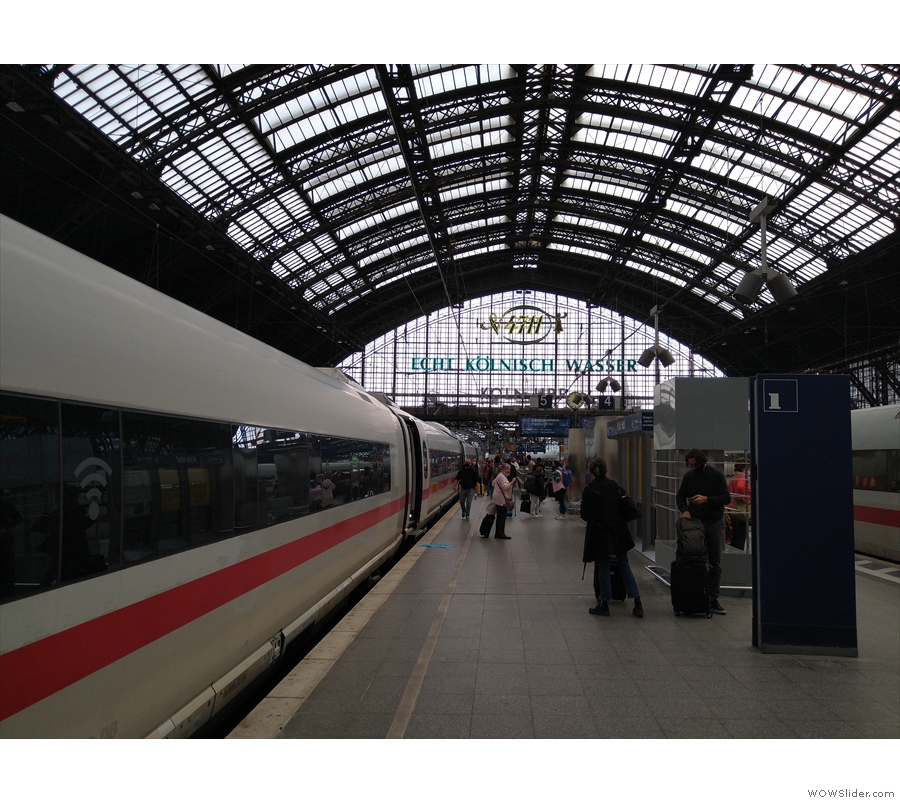
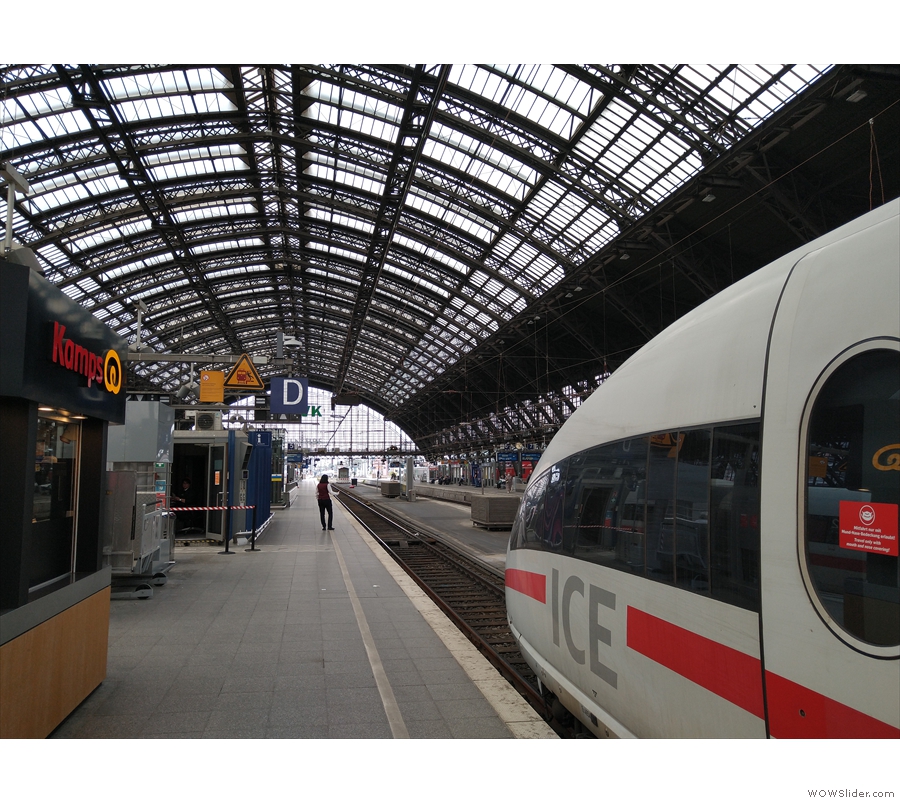
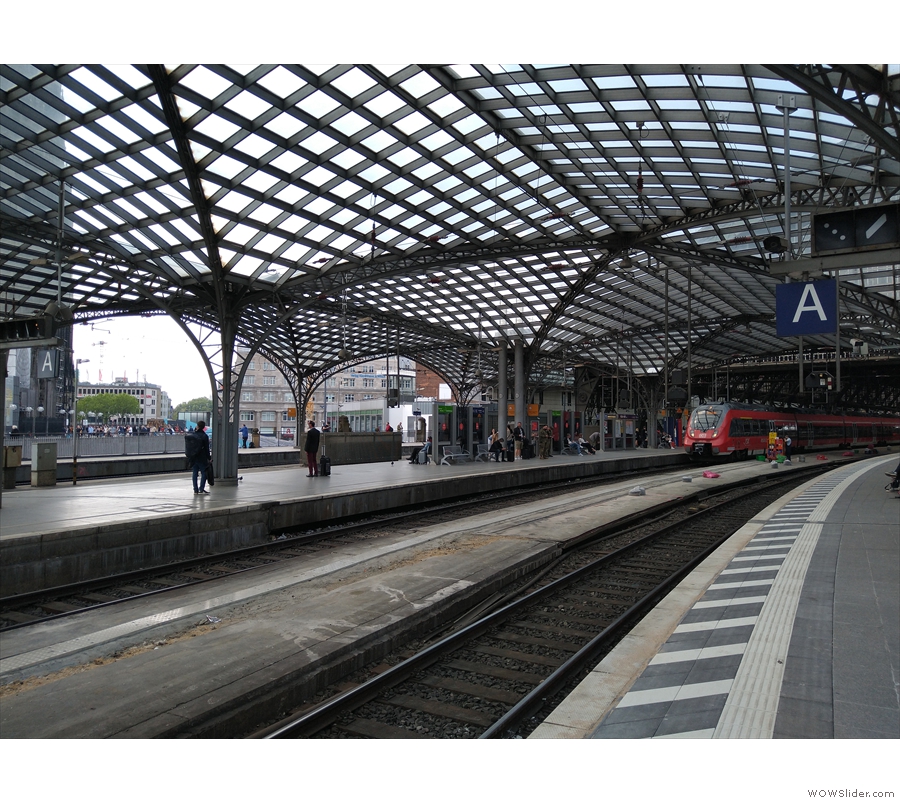
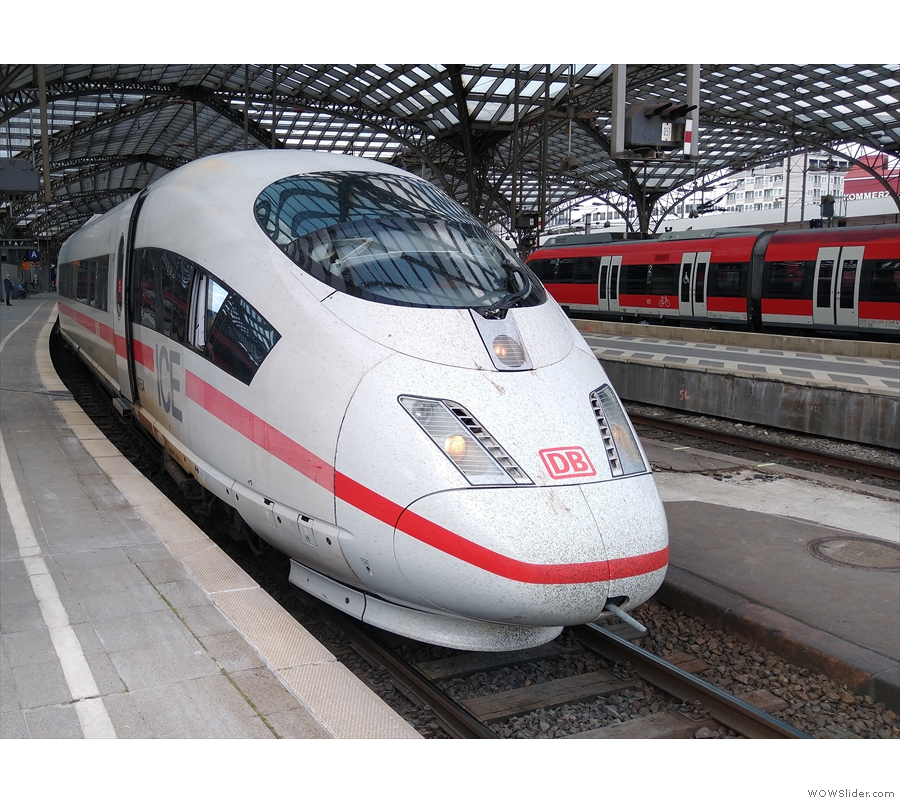
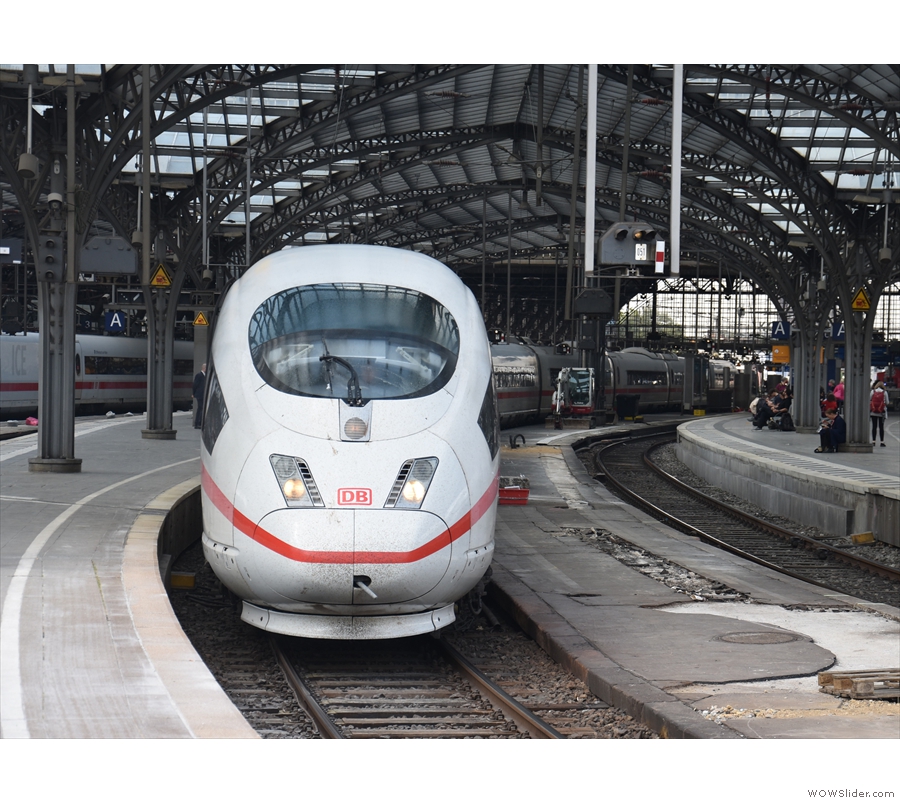
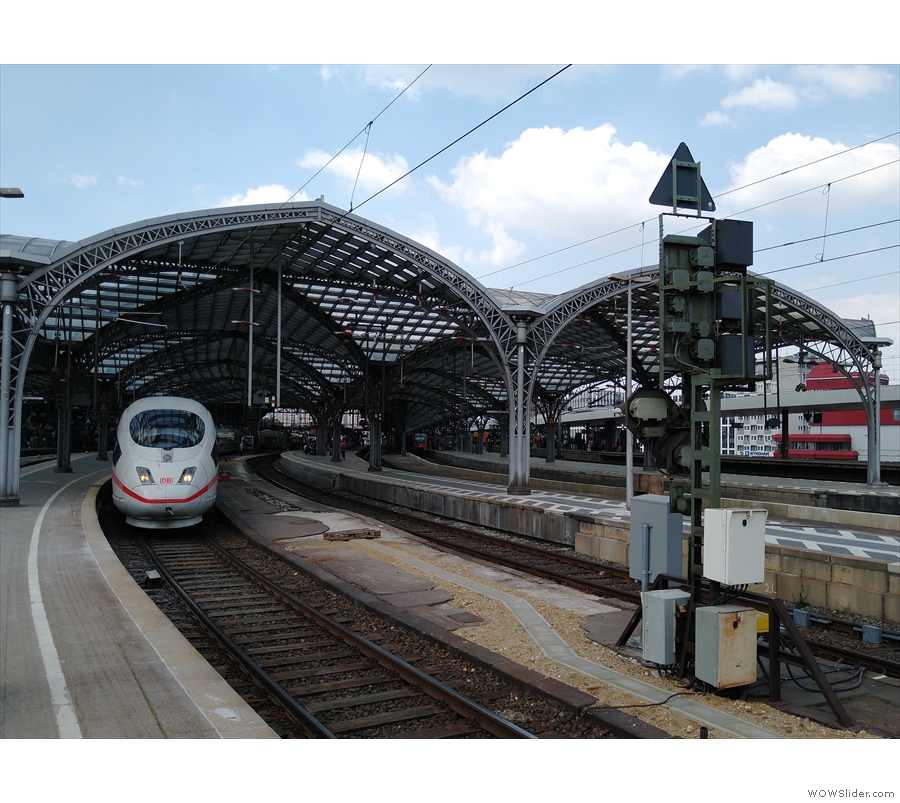
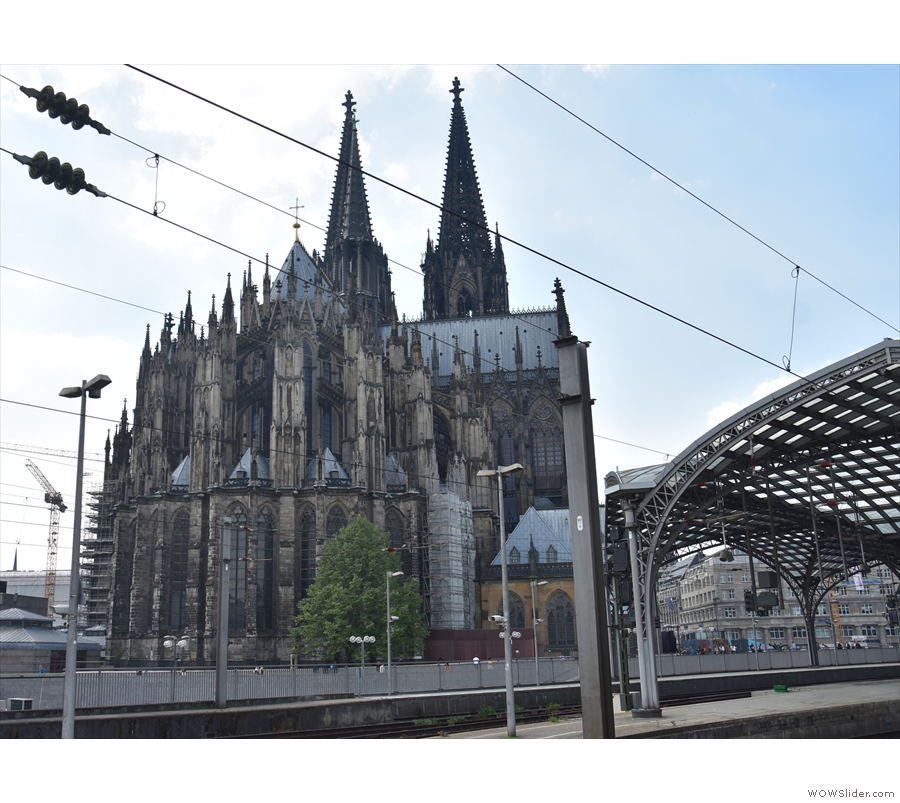
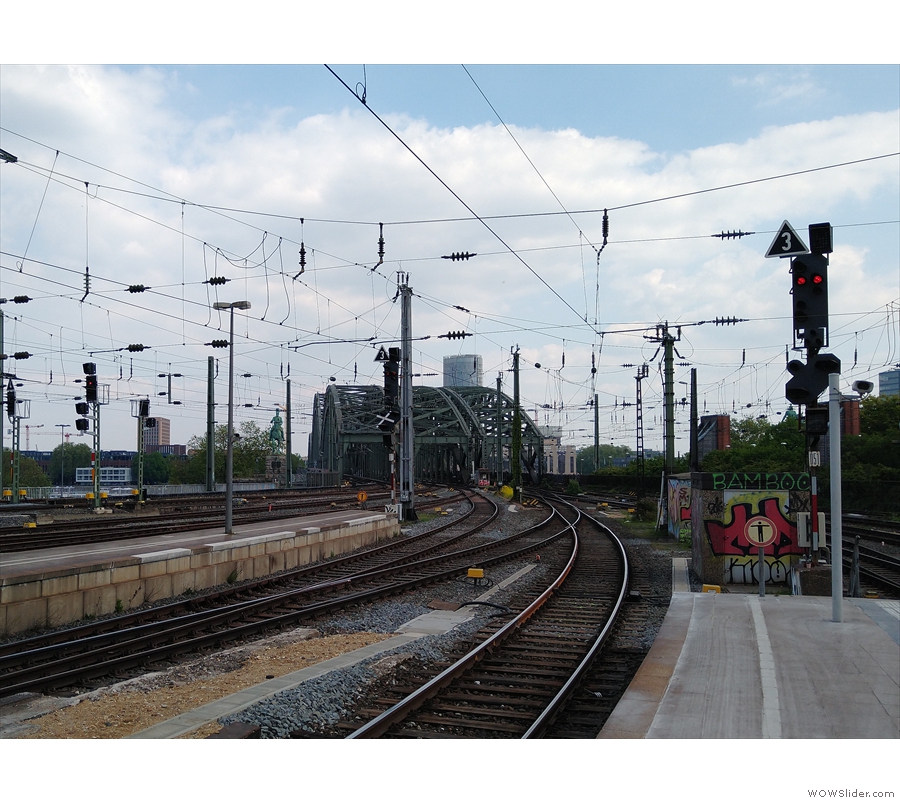
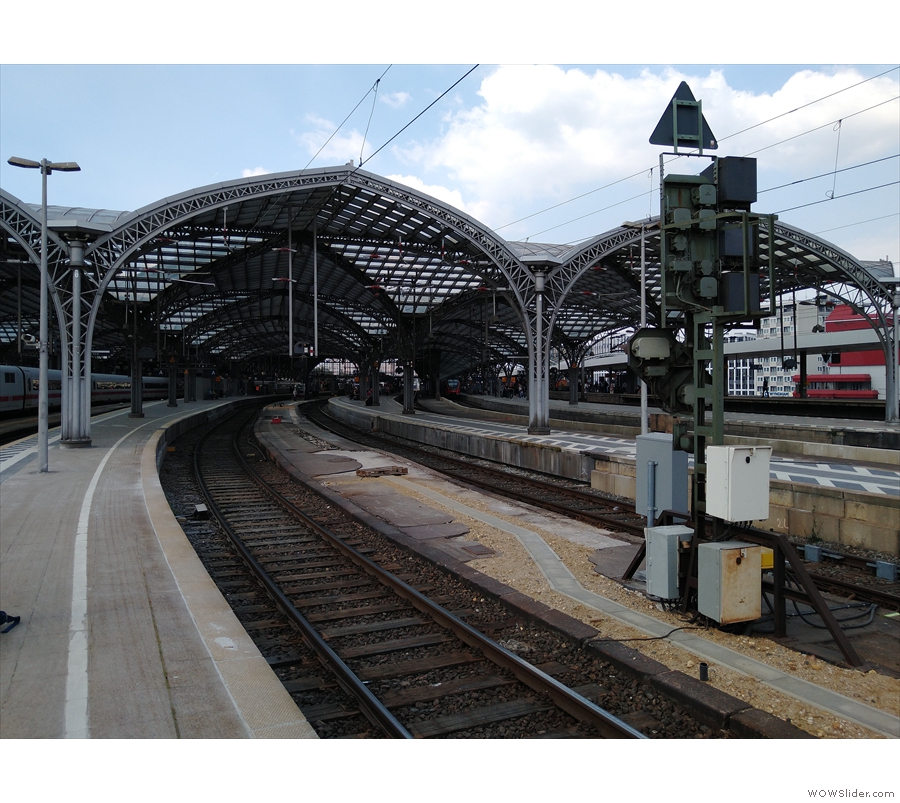
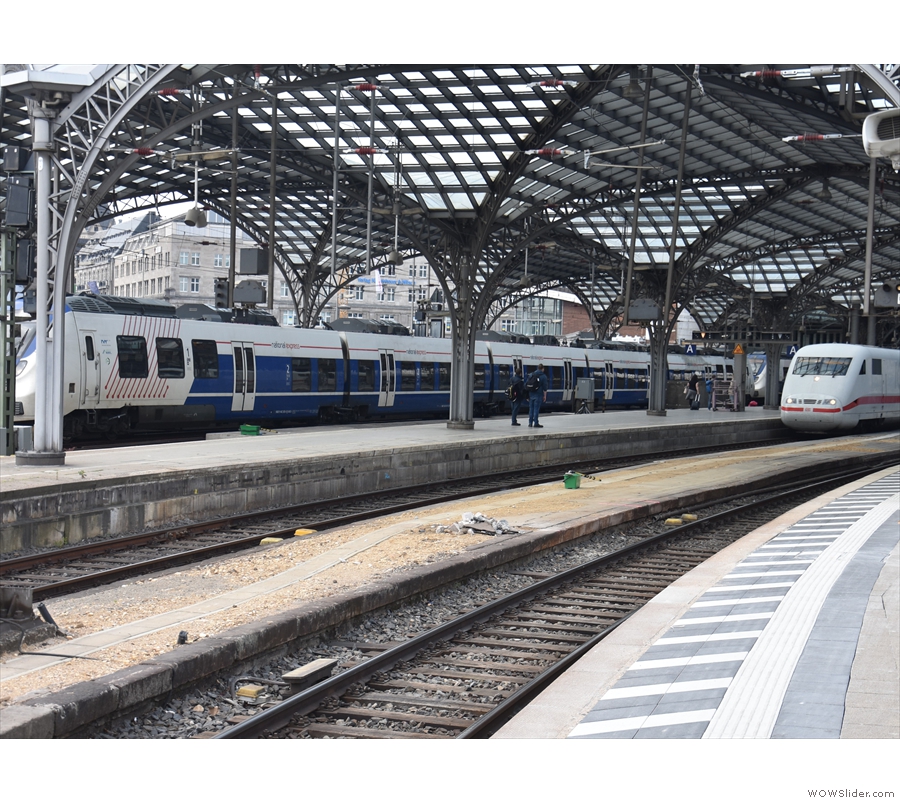
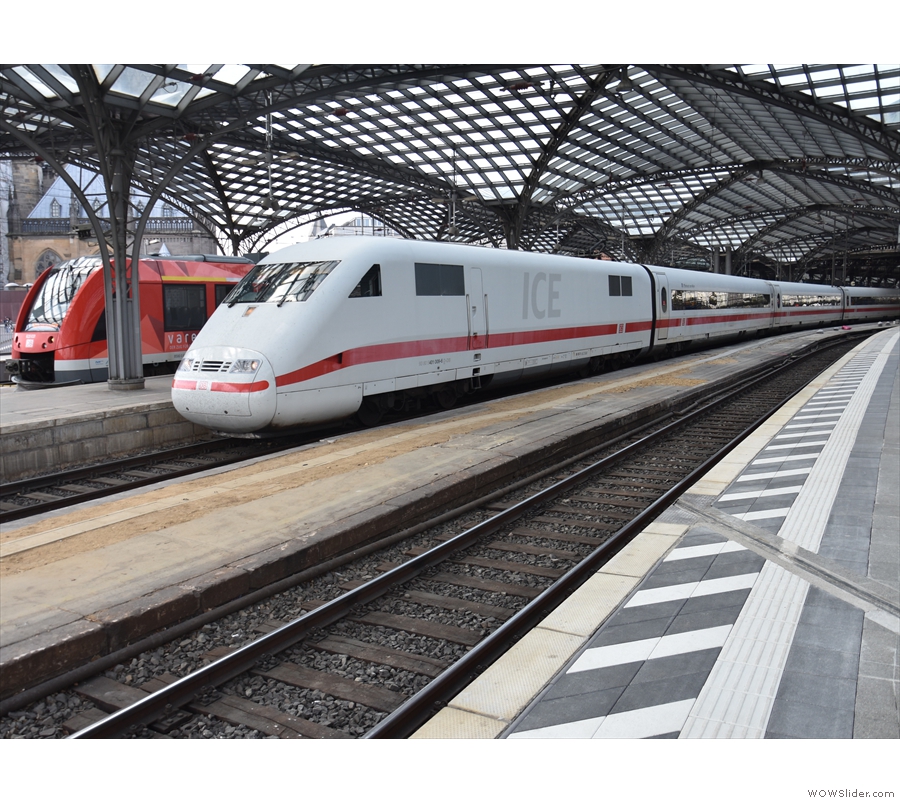
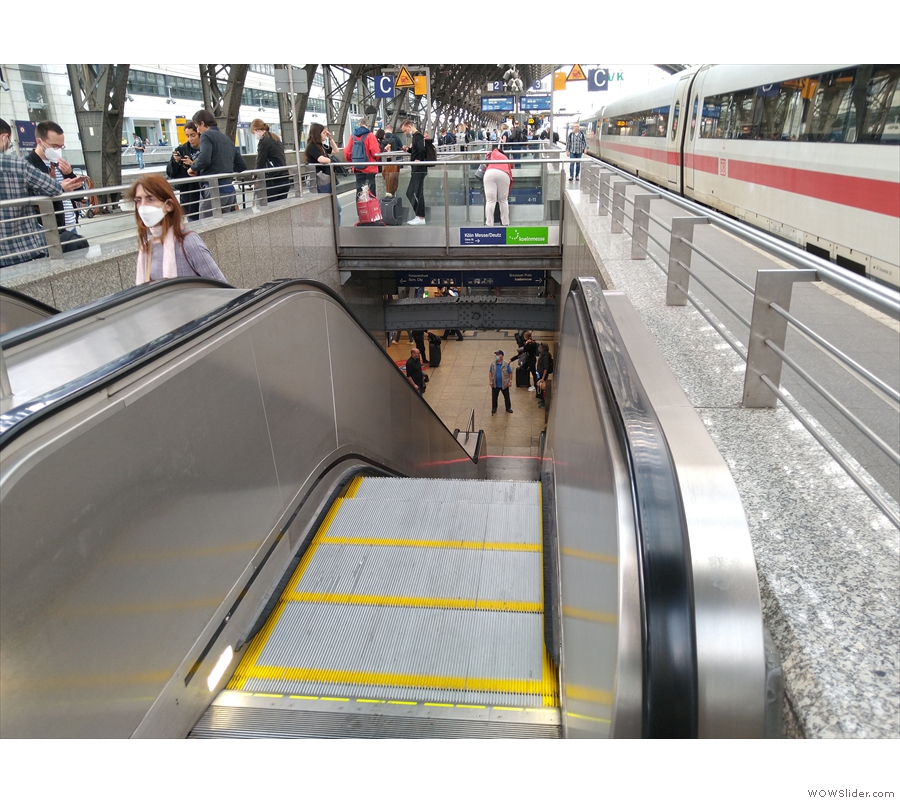
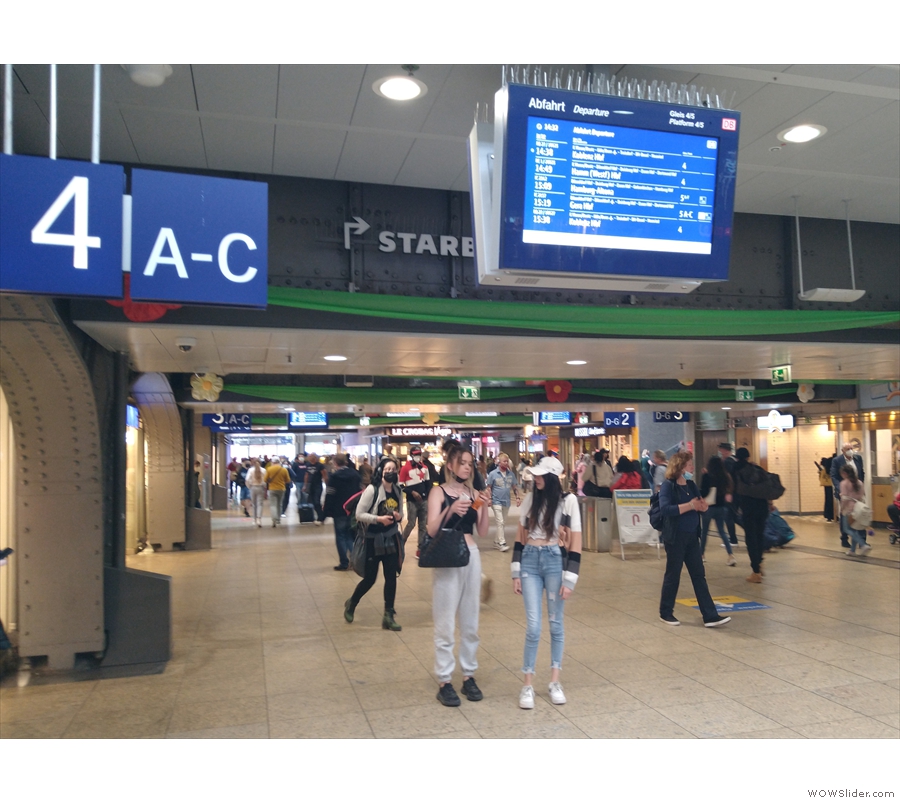
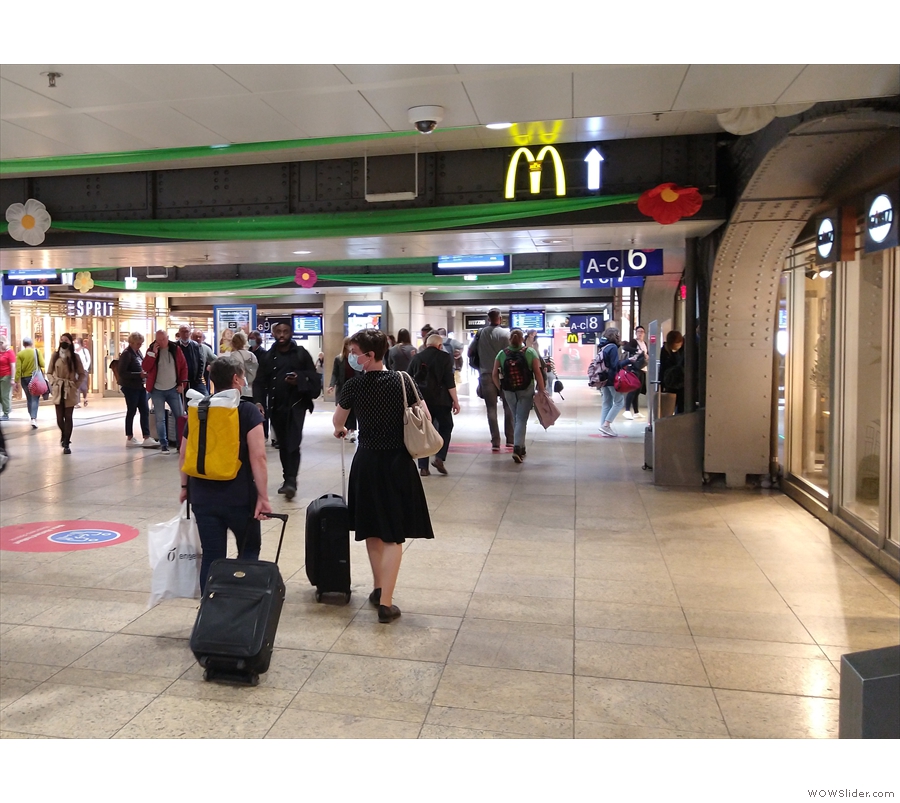
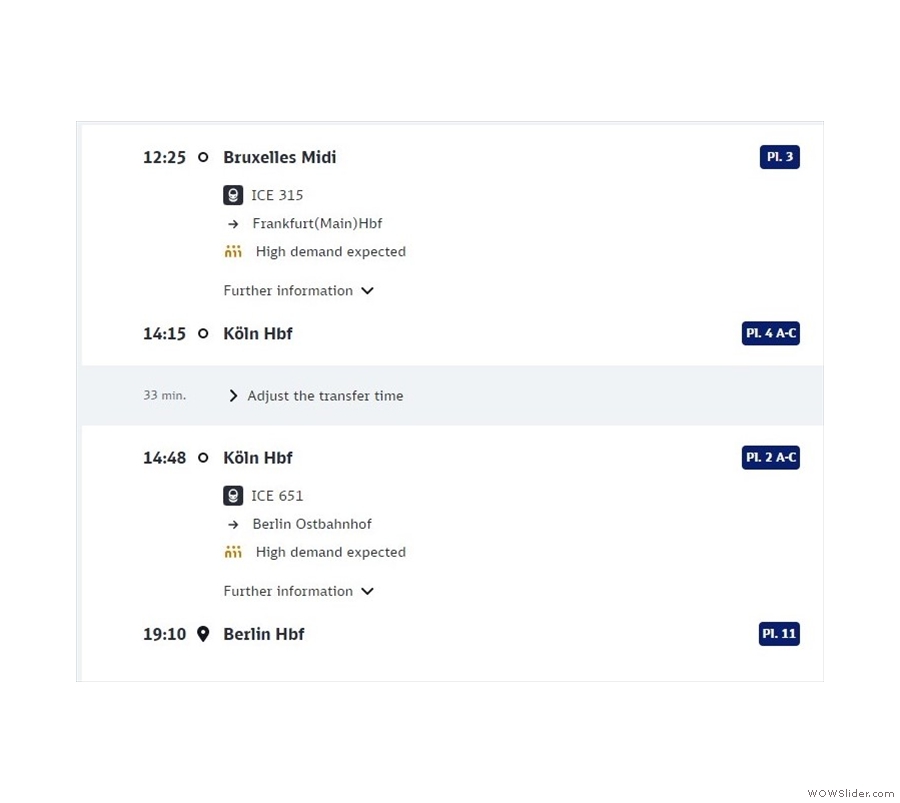
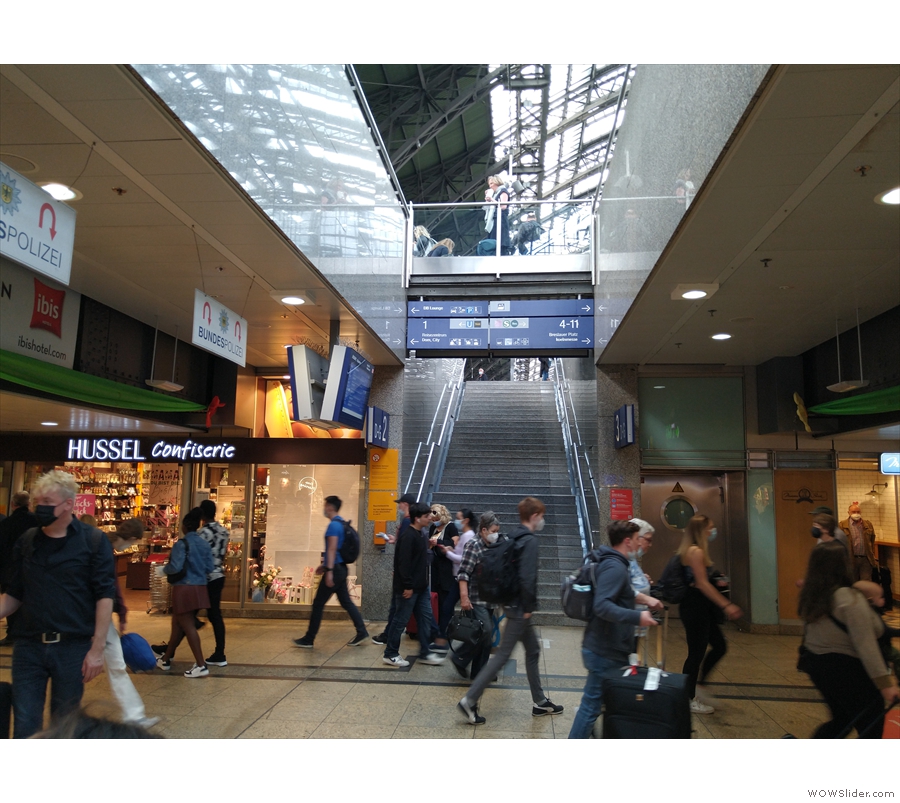
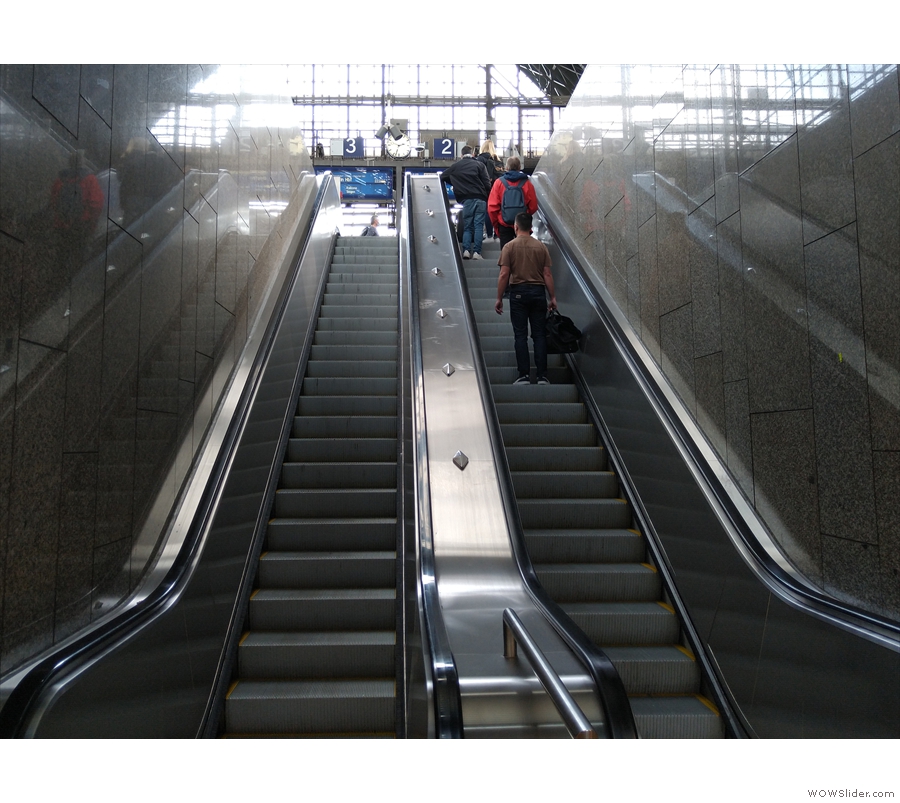
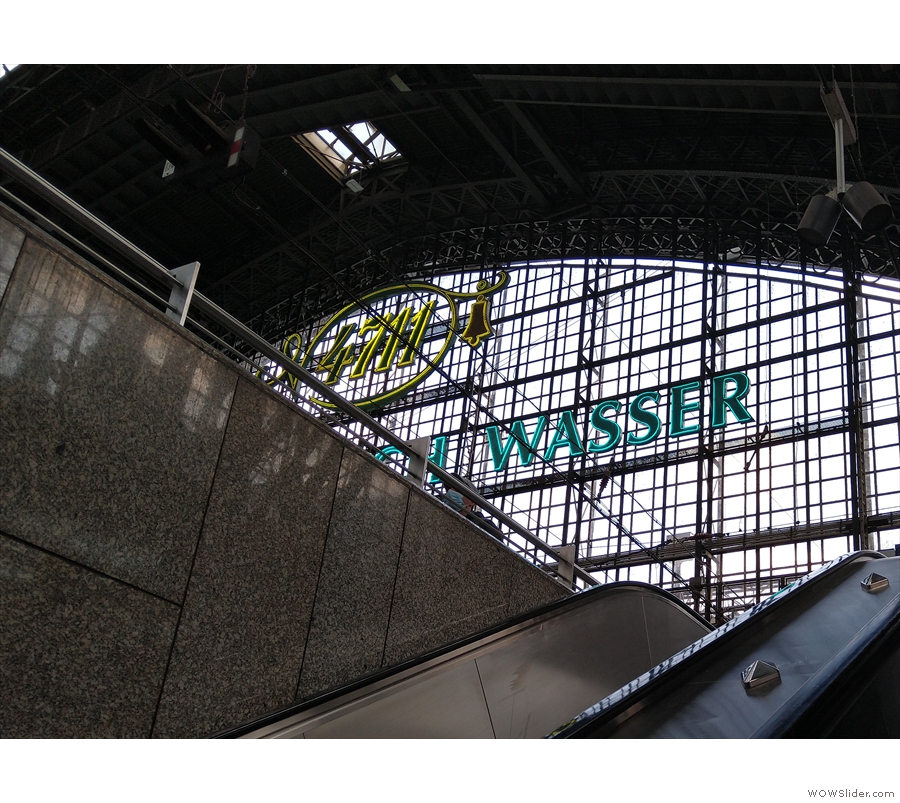
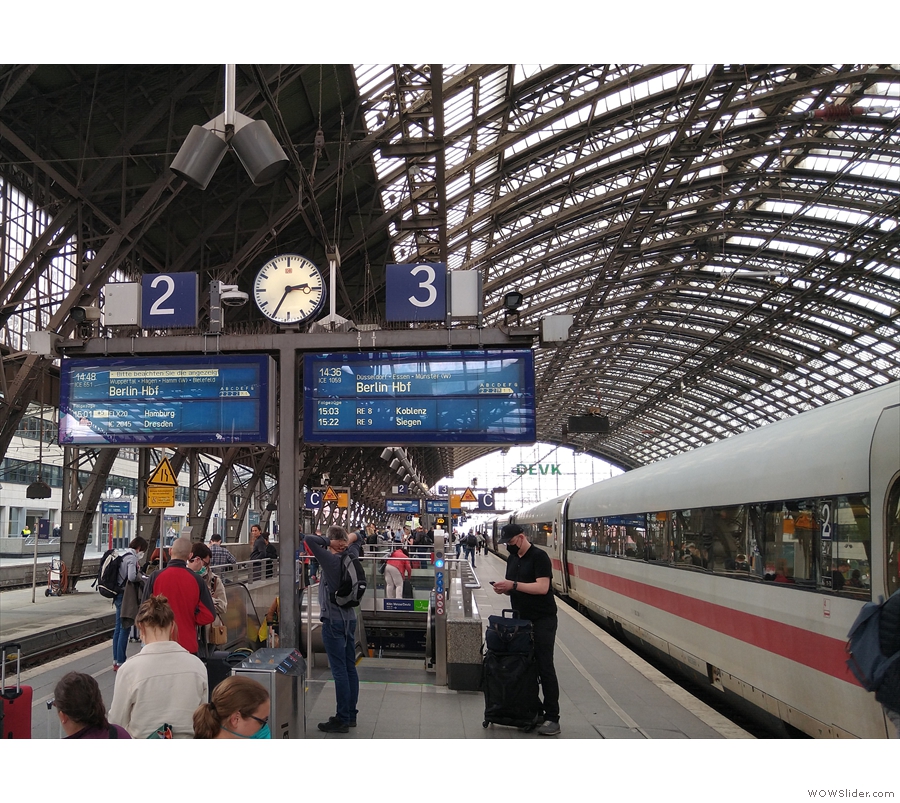
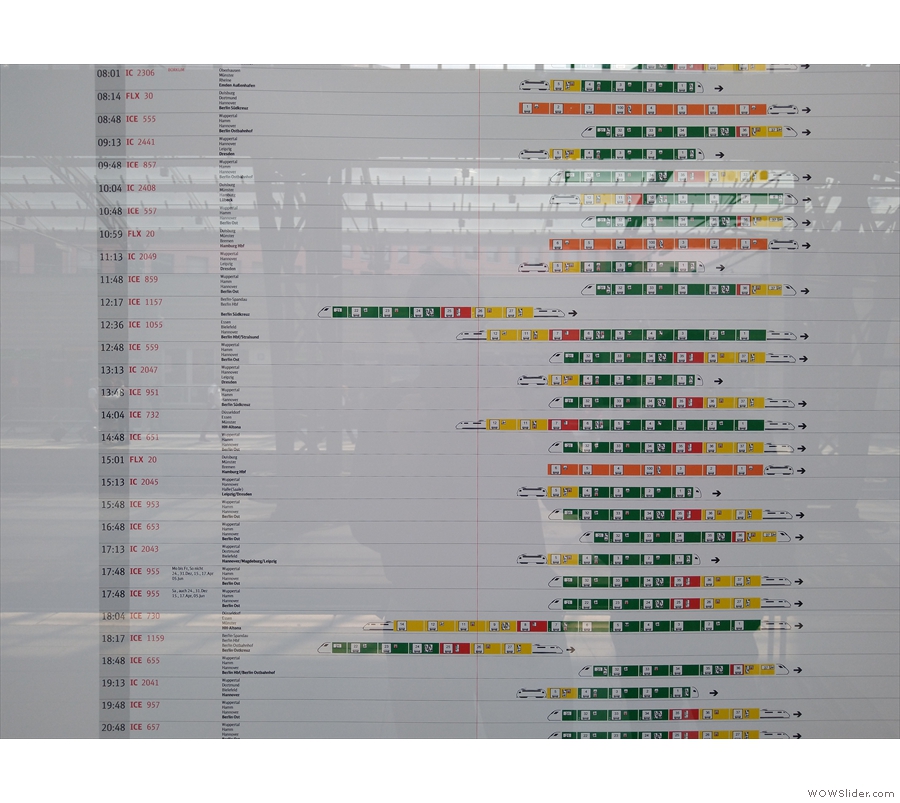
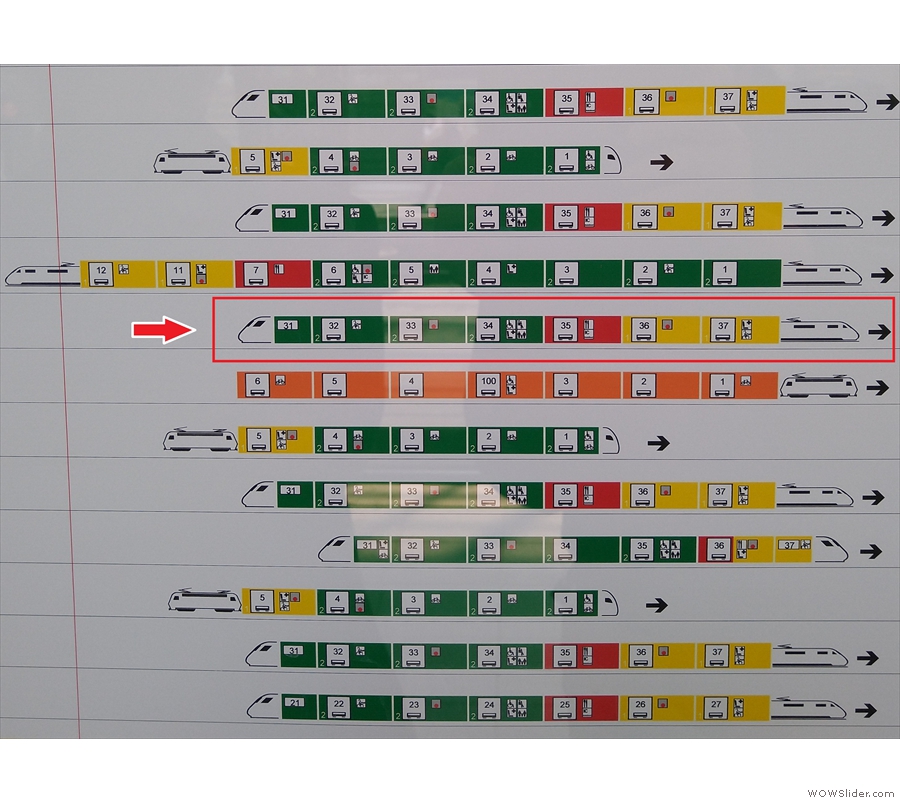
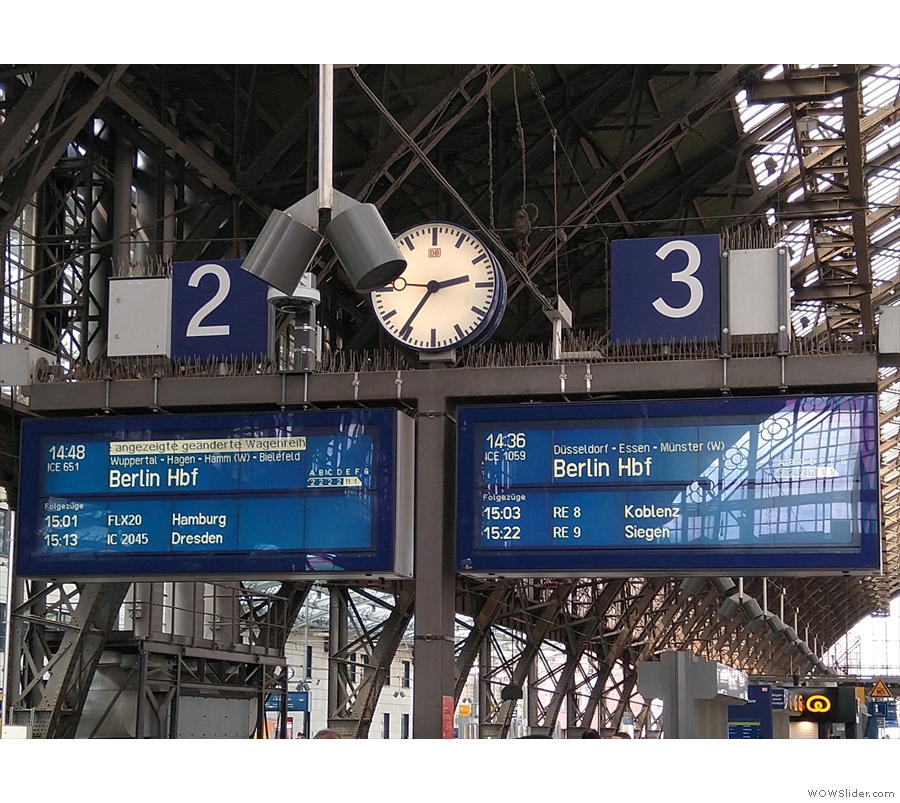
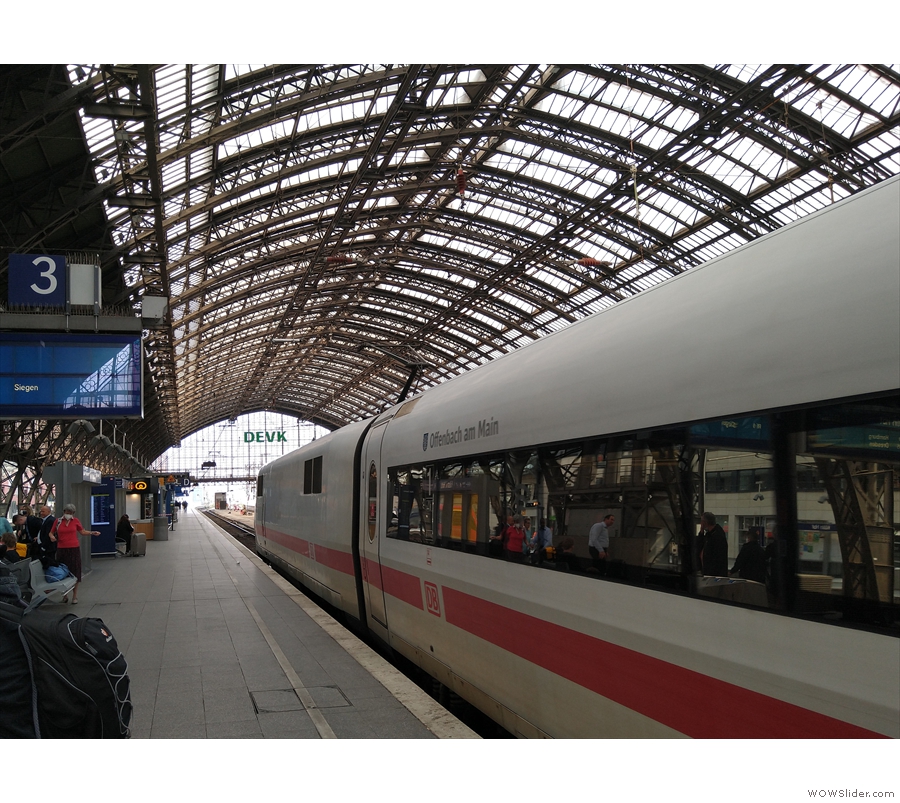
 1
1 2
2 3
3 4
4 5
5 6
6 7
7 8
8 9
9 10
10 11
11 12
12 13
13 14
14 15
15 16
16 17
17 18
18 19
19 20
20 21
21 22
22 23
23 24
24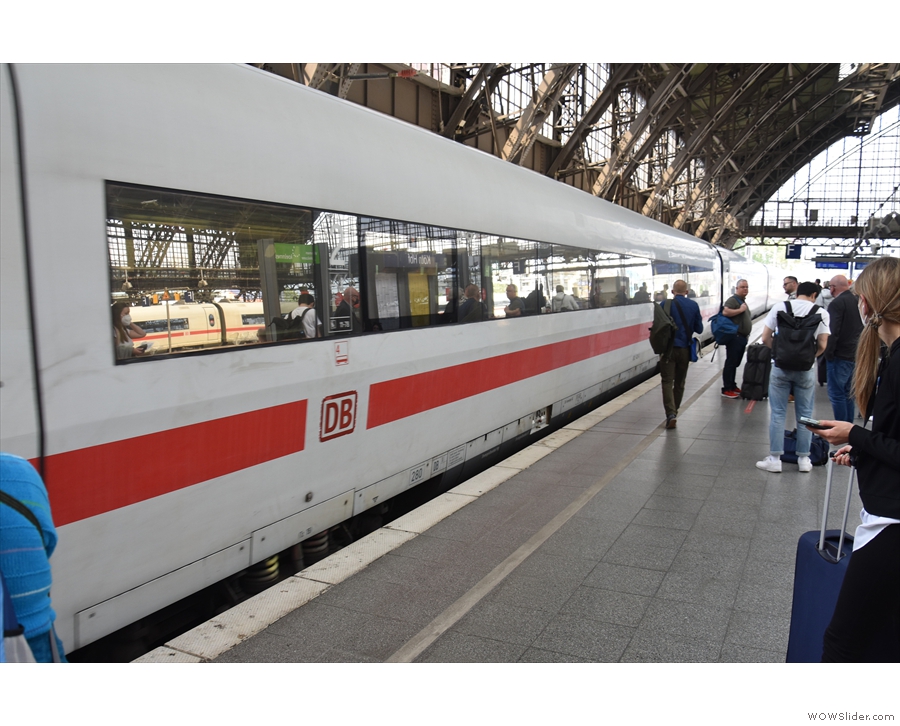
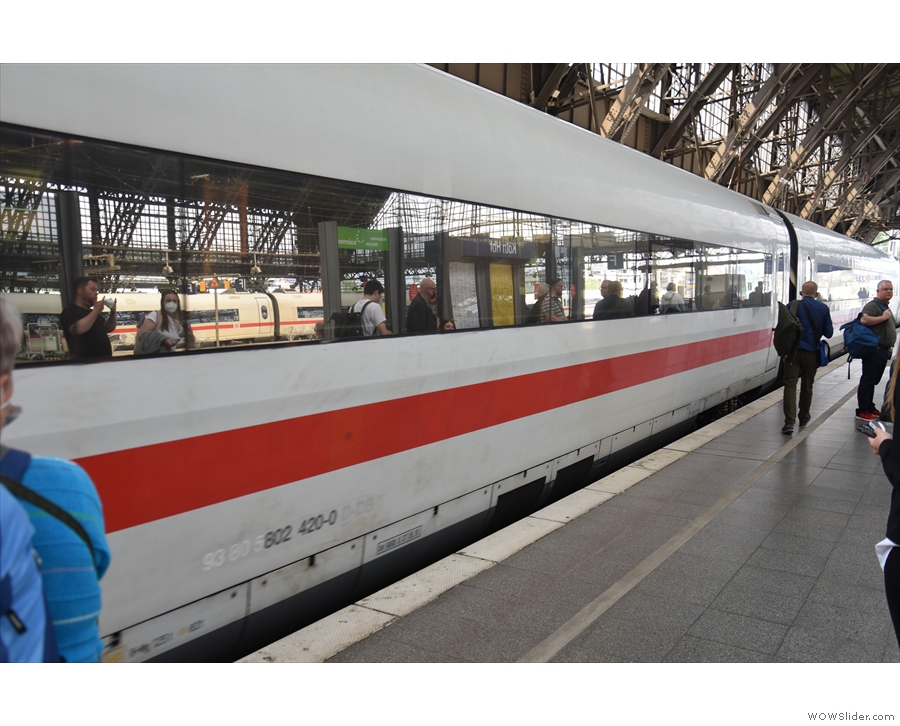
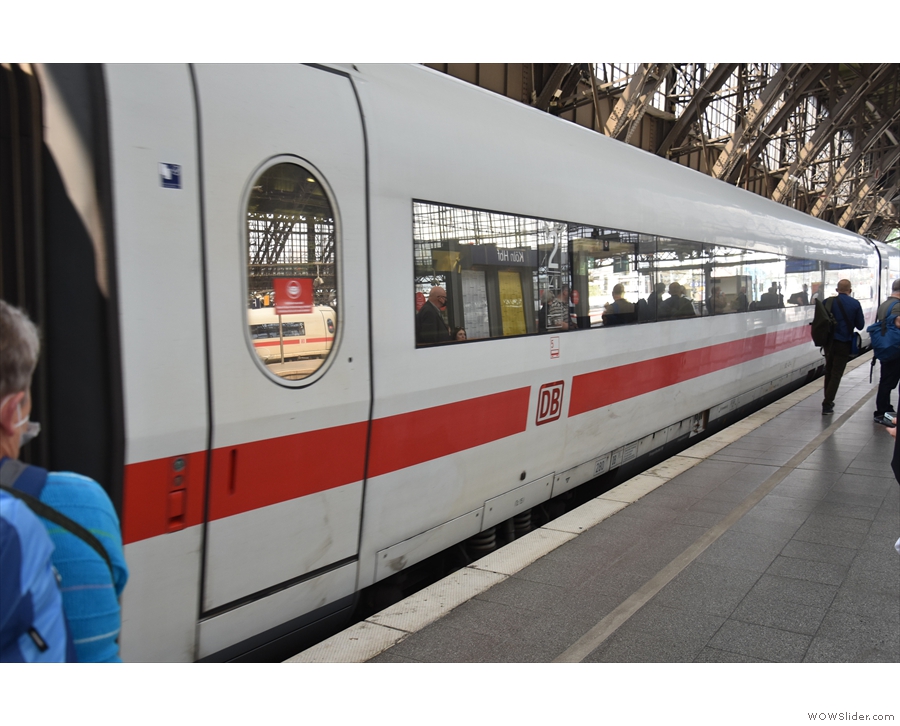
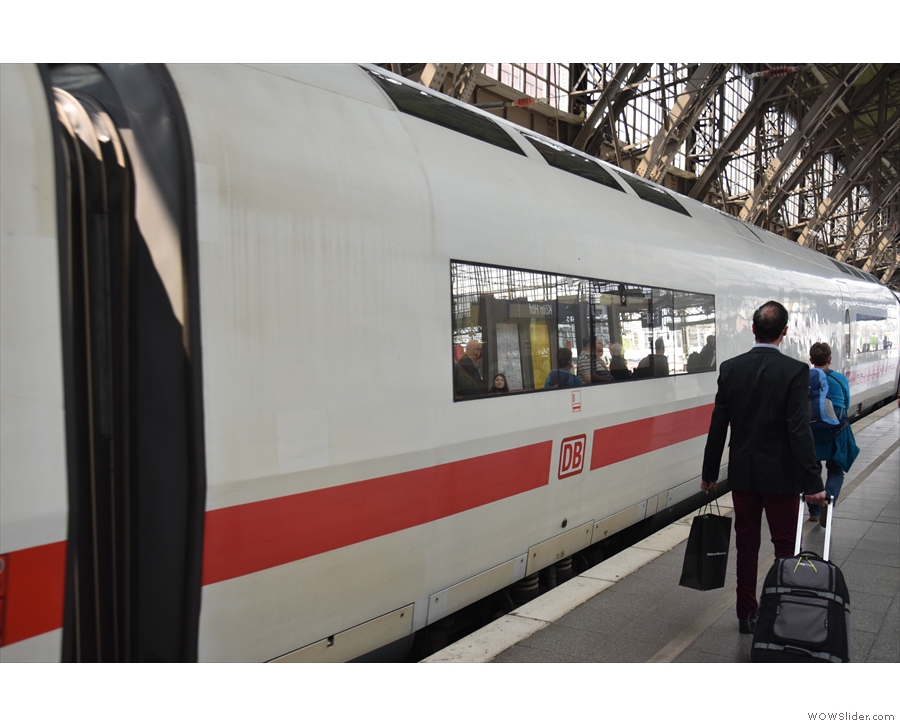
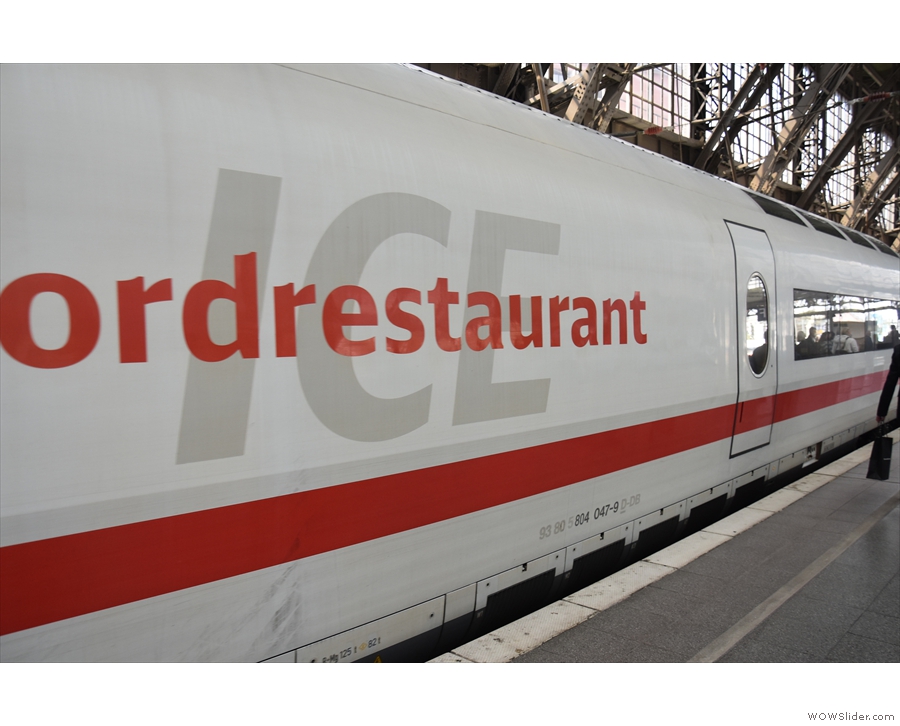
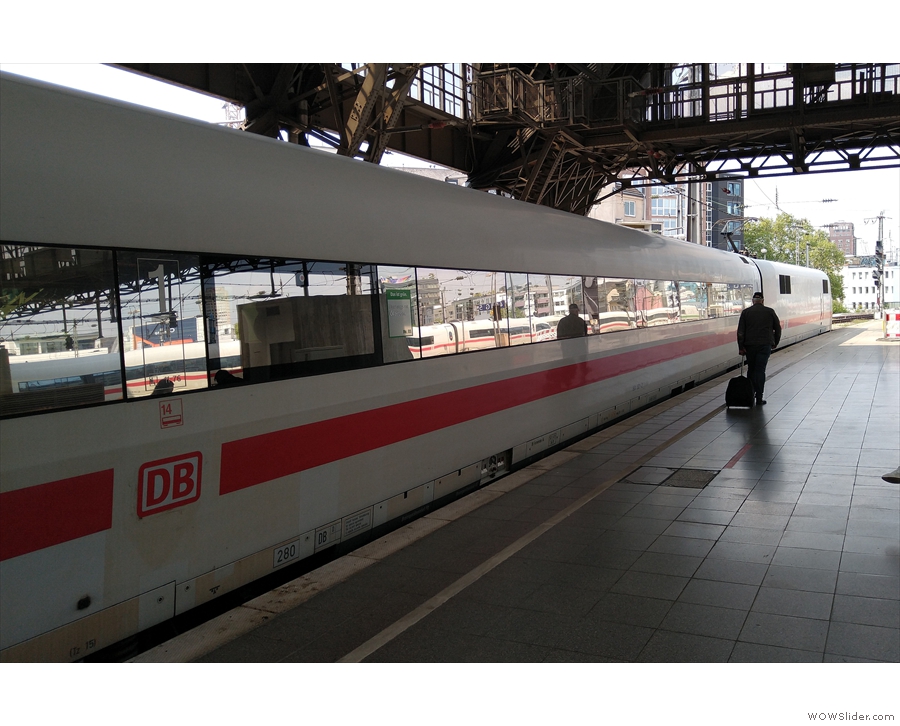
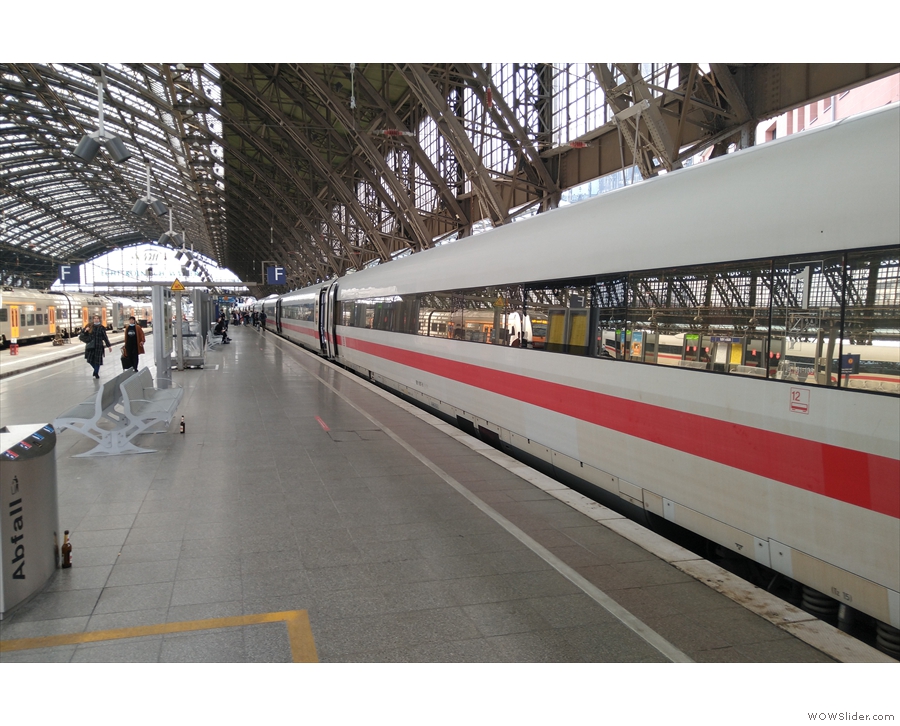
 1
1 2
2 3
3 4
4 5
5 6
6 7
7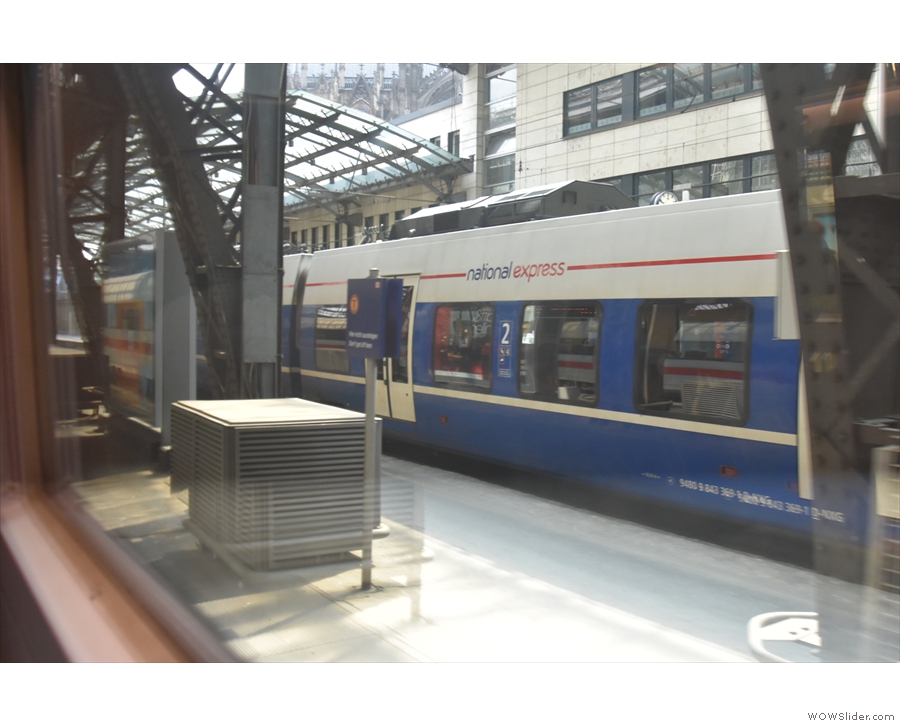
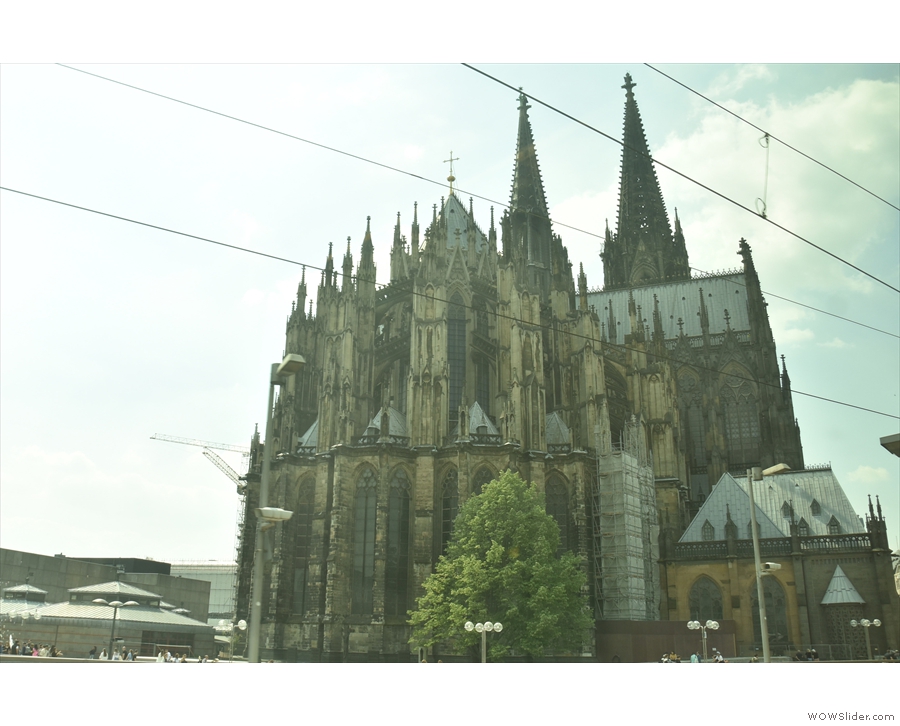
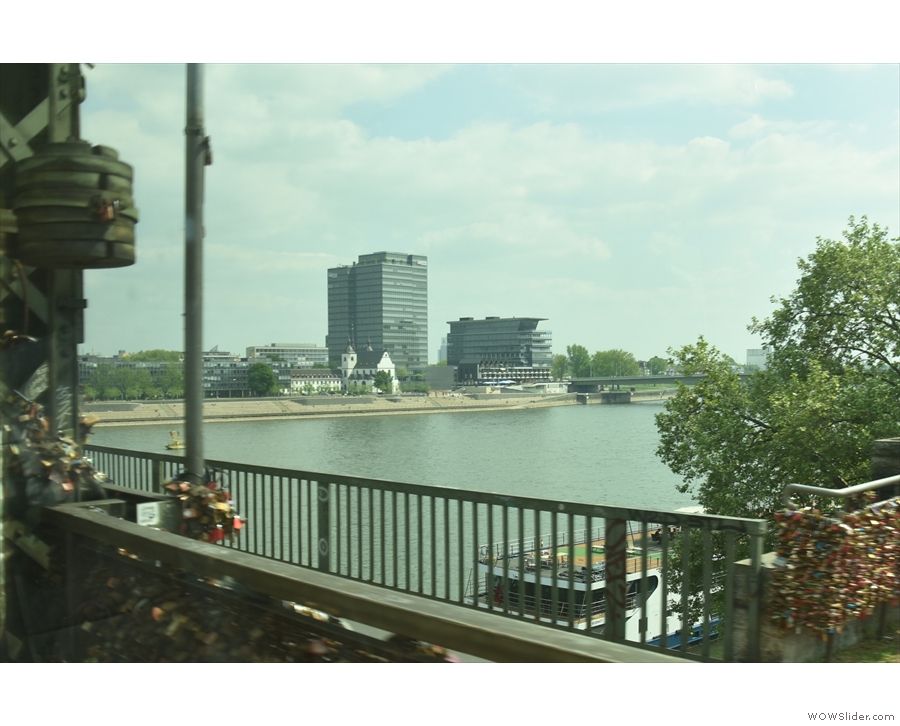
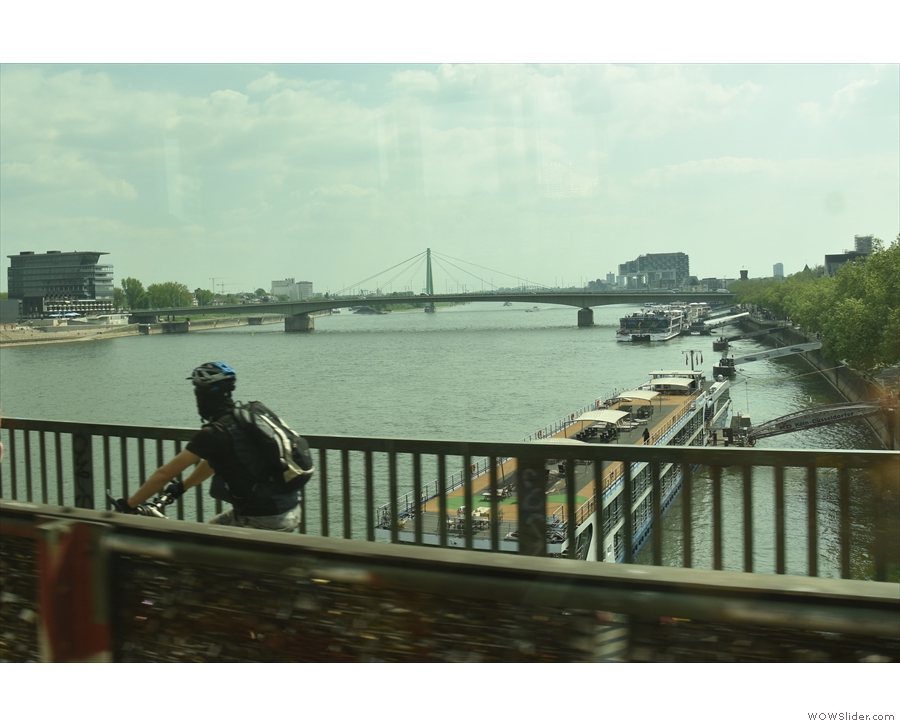
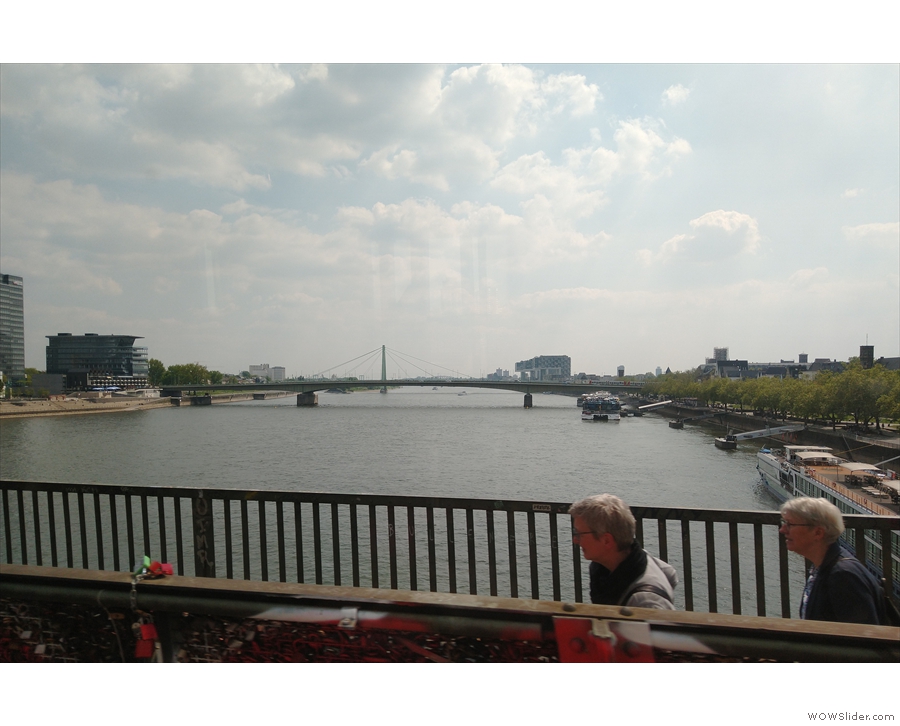
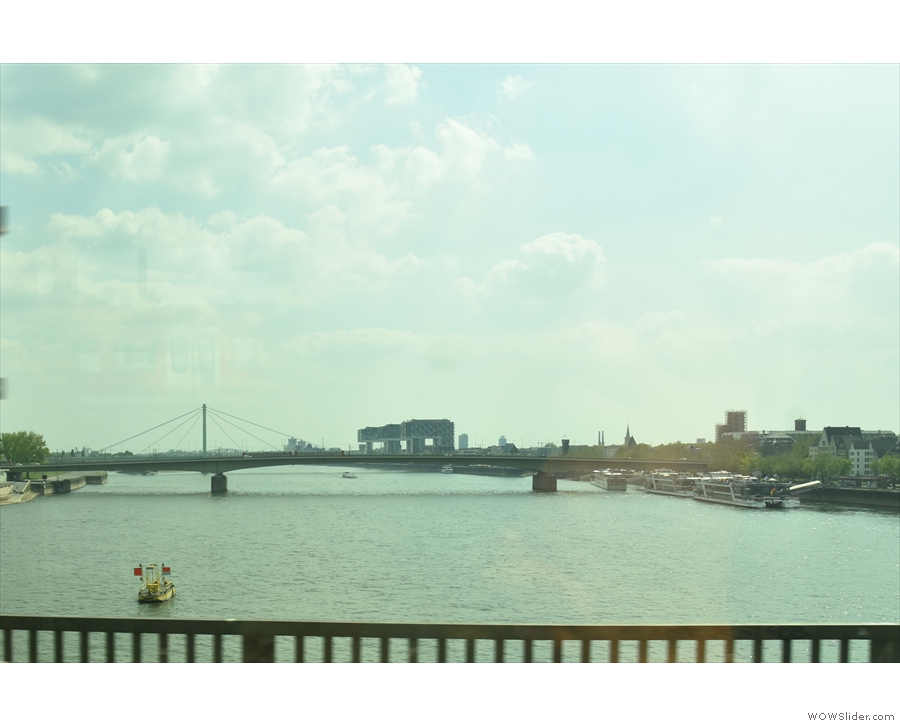
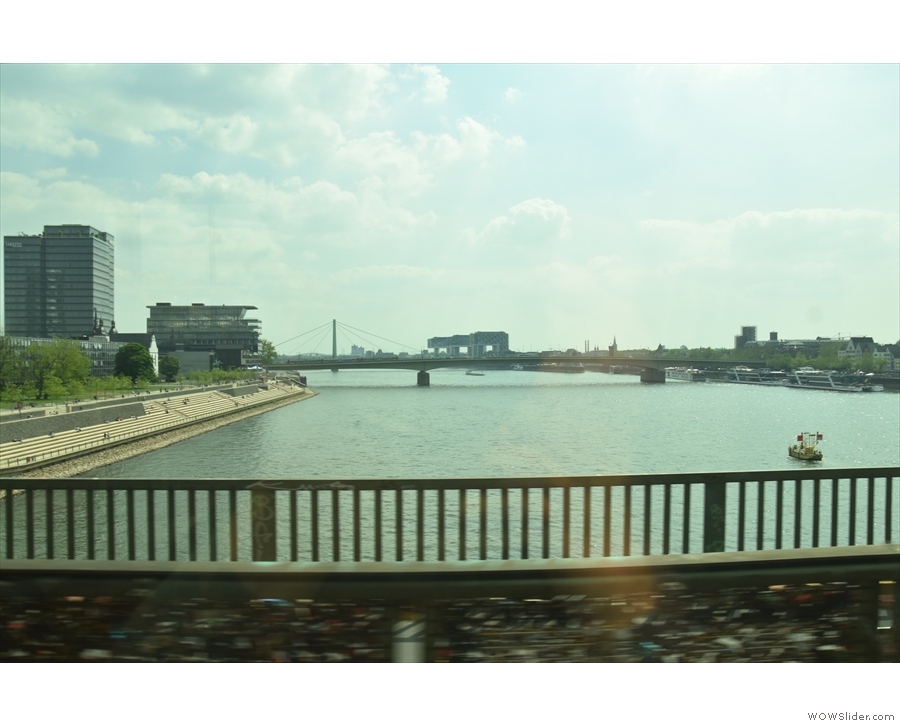
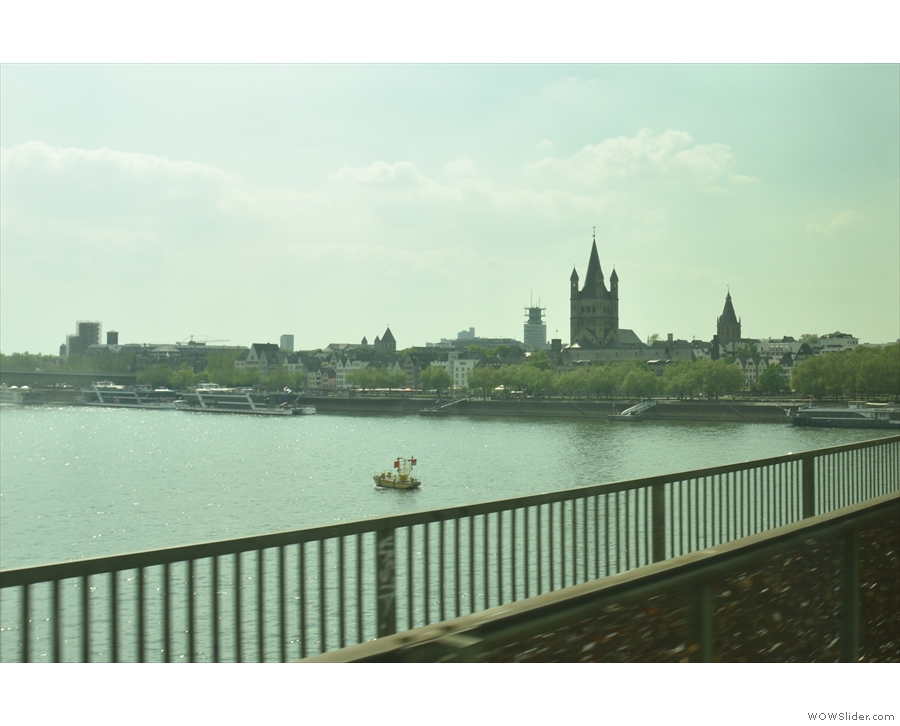
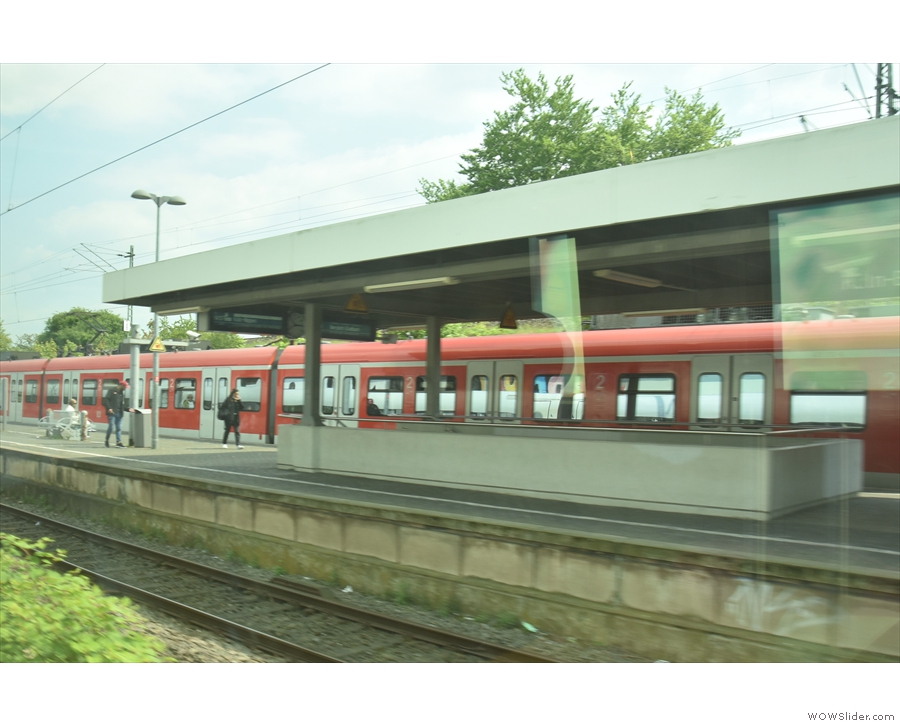
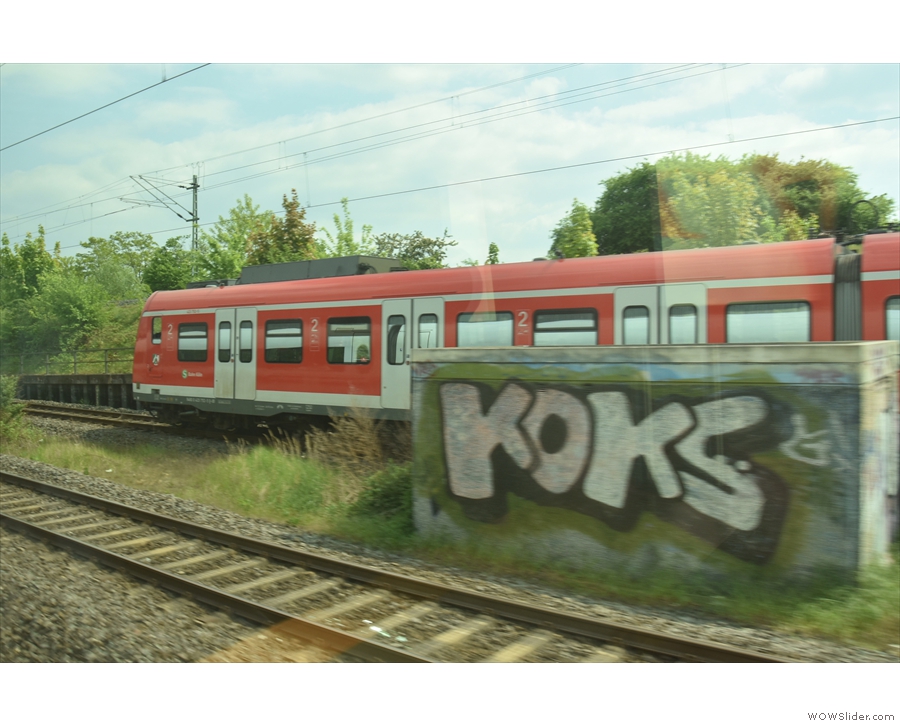
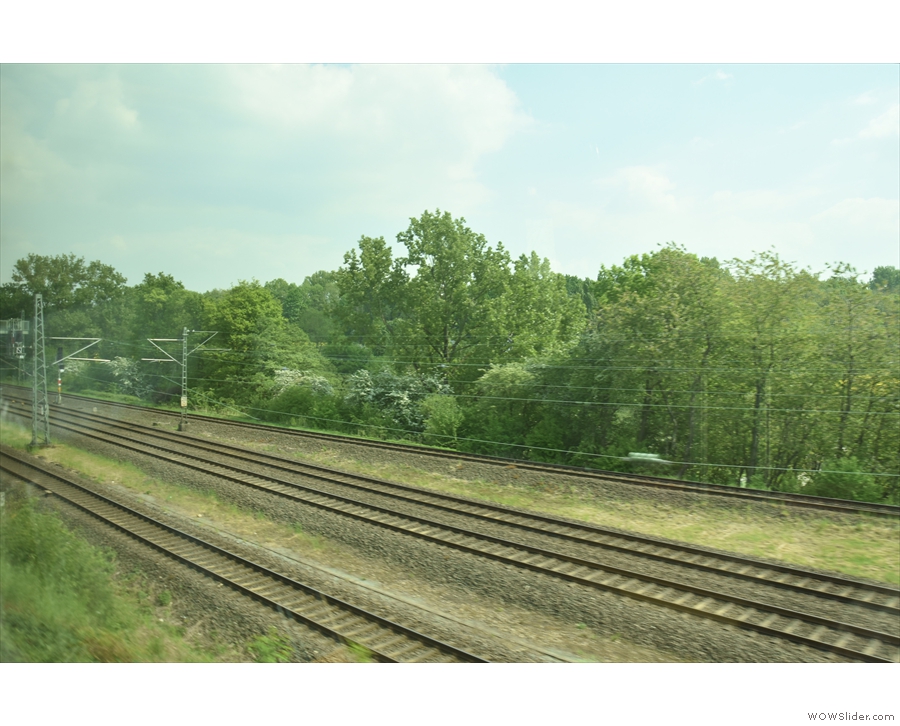
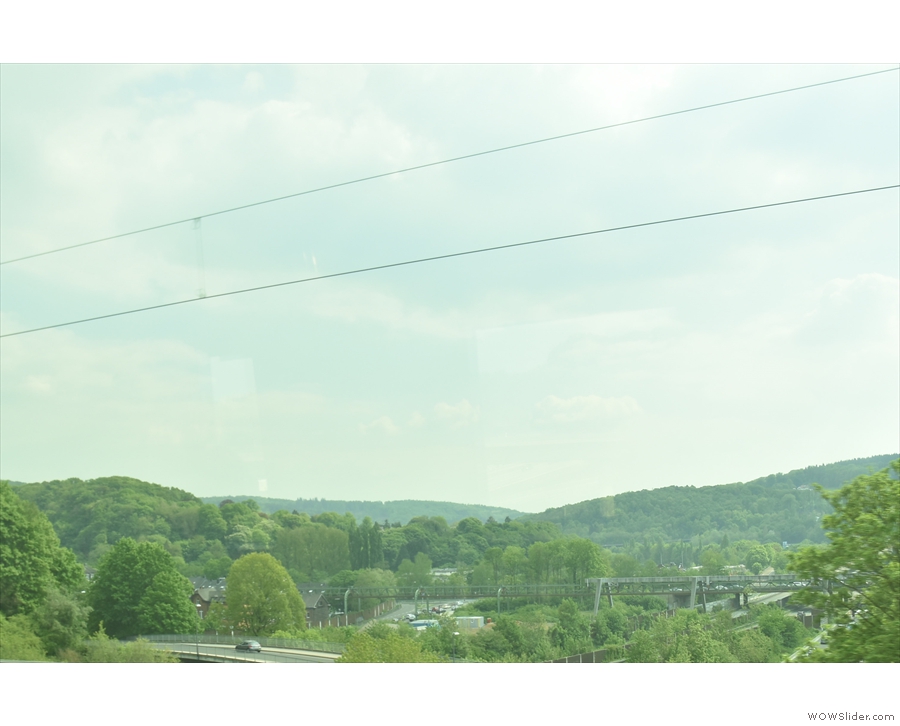
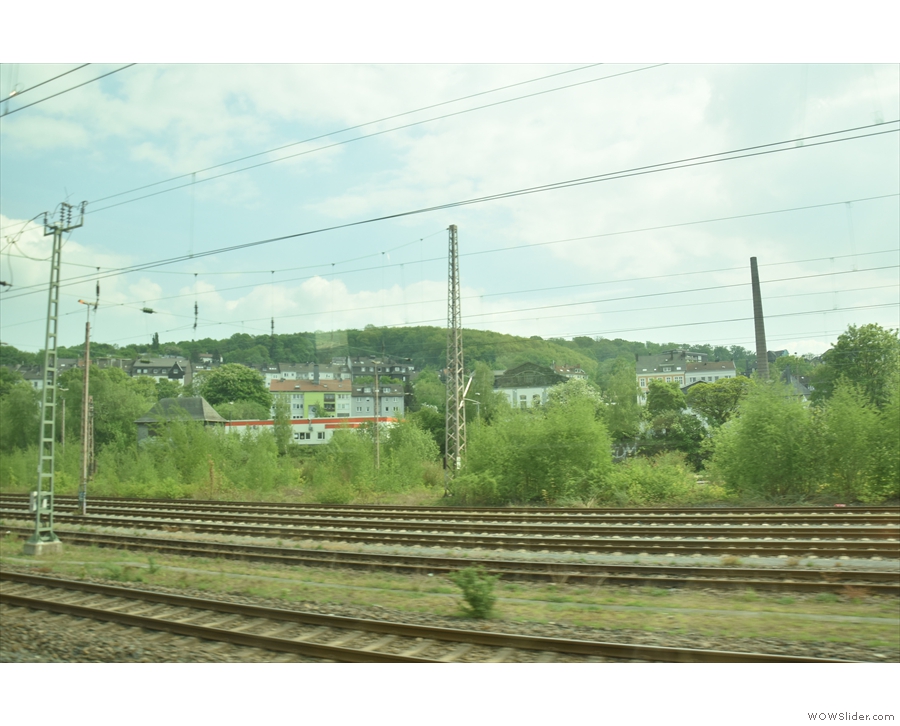
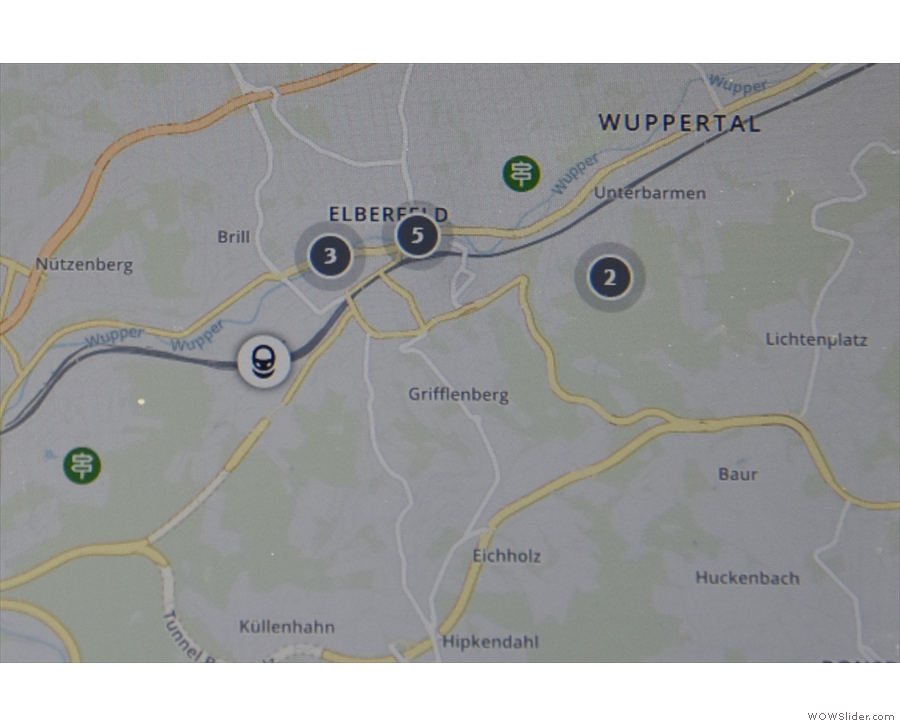
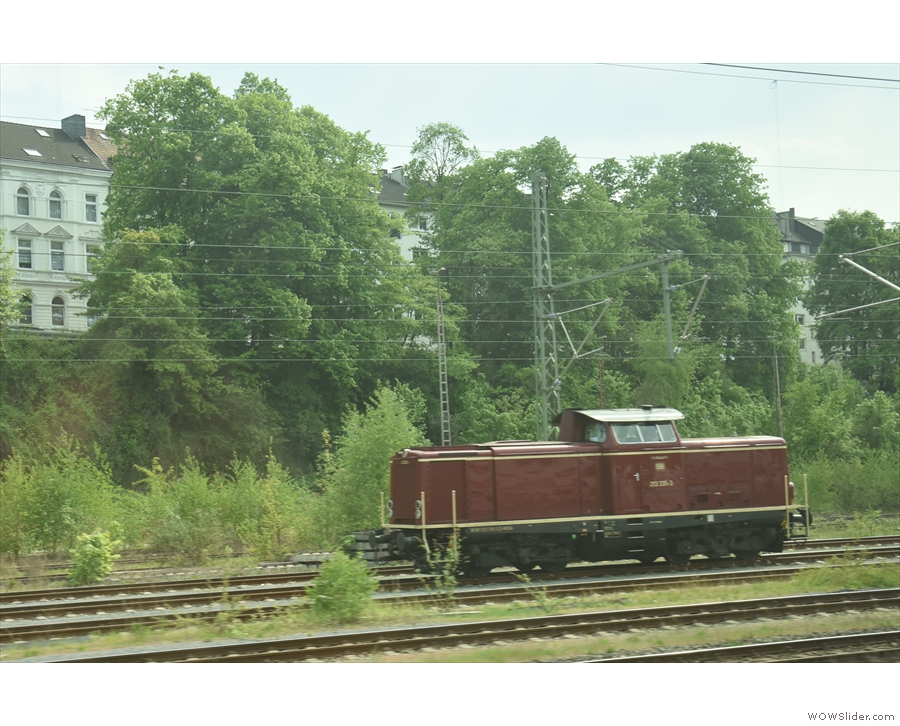
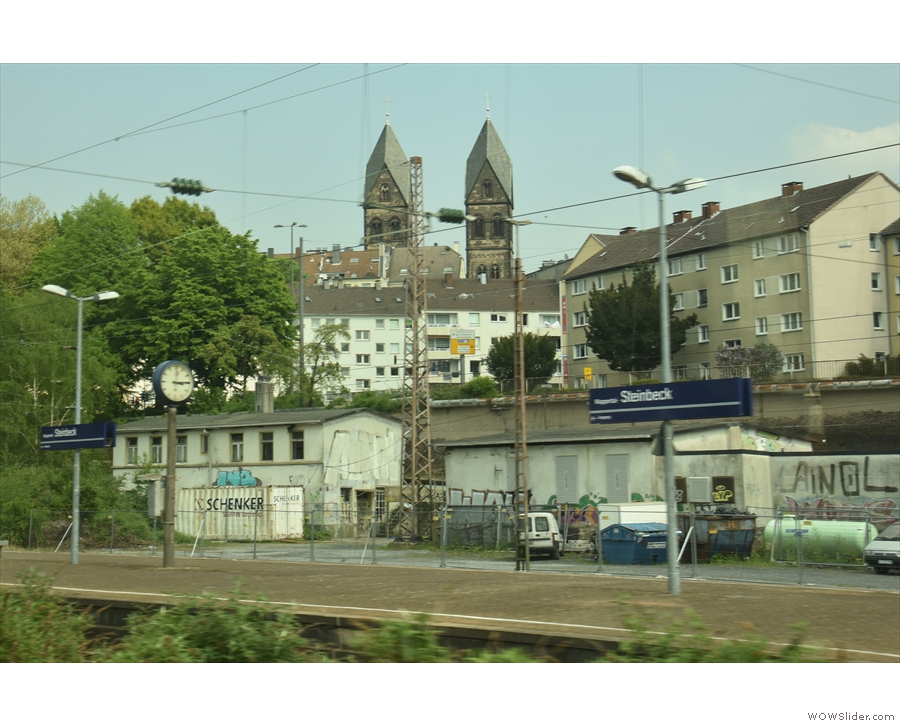
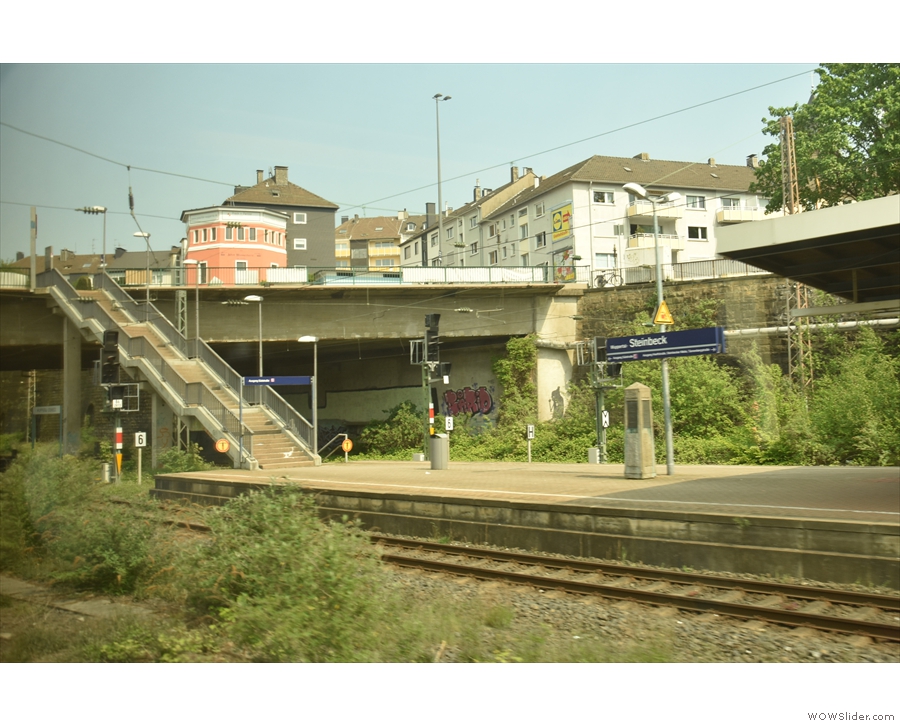
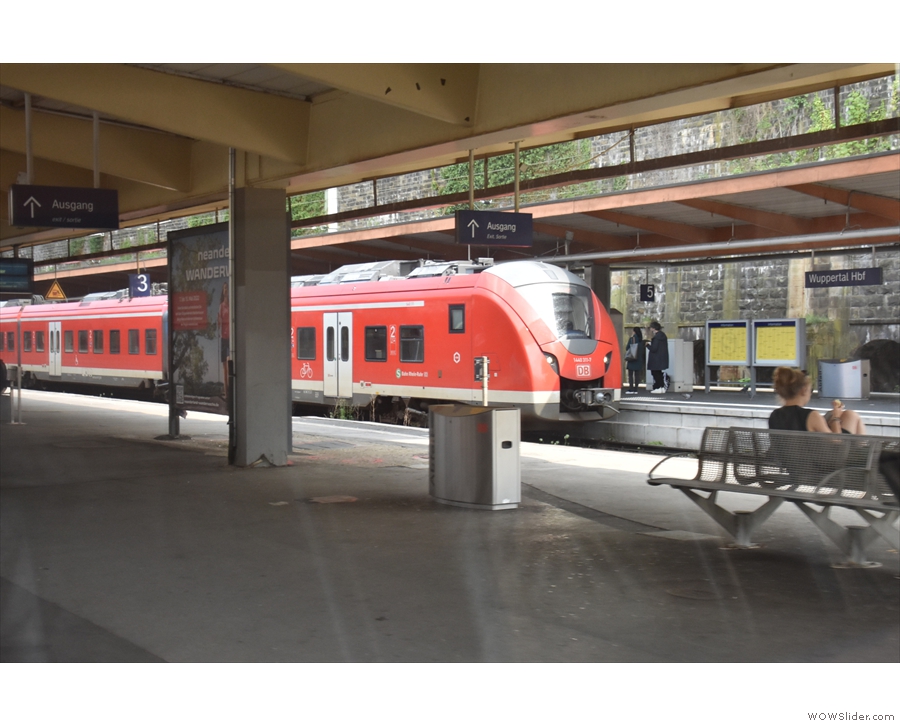
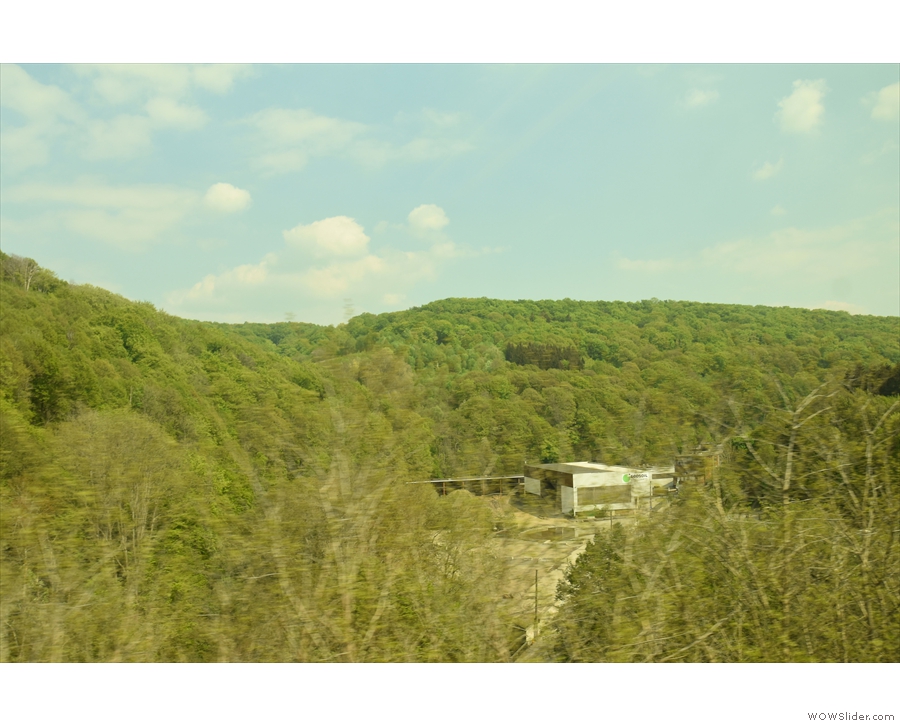
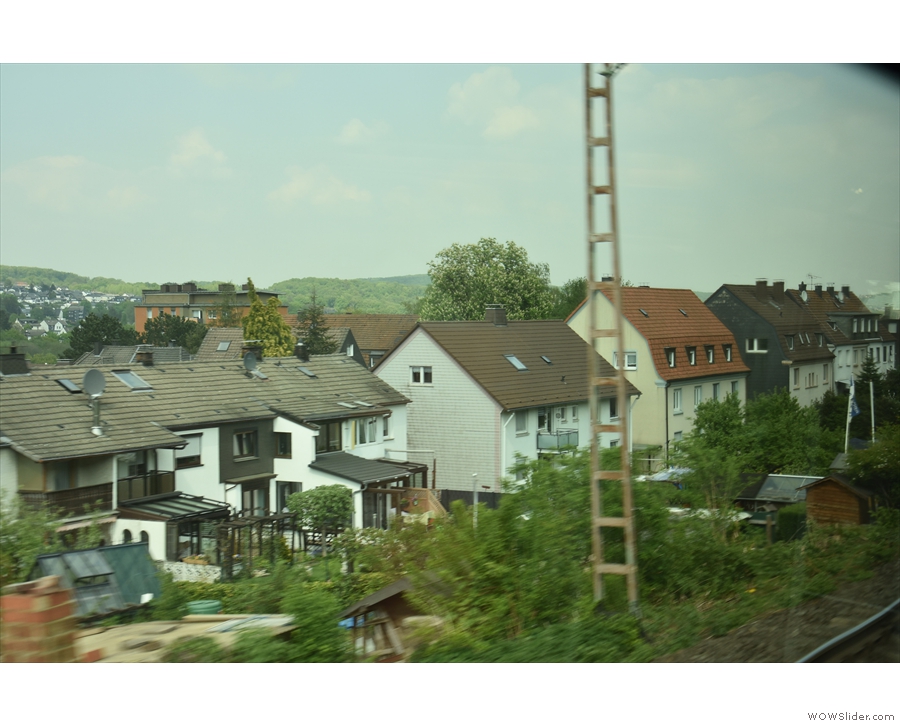
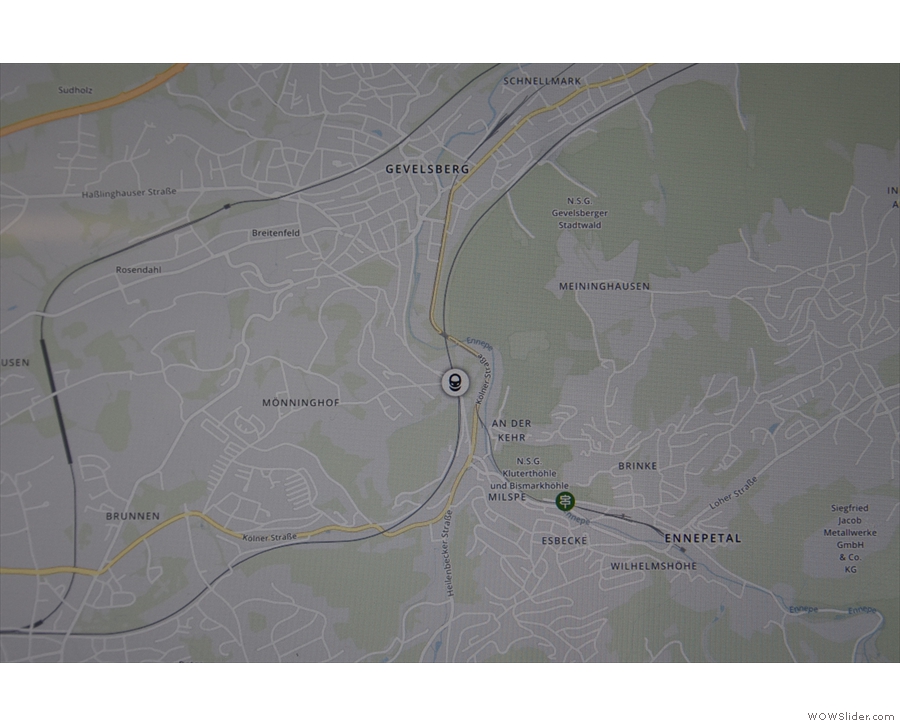
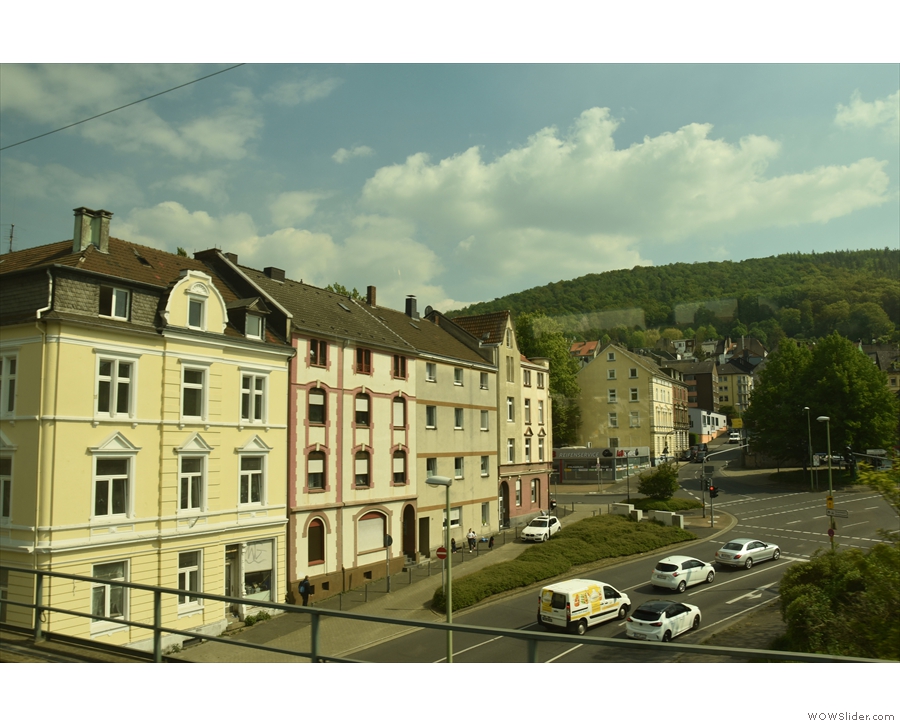
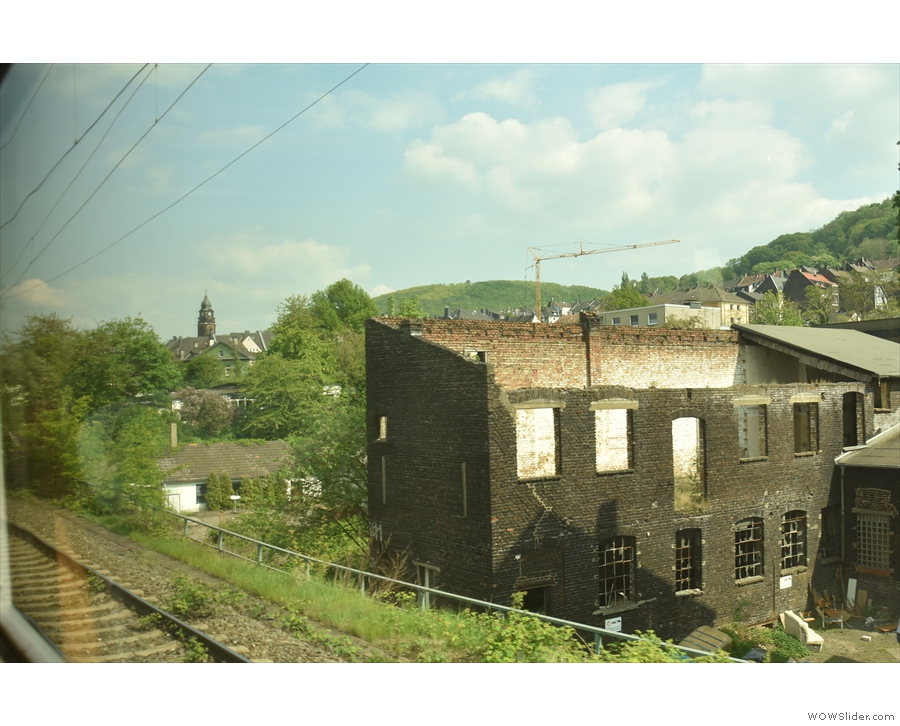
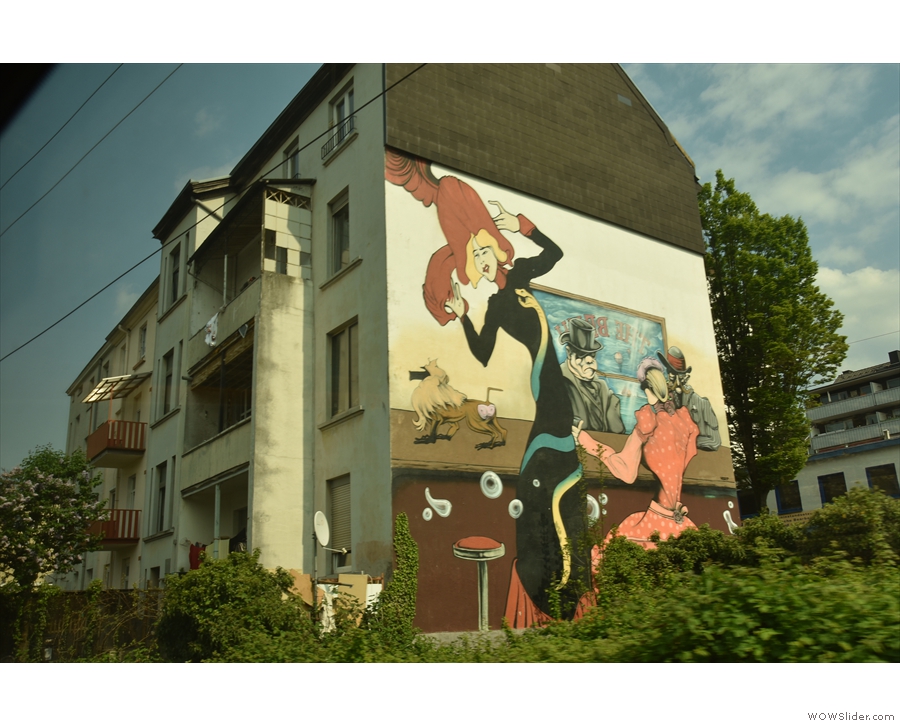
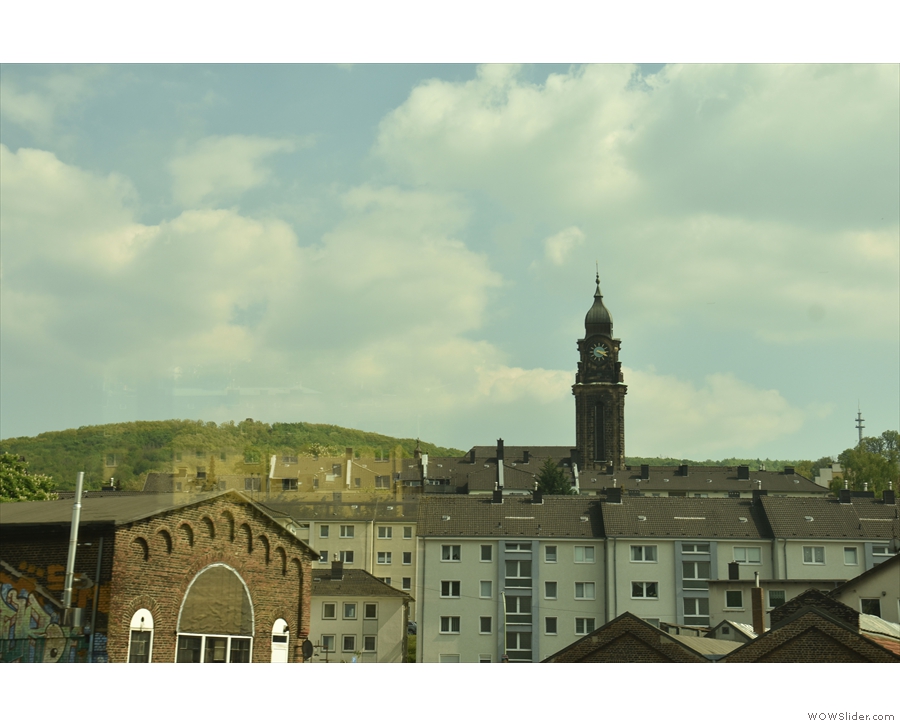
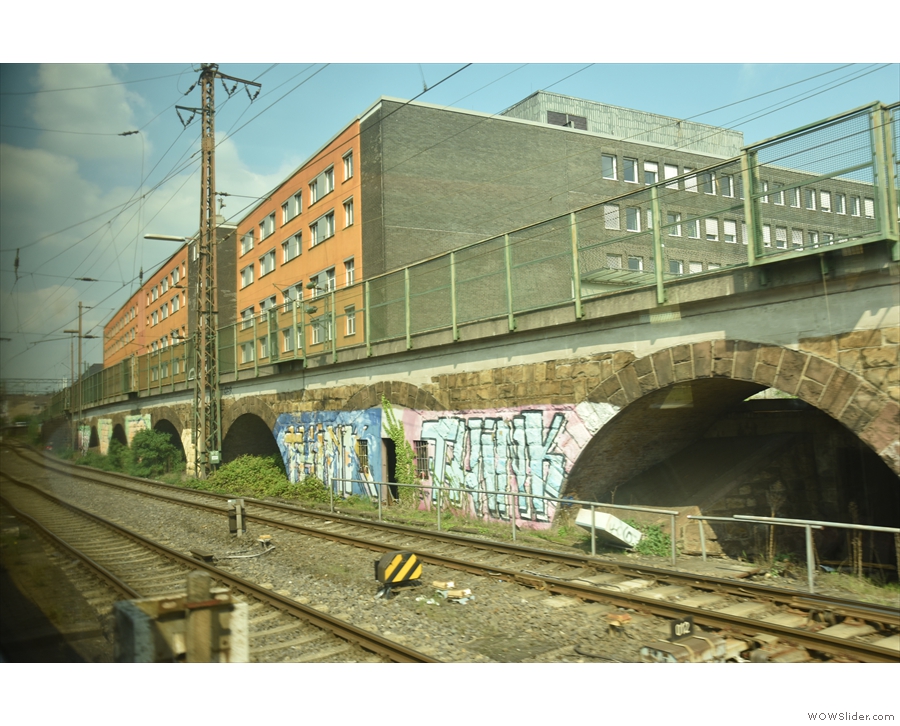
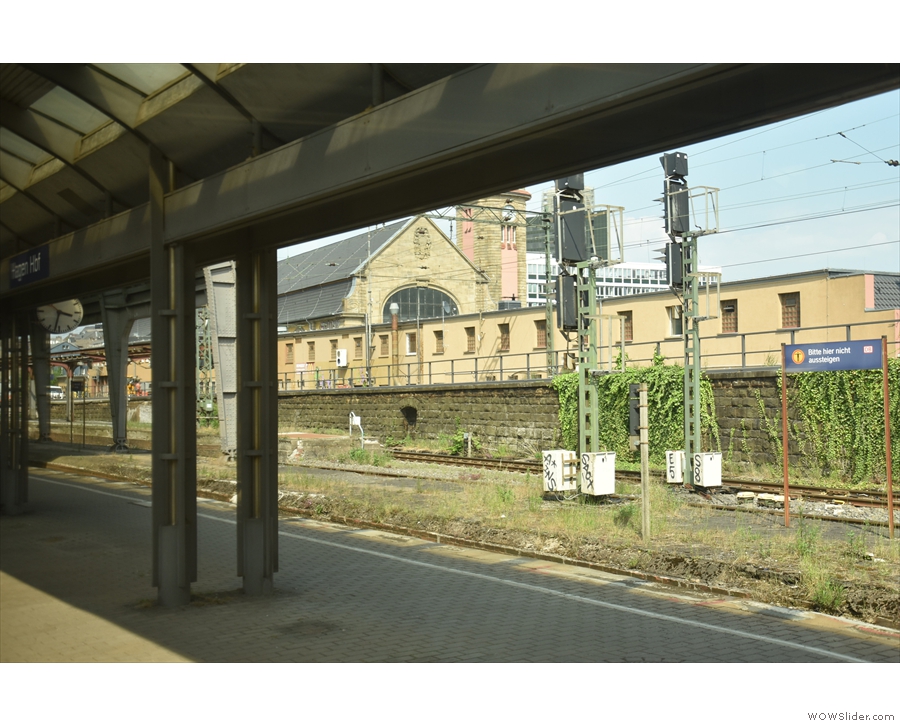
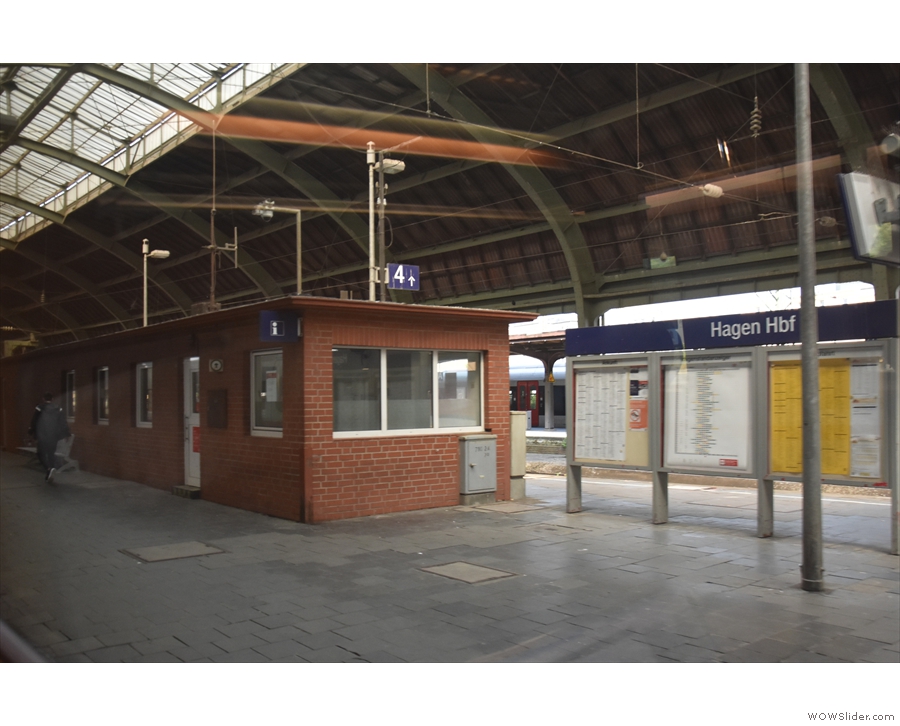
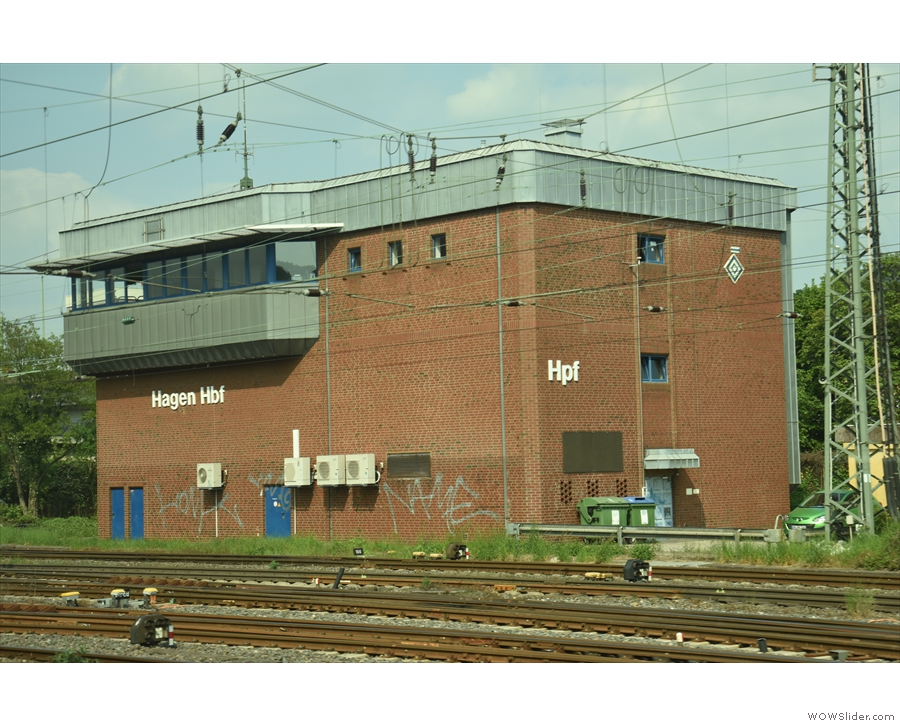
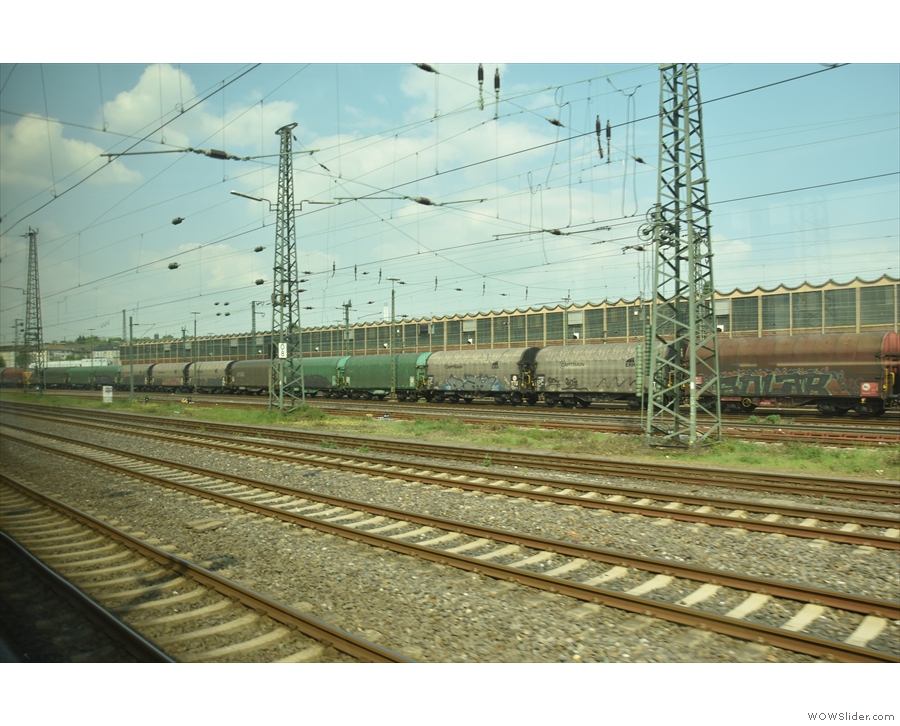
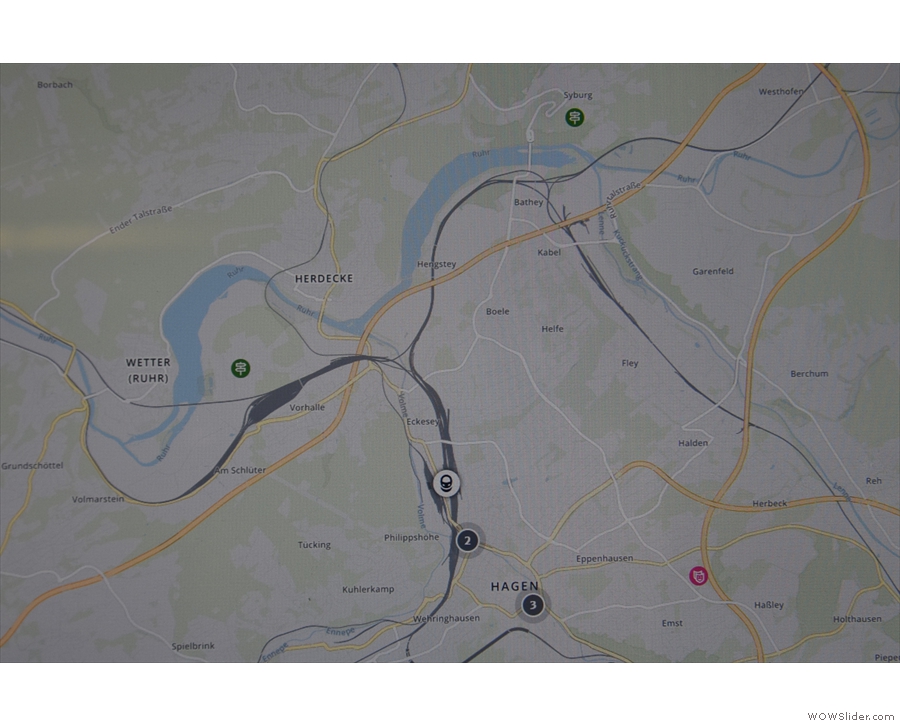
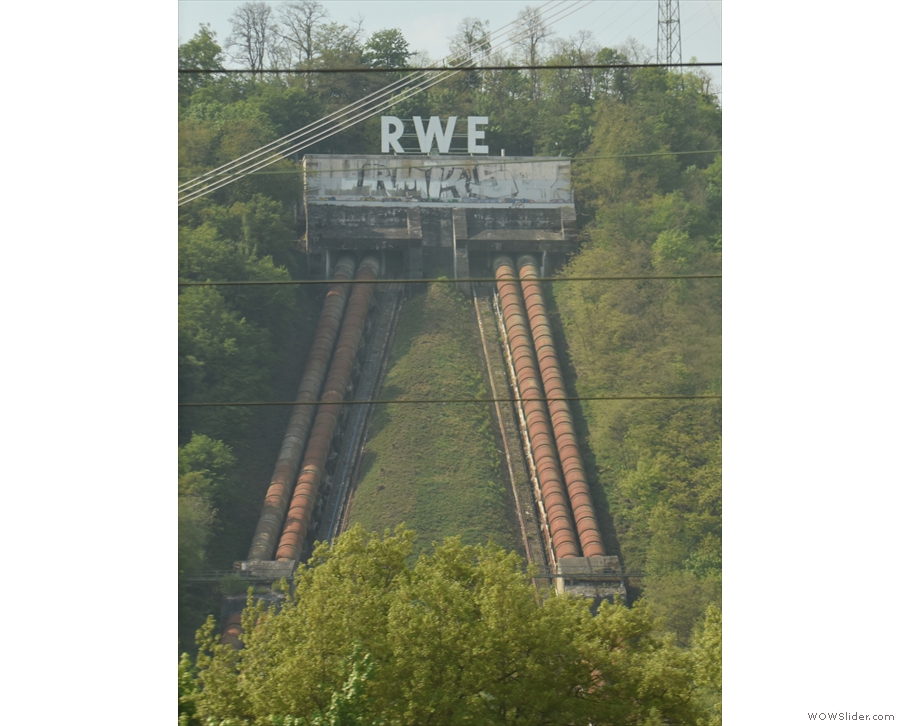
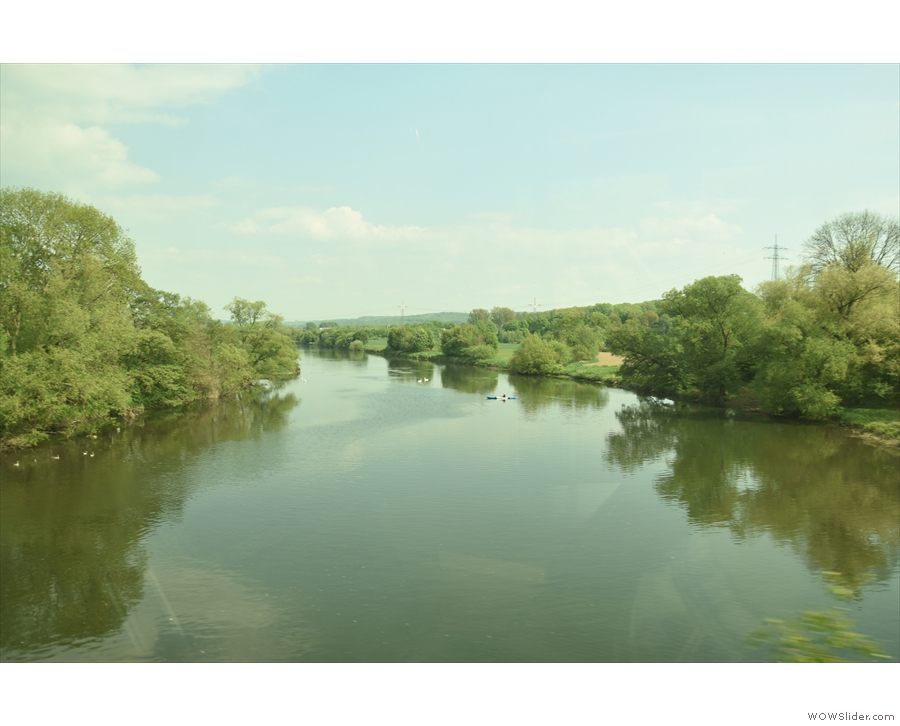
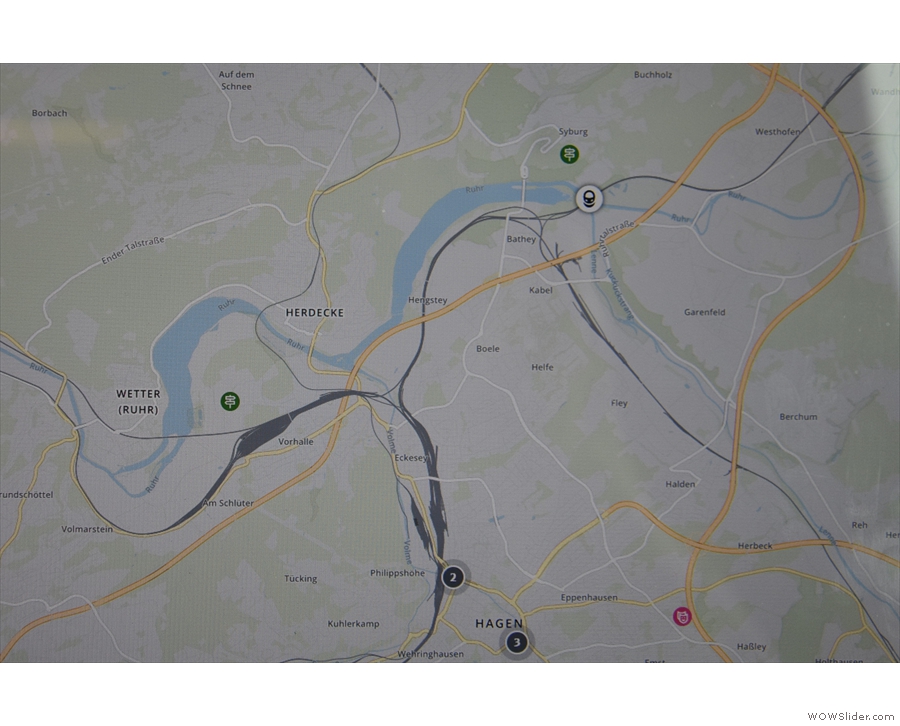
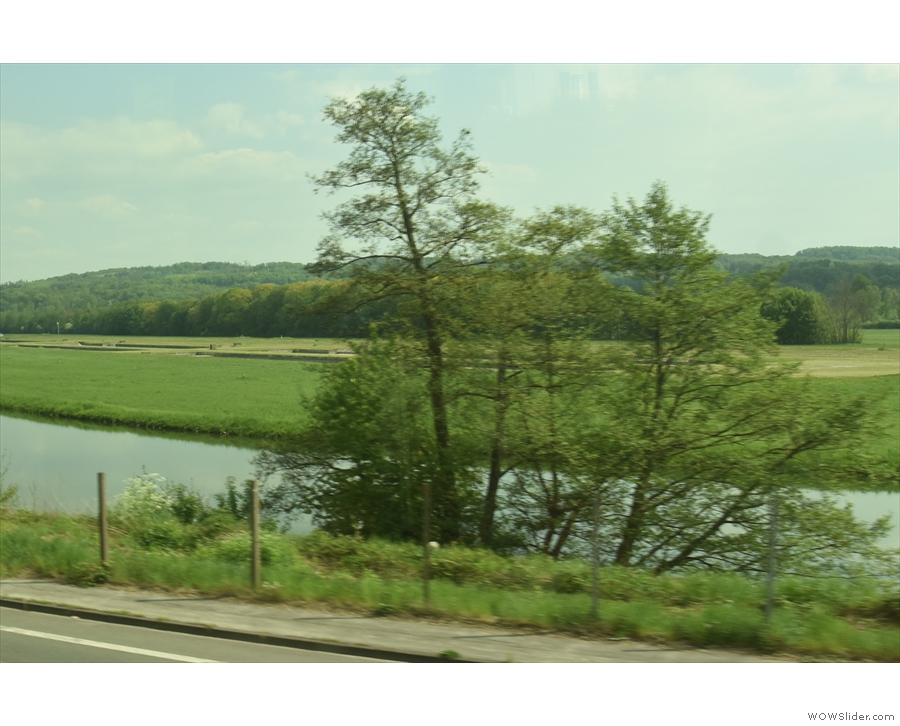
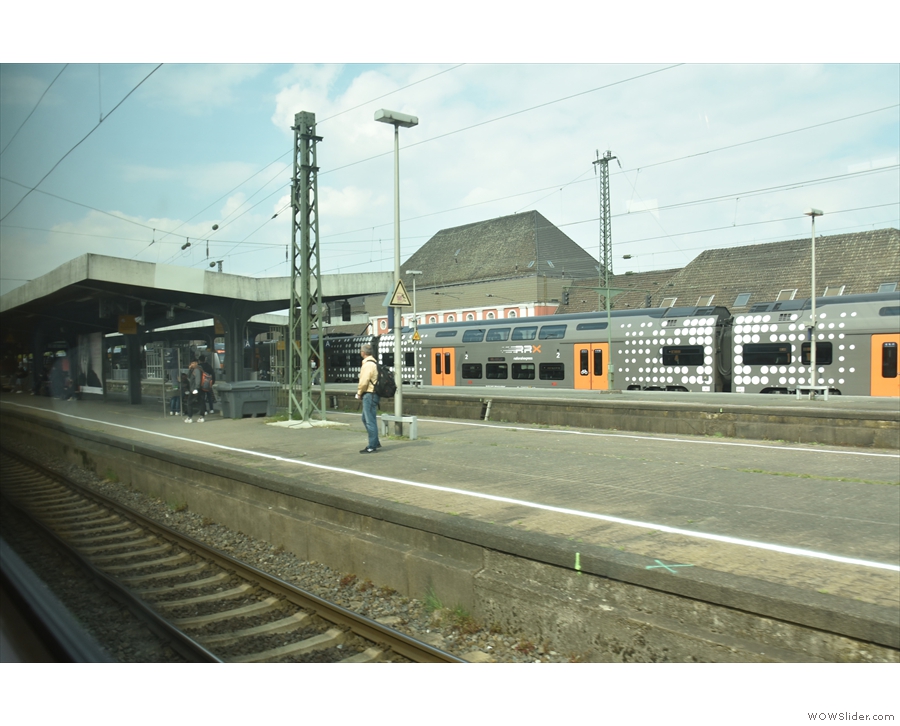
 1
1 2
2 3
3 4
4 5
5 6
6 7
7 8
8 9
9 10
10 11
11 12
12 13
13 14
14 15
15 16
16 17
17 18
18 19
19 20
20 21
21 22
22 23
23 24
24 25
25 26
26 27
27 28
28 29
29 30
30 31
31 32
32 33
33 34
34 35
35 36
36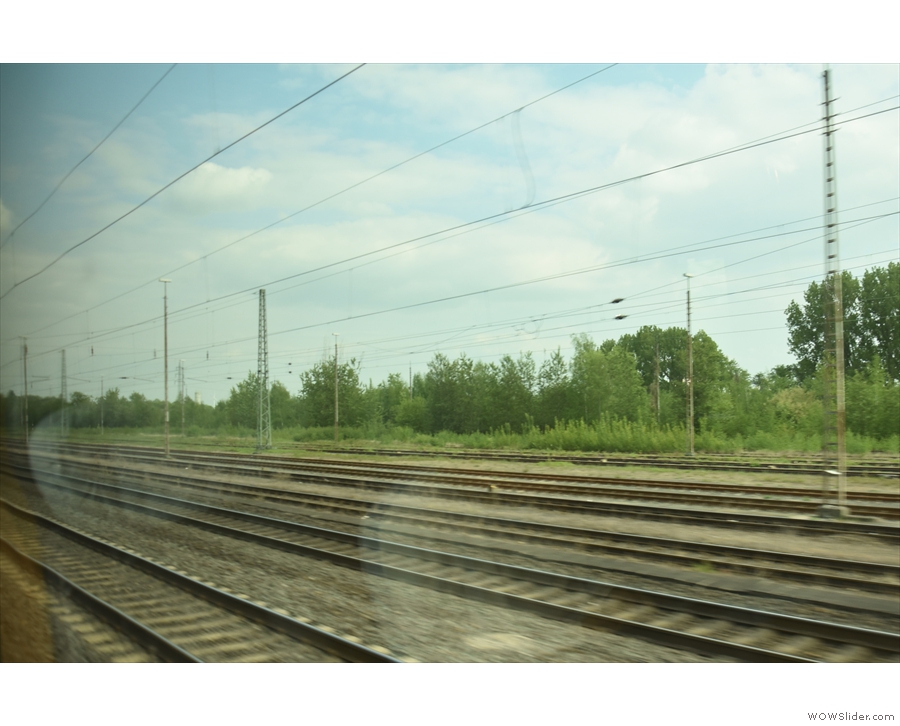
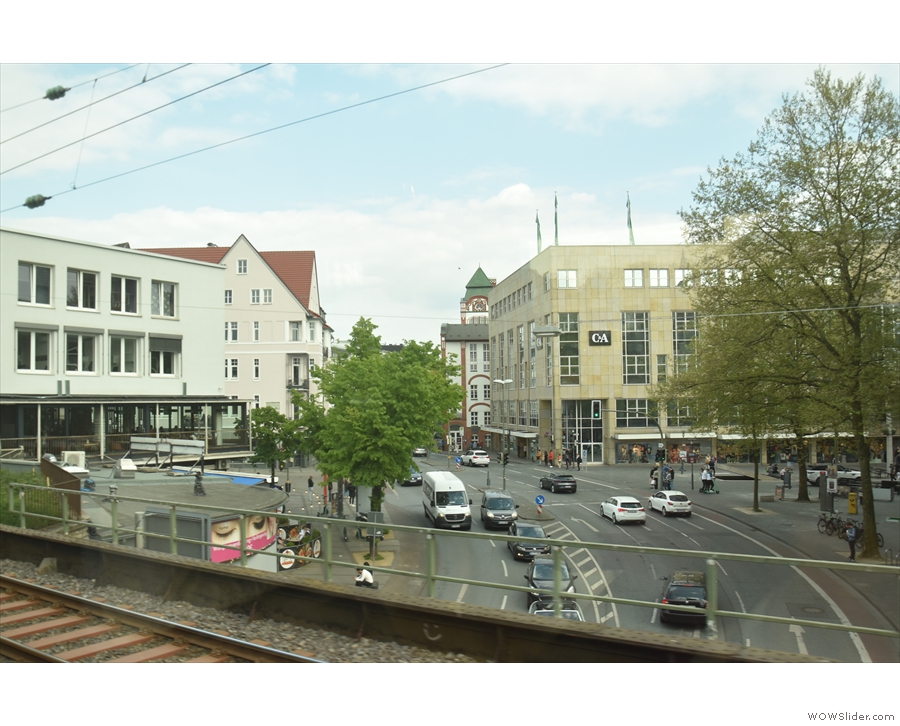
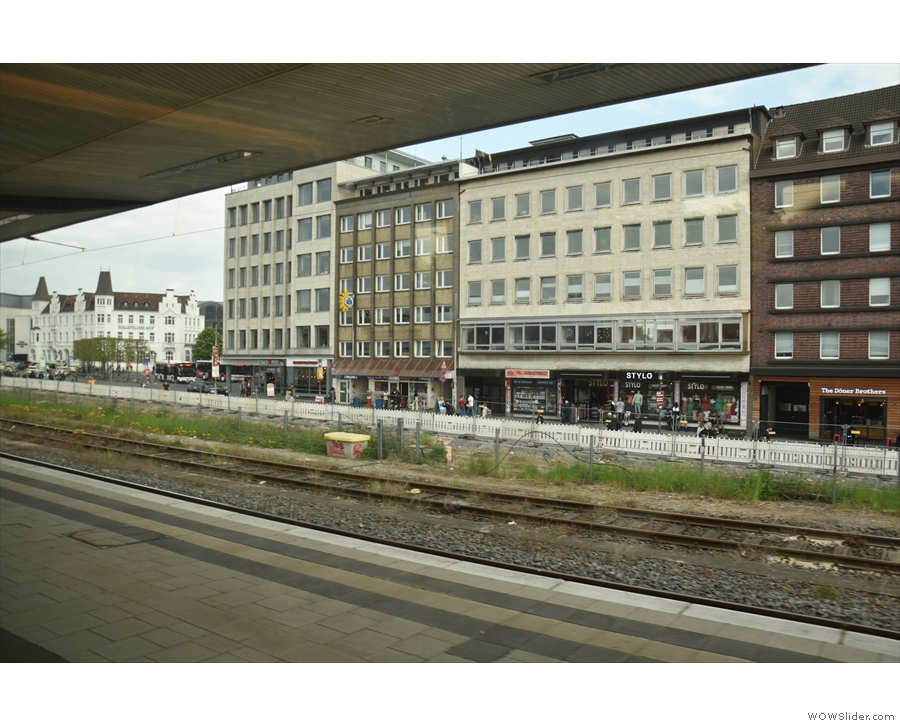
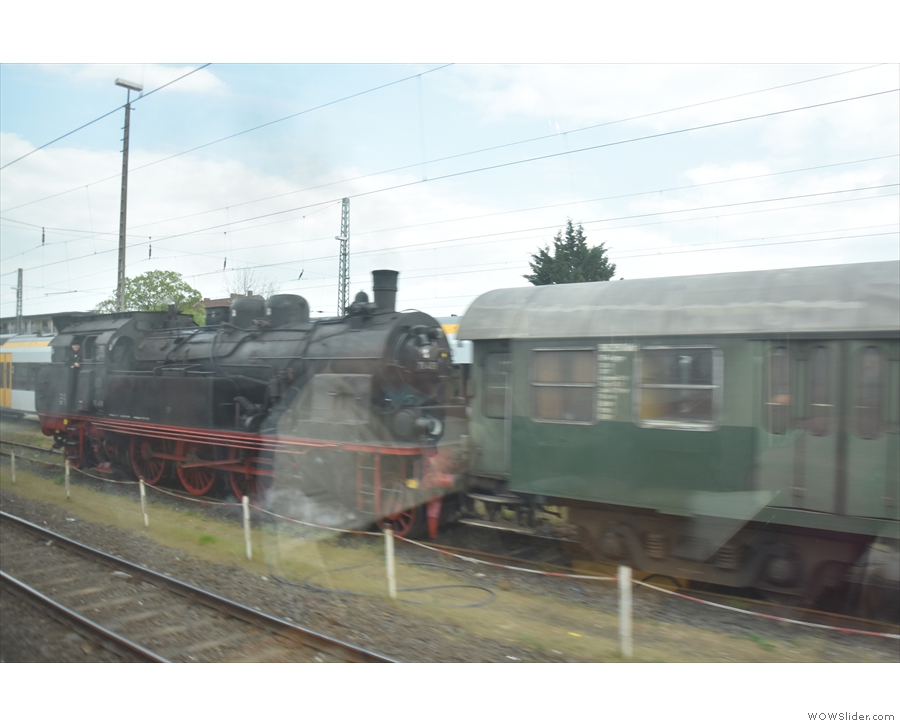
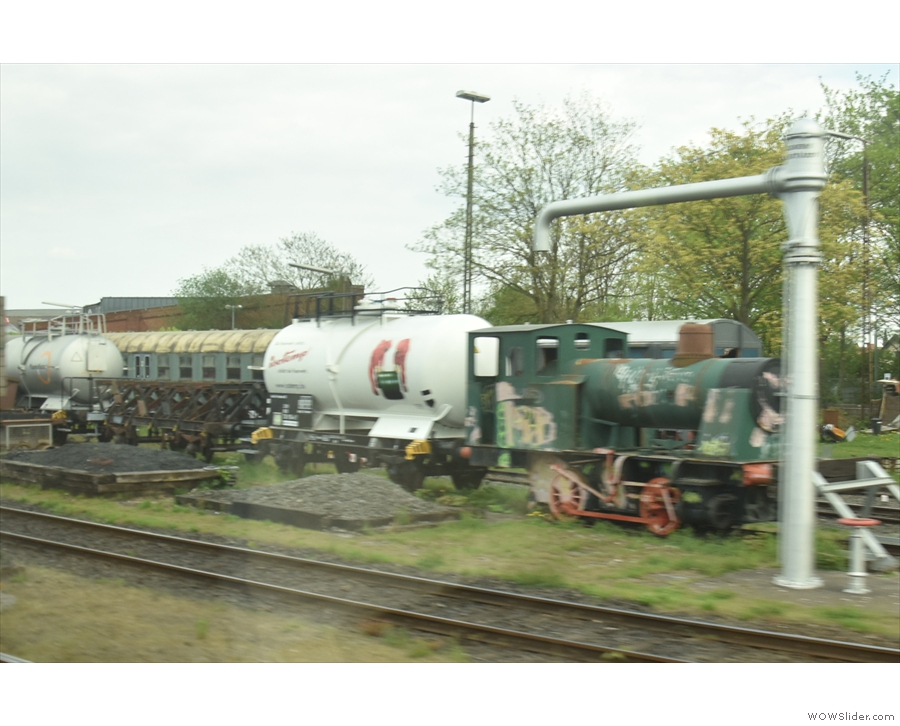
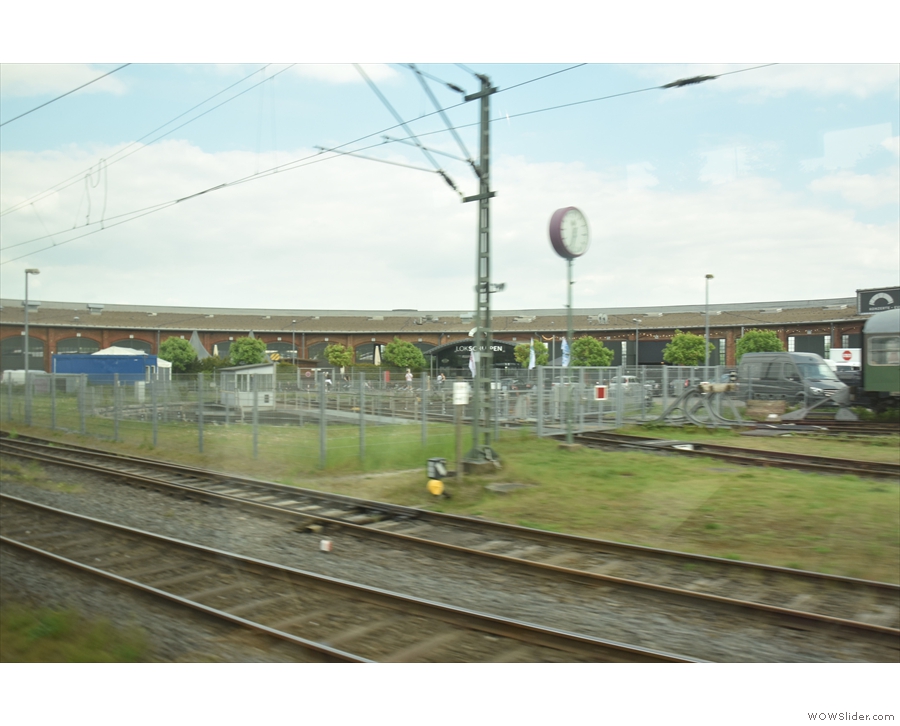
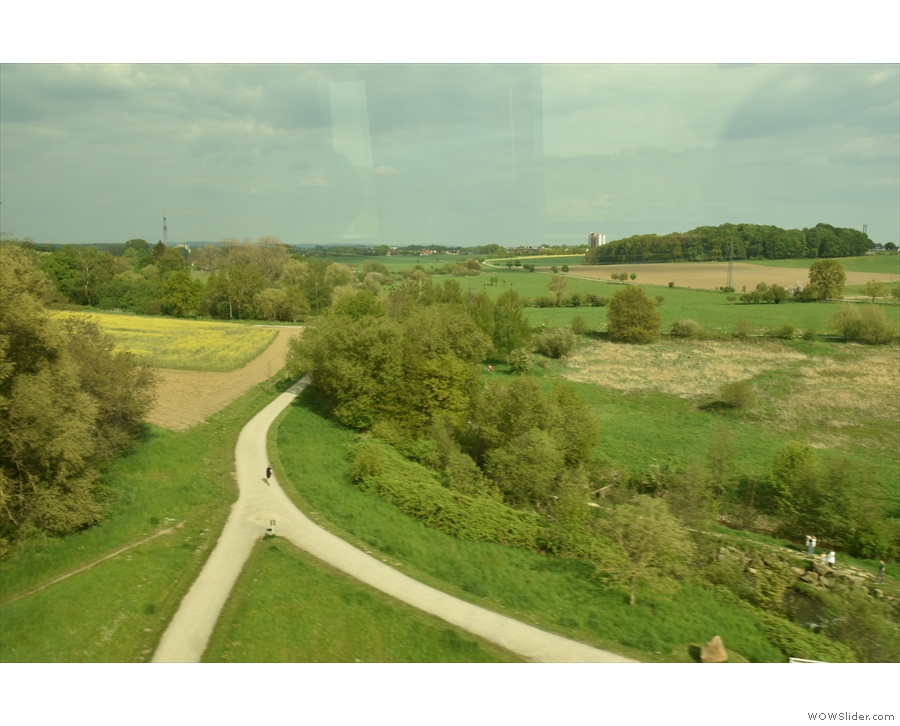
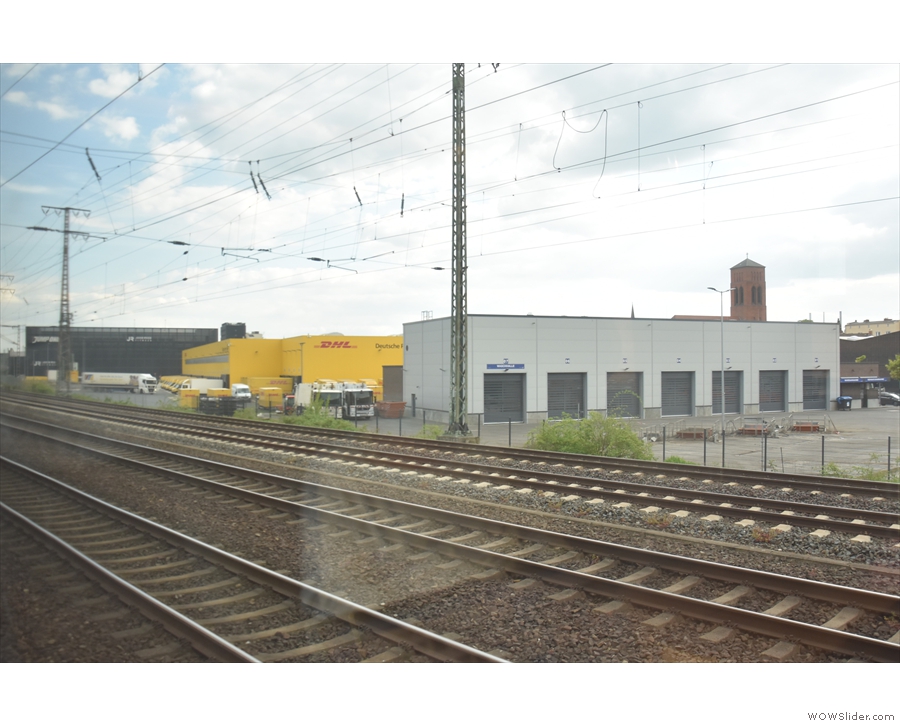
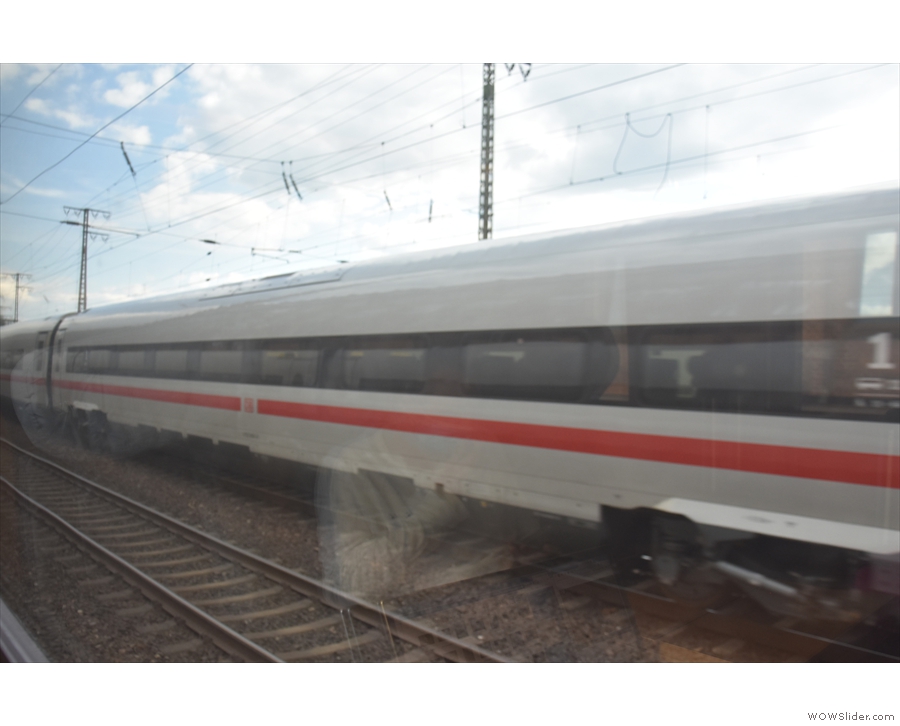
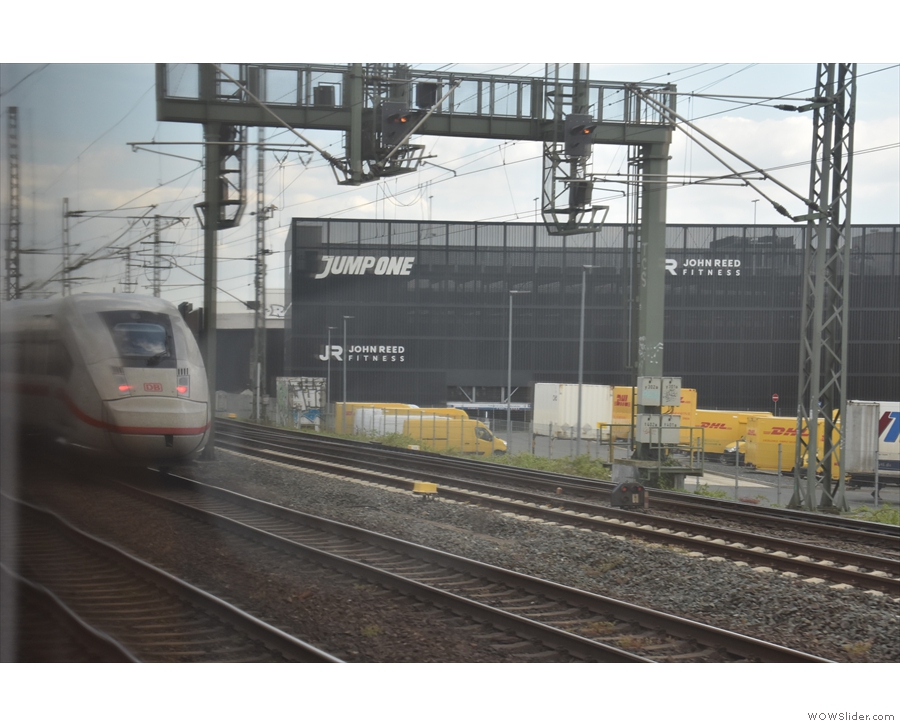
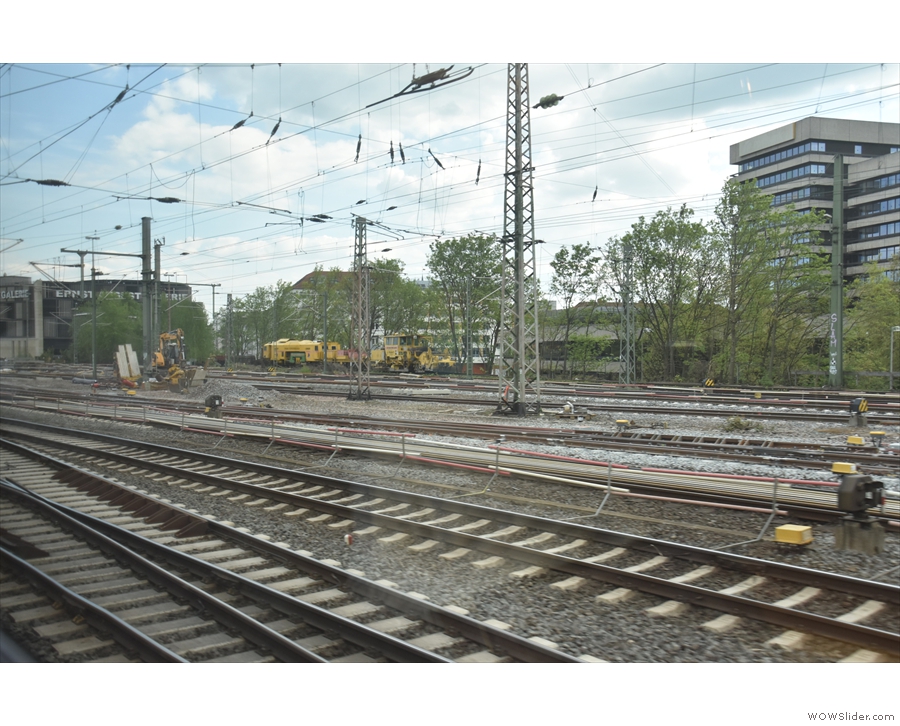
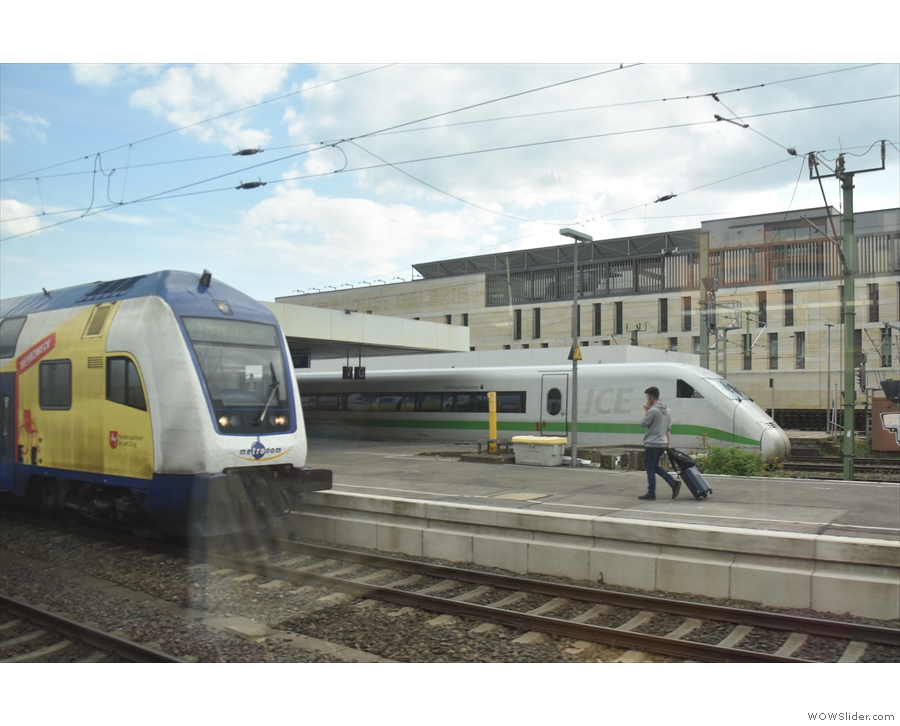
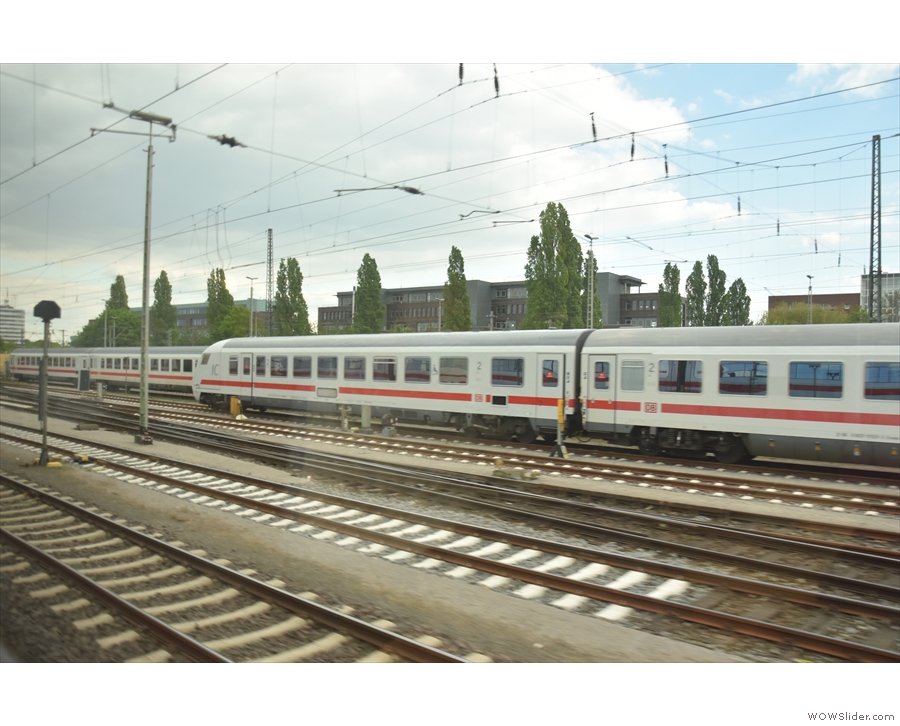
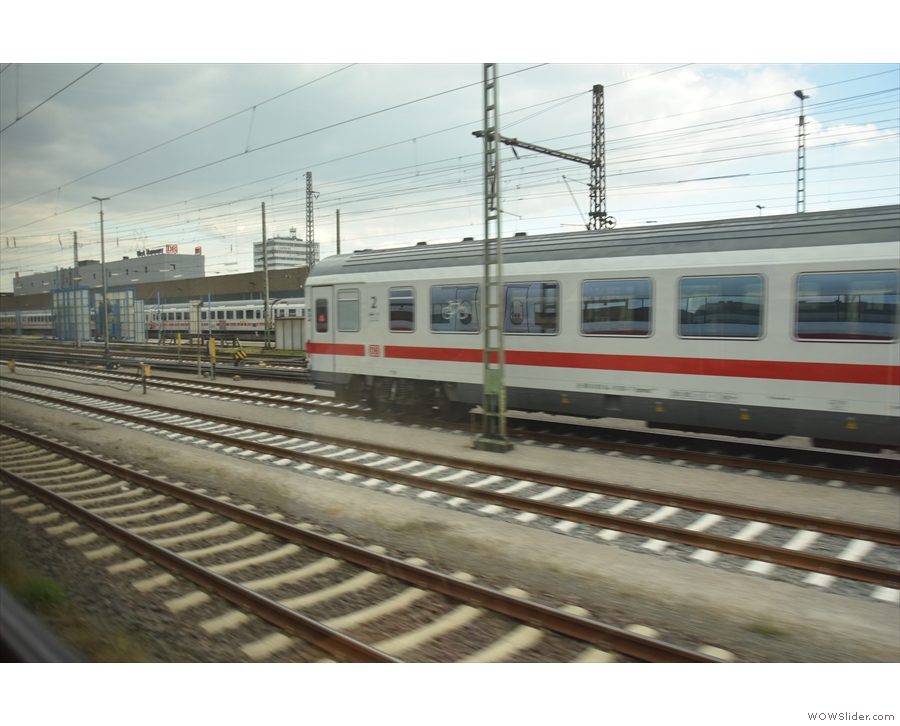
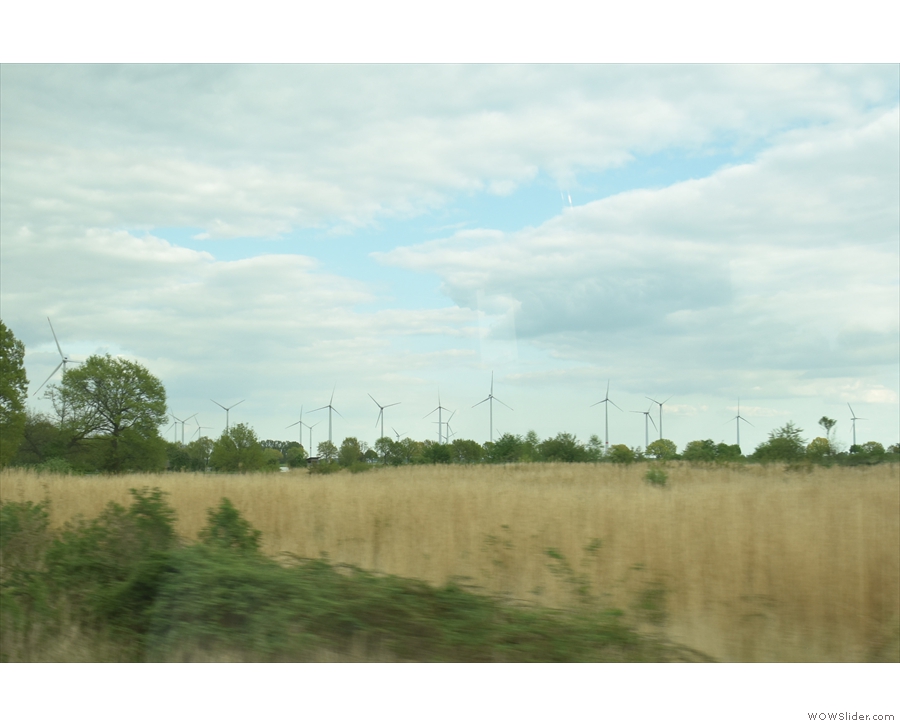
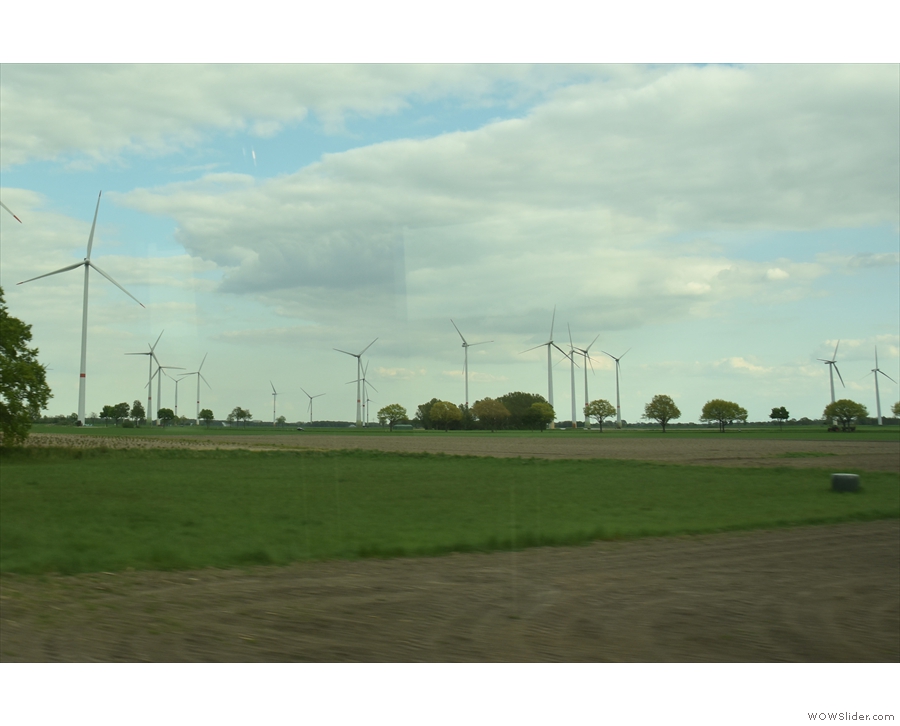
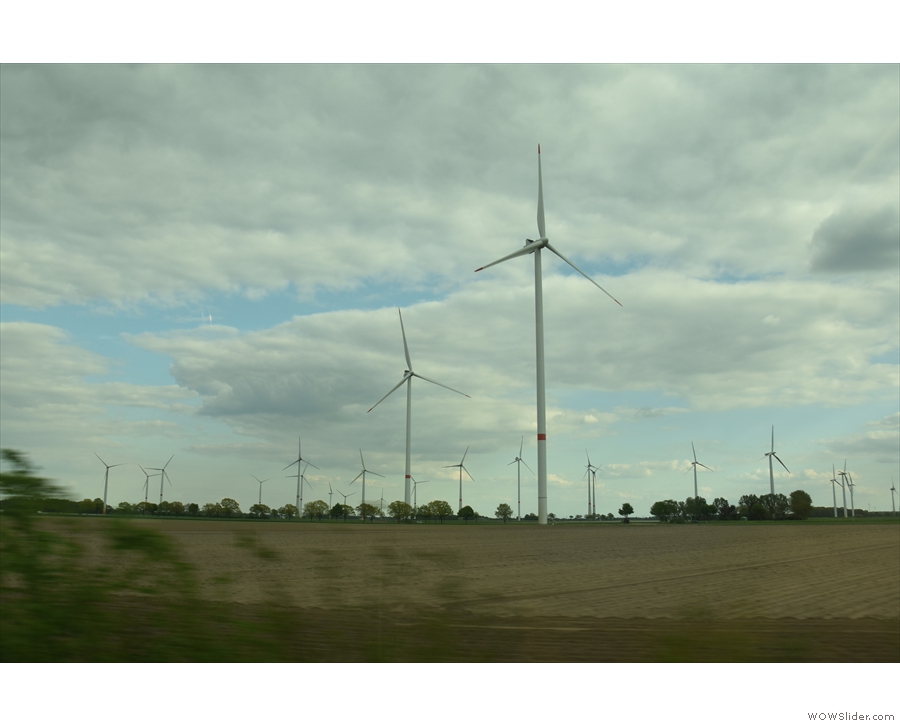
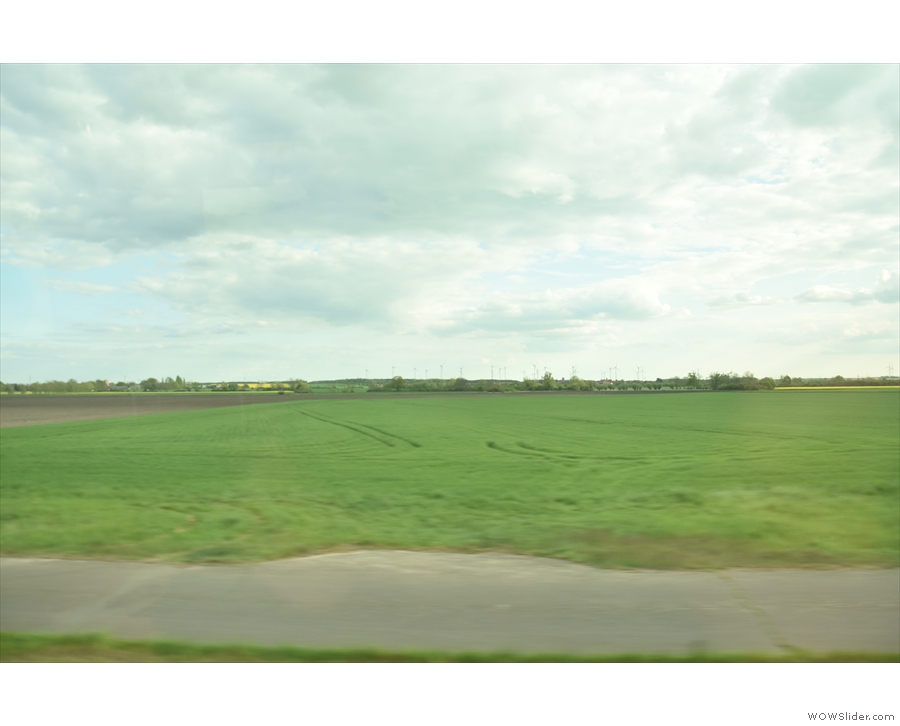
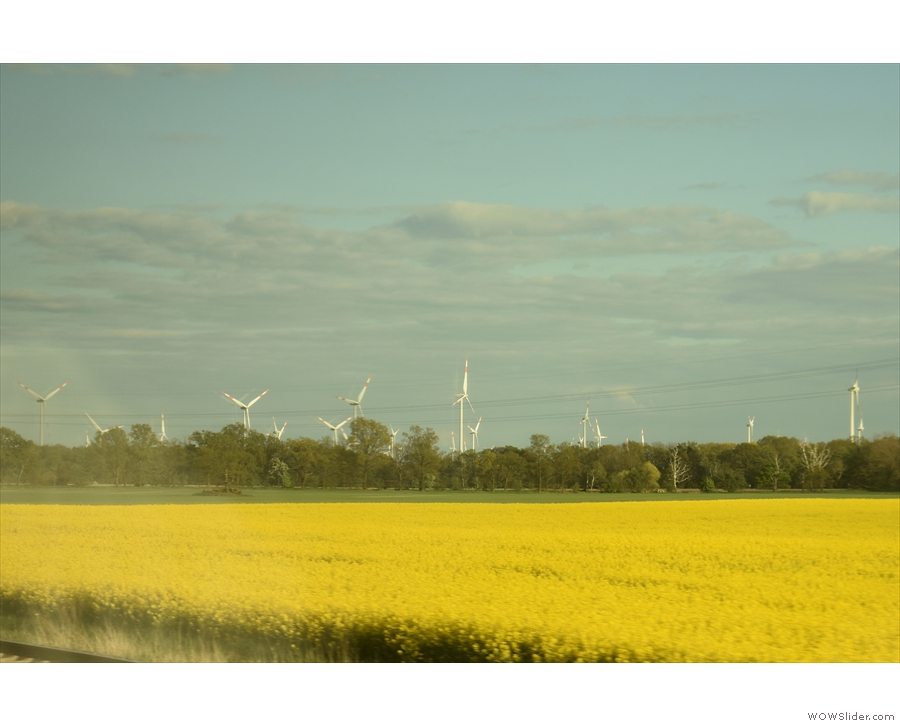
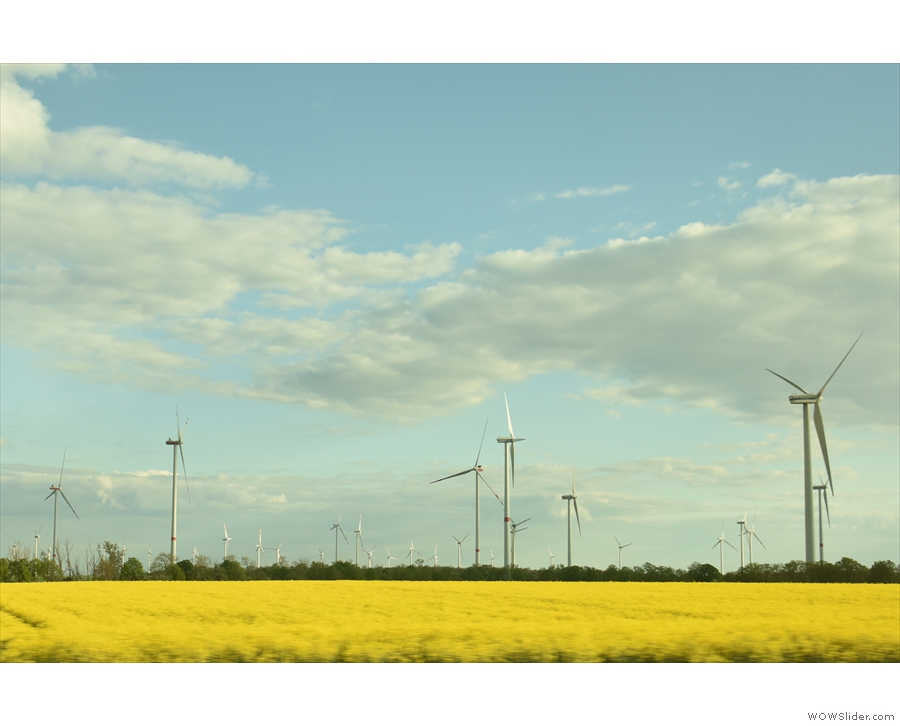
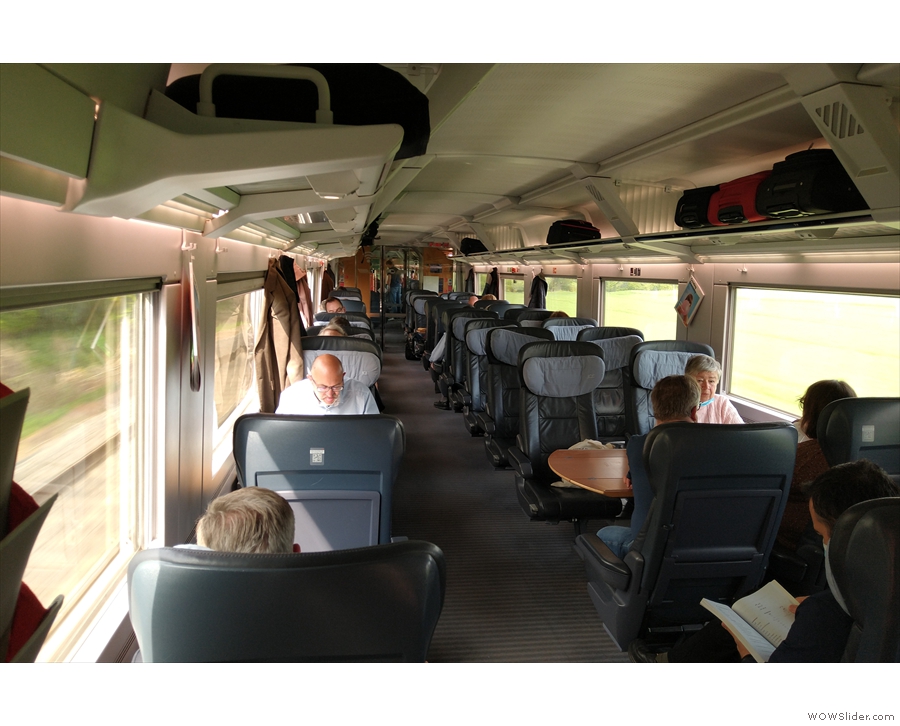
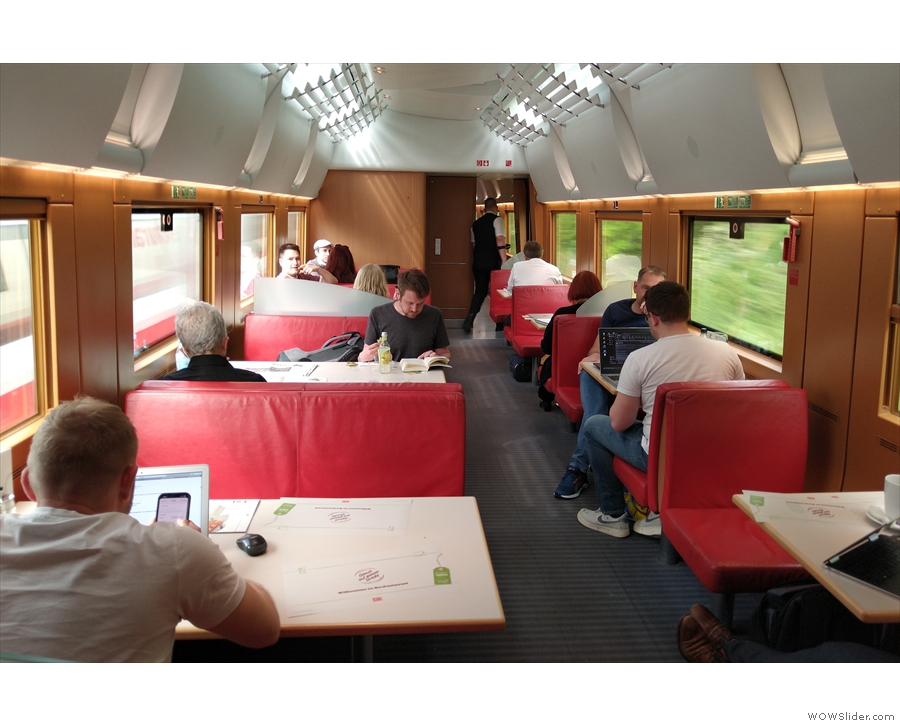
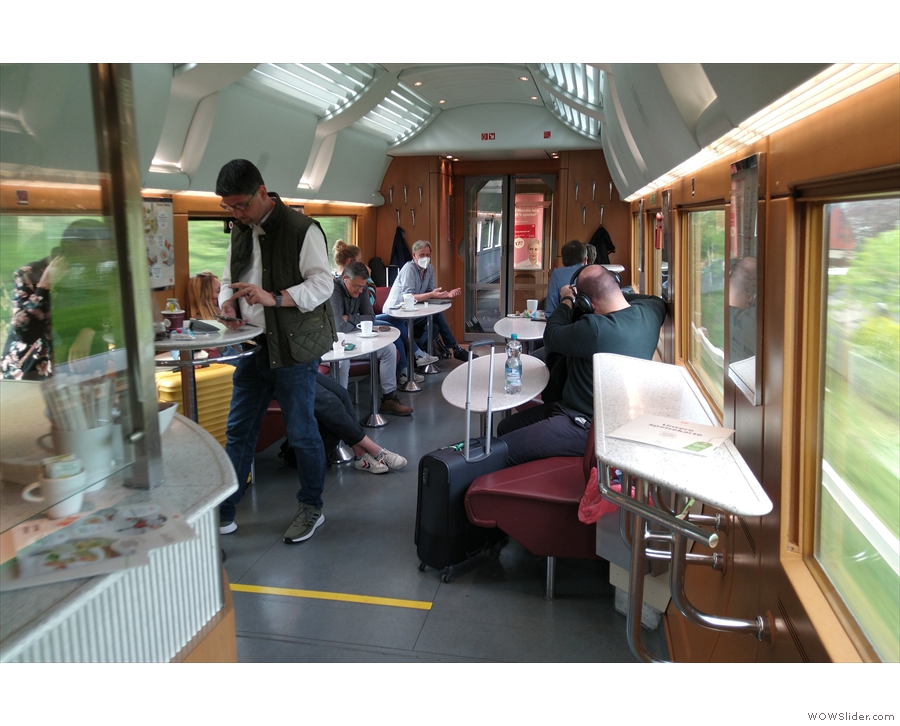
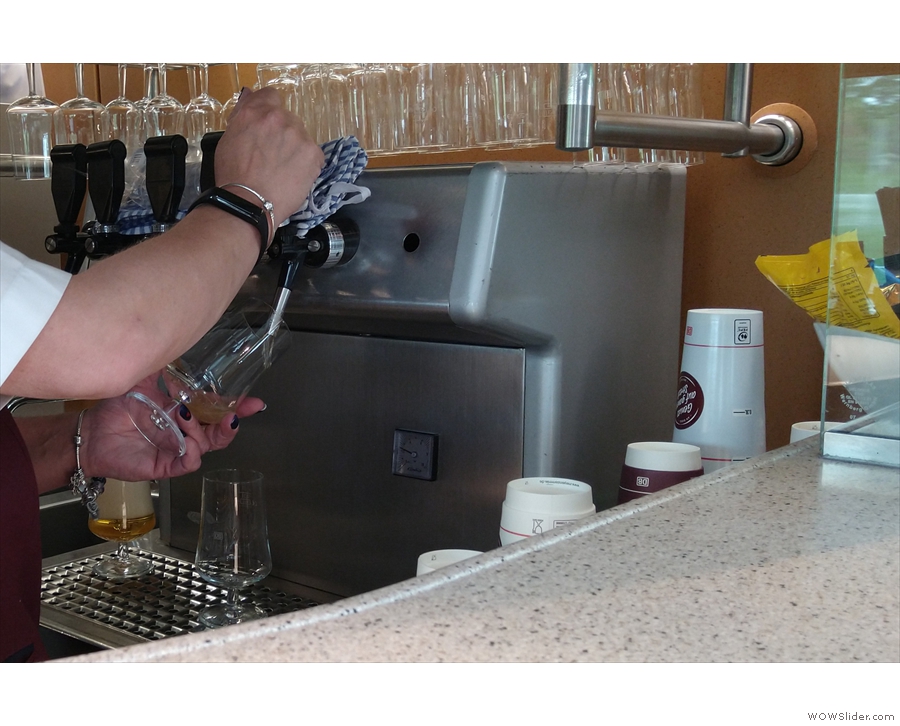
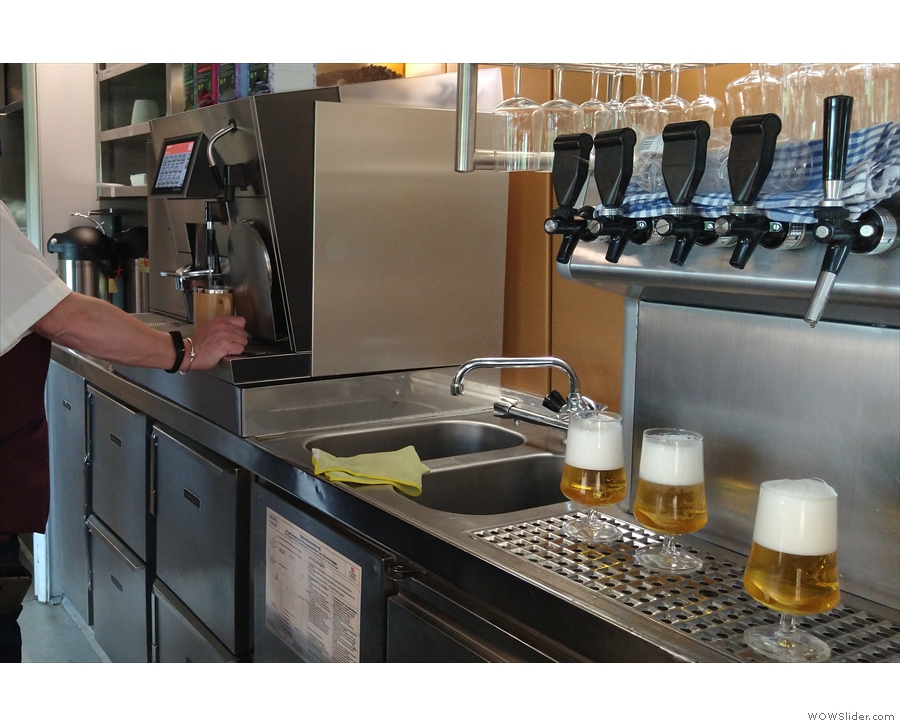
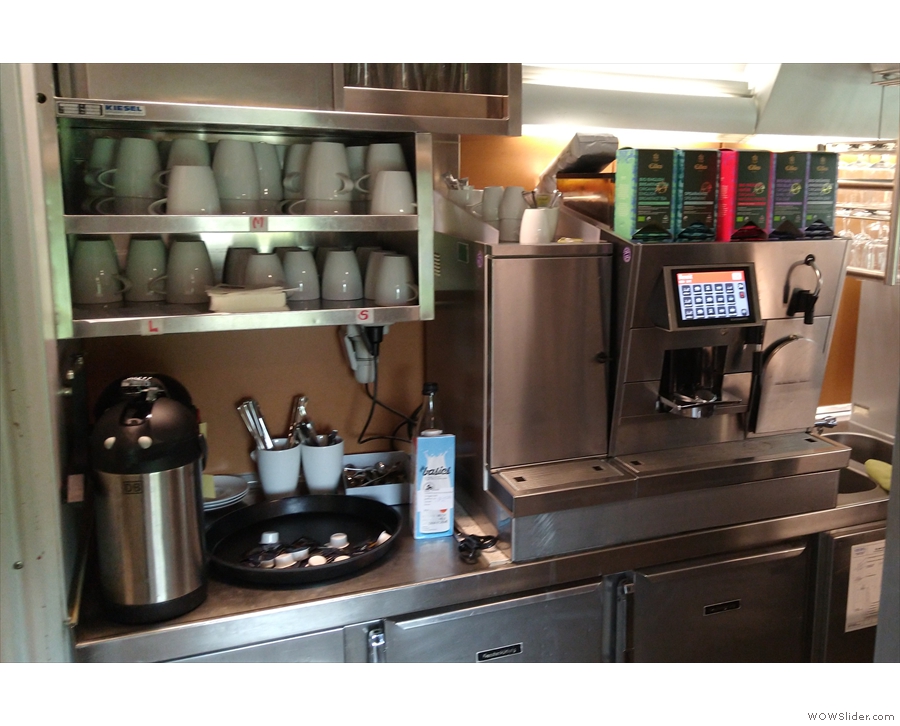
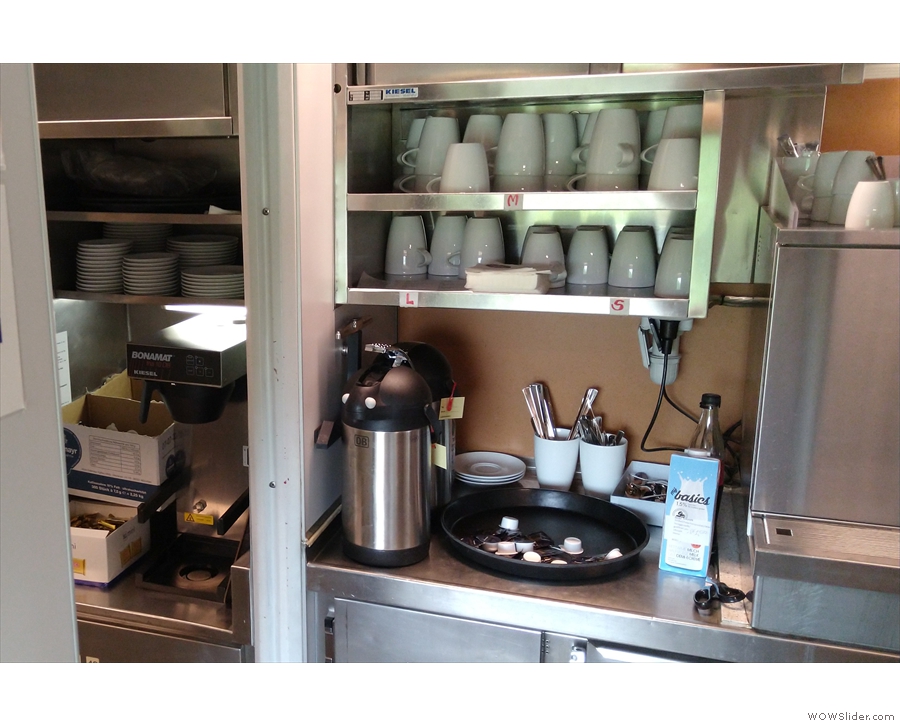
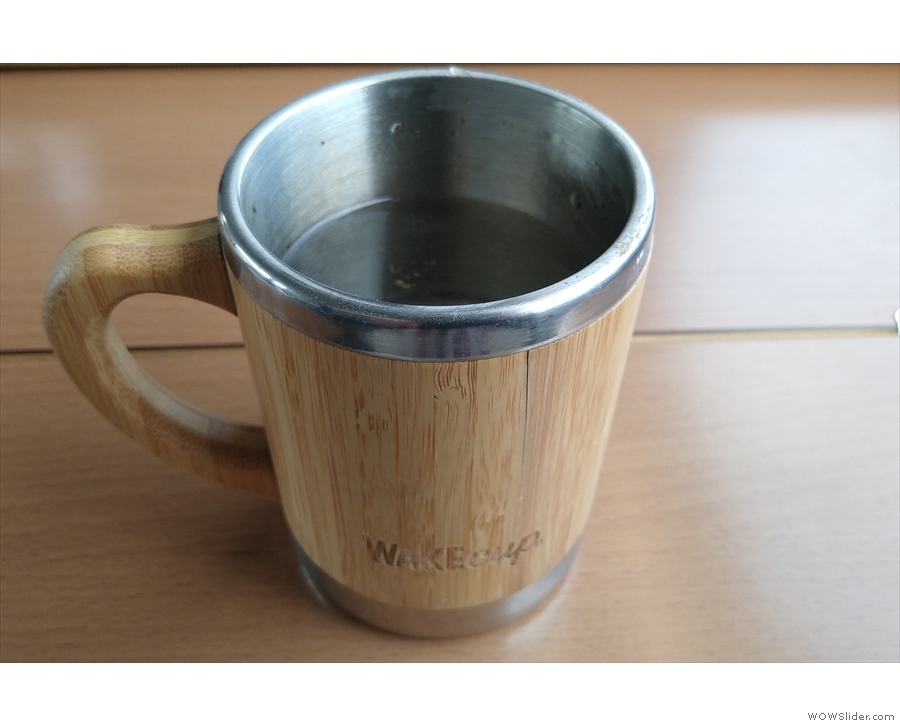
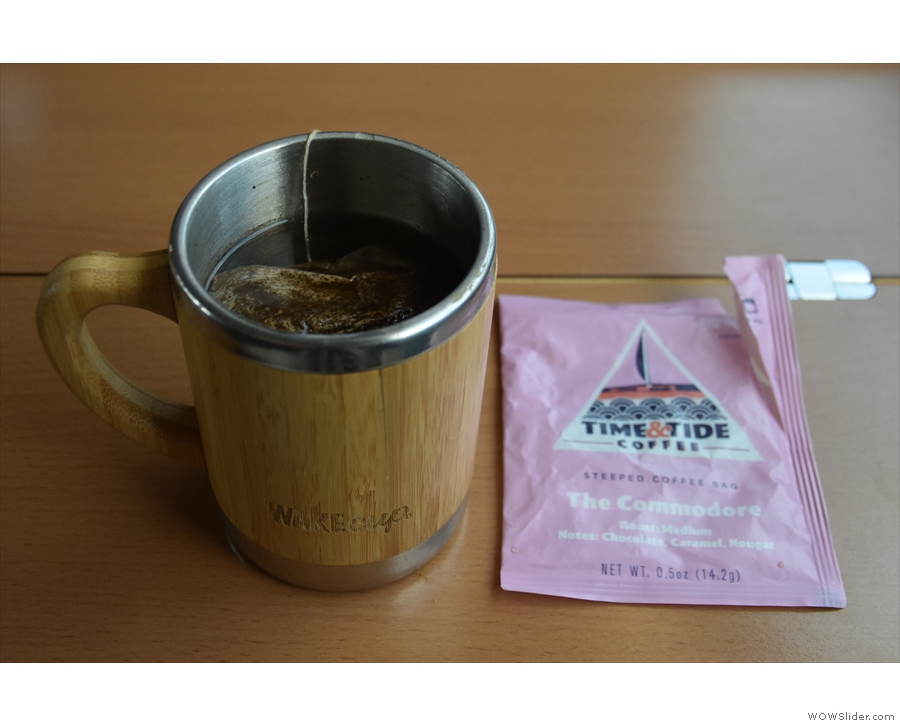
 1
1 2
2 3
3 4
4 5
5 6
6 7
7 8
8 9
9 10
10 11
11 12
12 13
13 14
14 15
15 16
16 17
17 18
18 19
19 20
20 21
21 22
22 23
23 24
24 25
25 26
26 27
27 28
28 29
29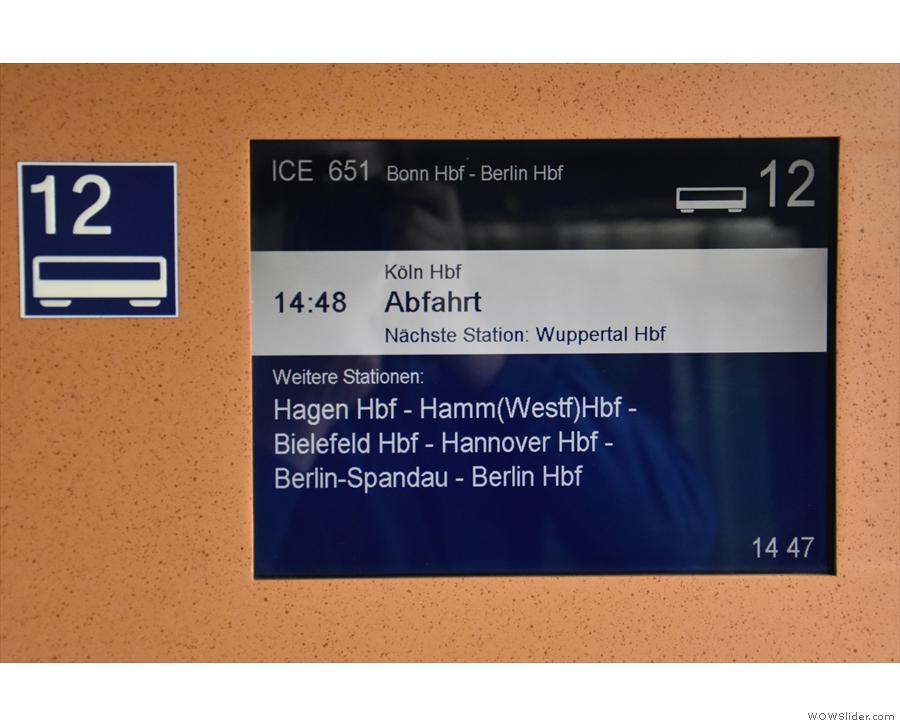
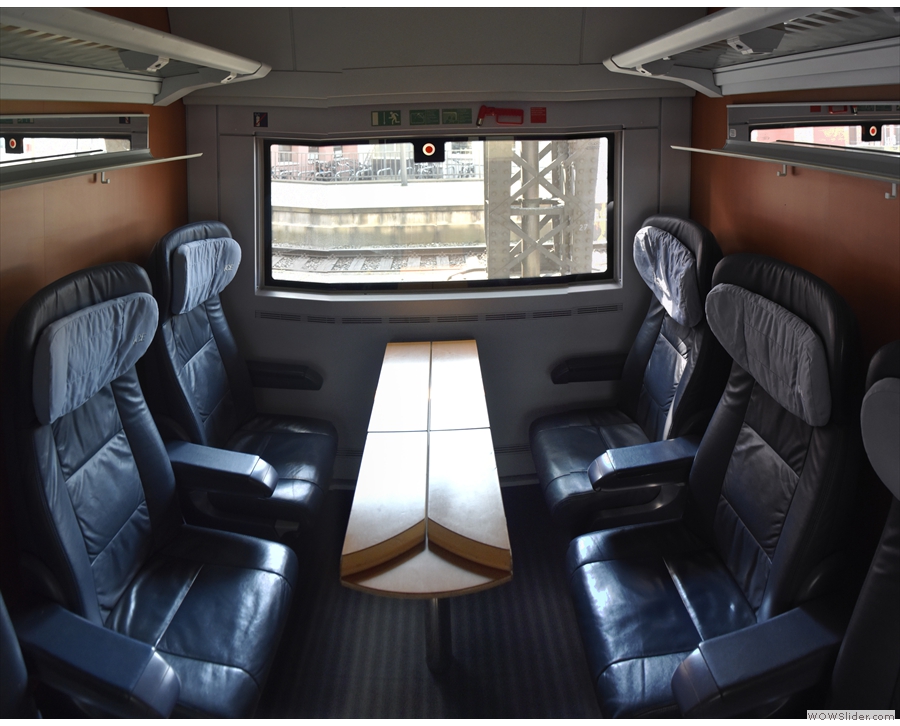
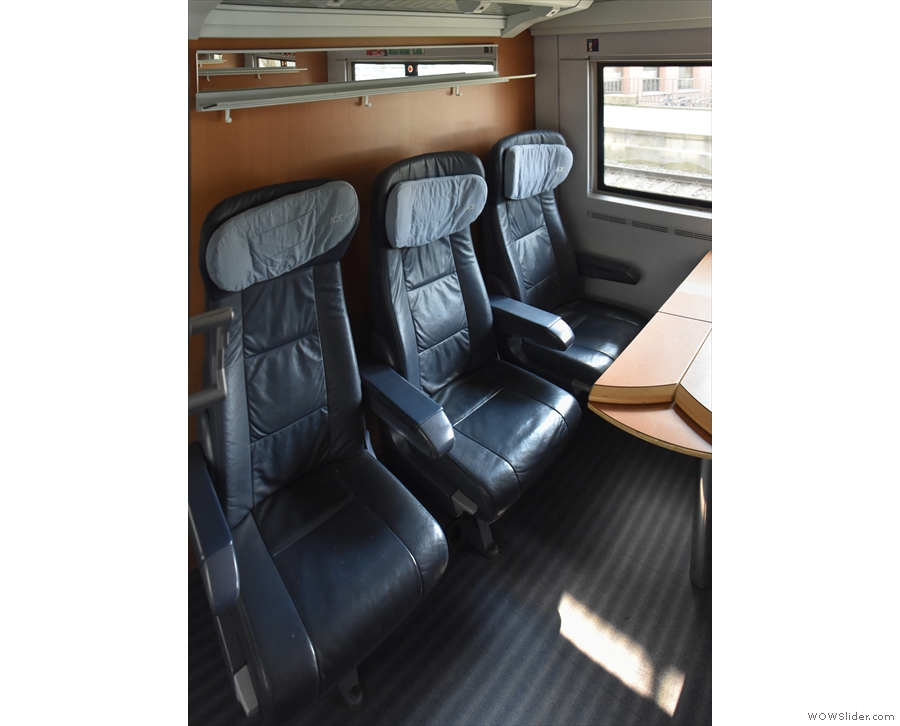
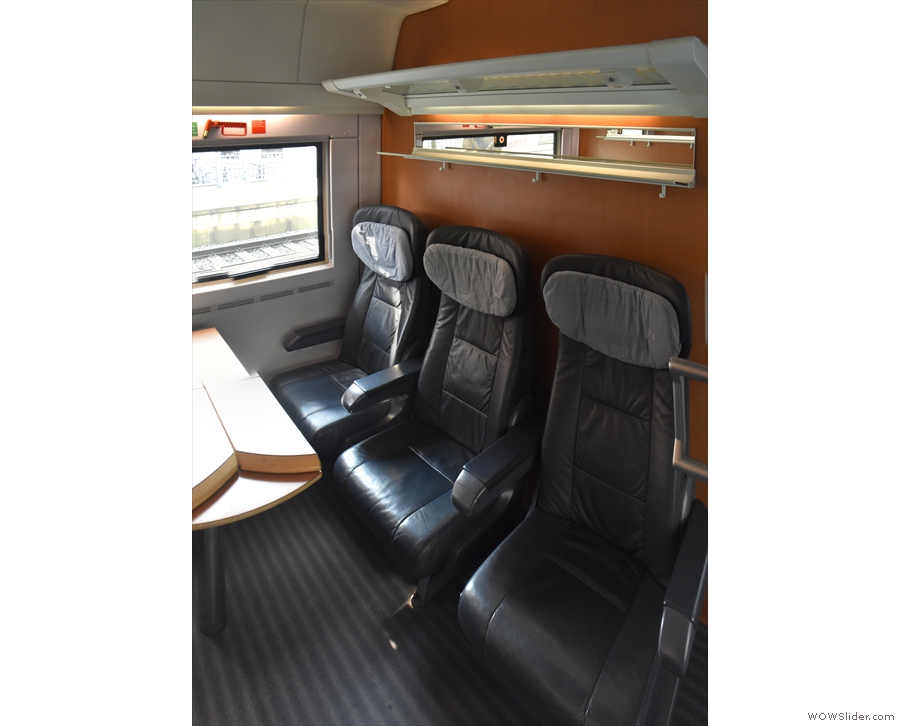
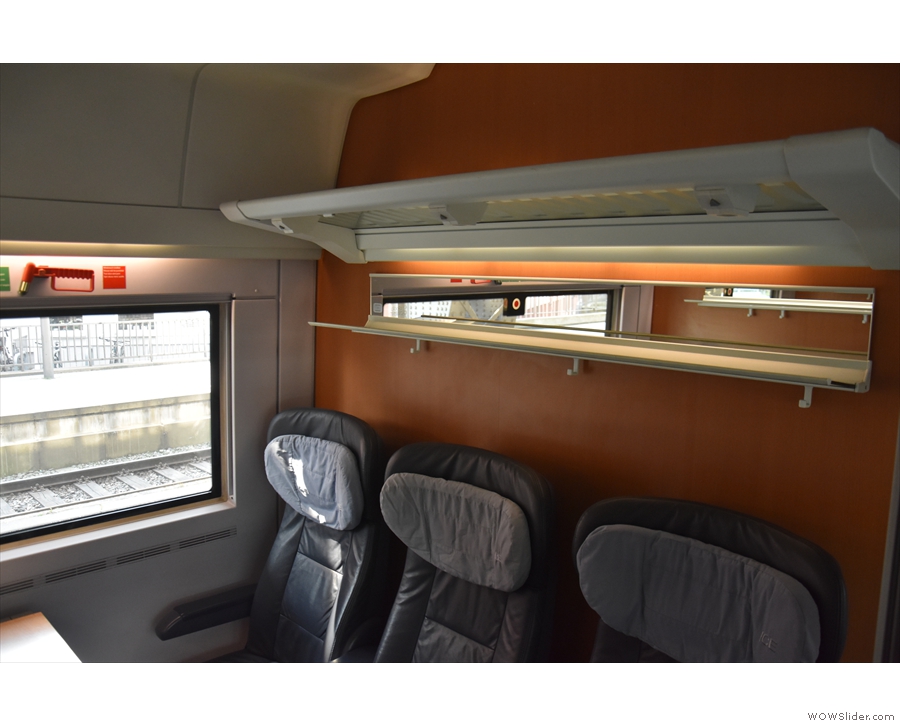
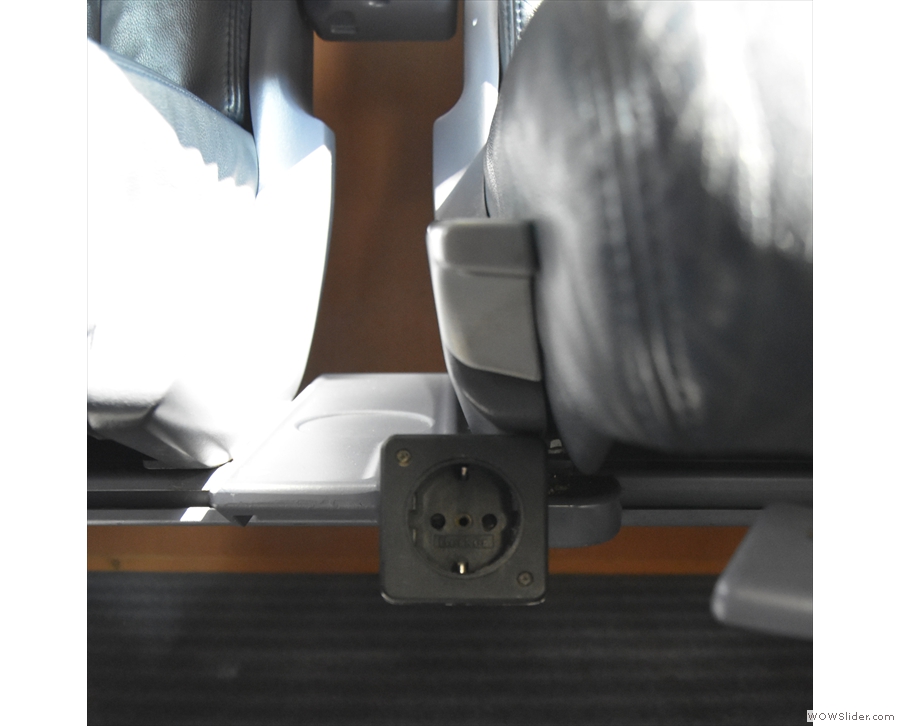
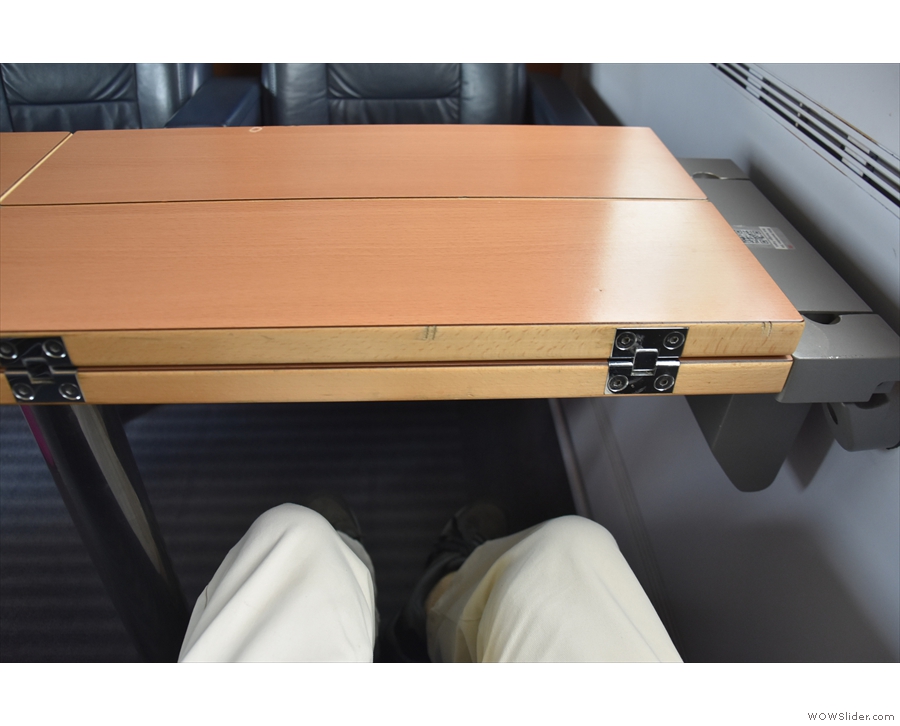
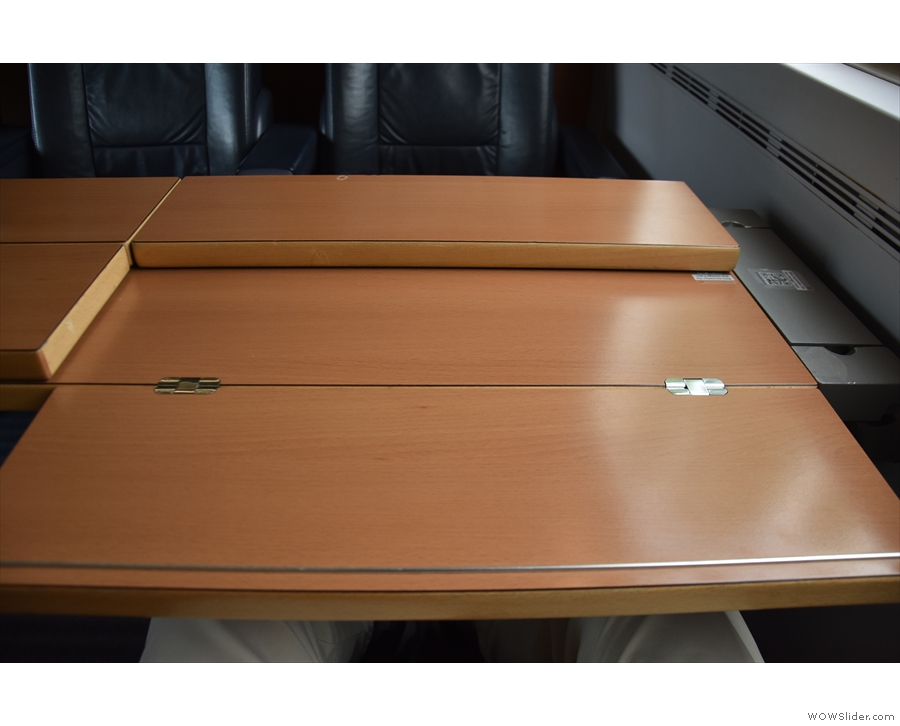
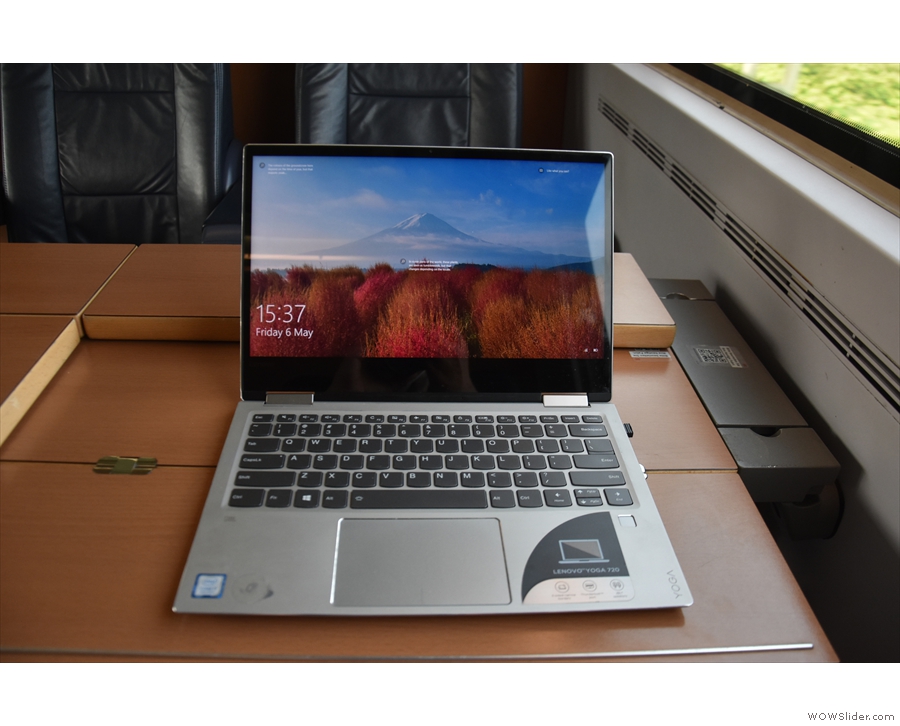
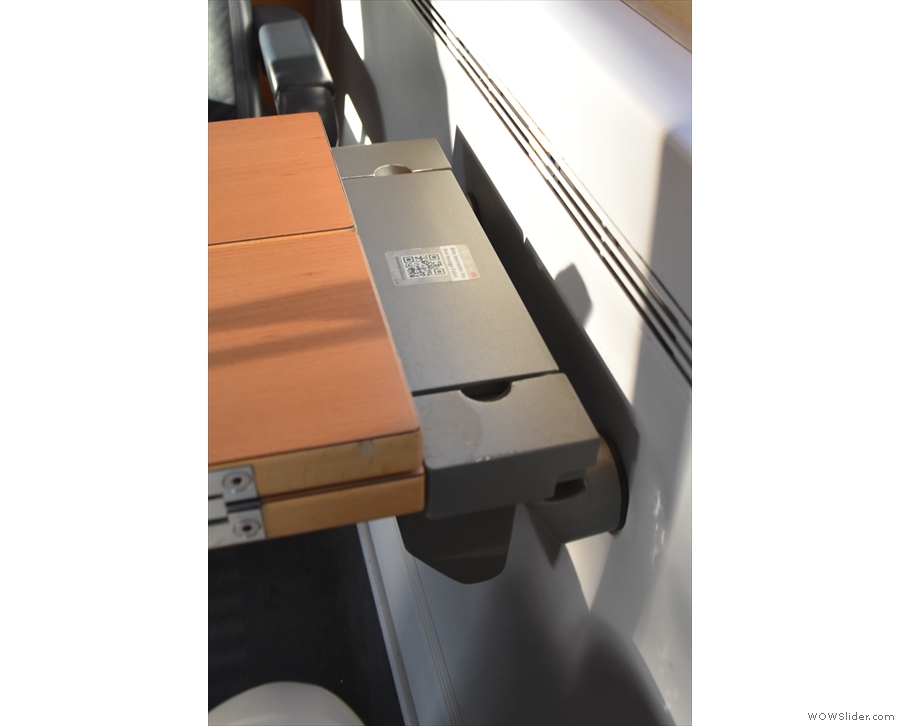
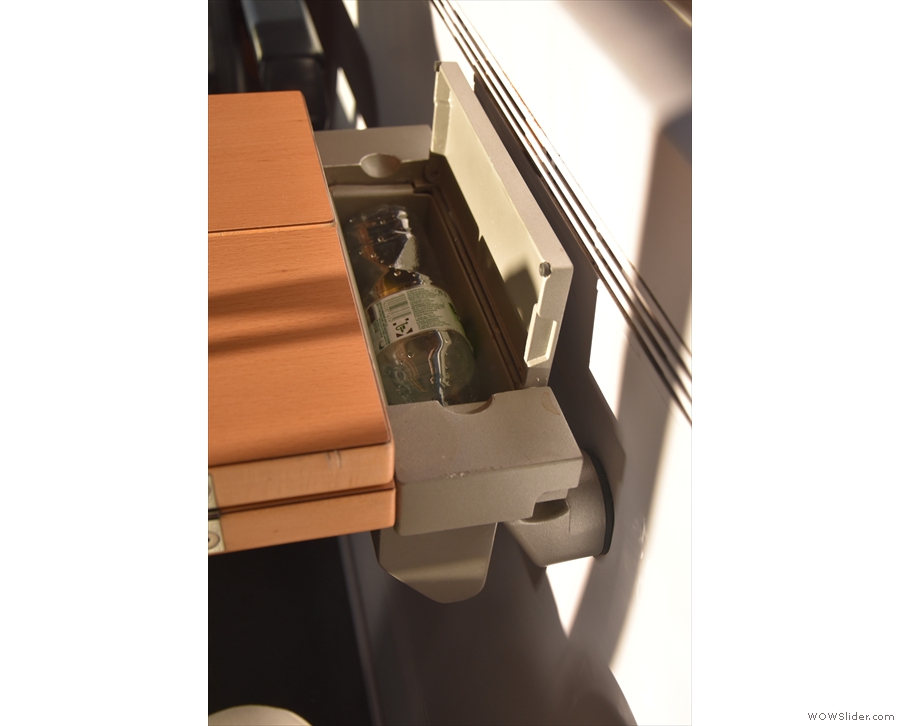
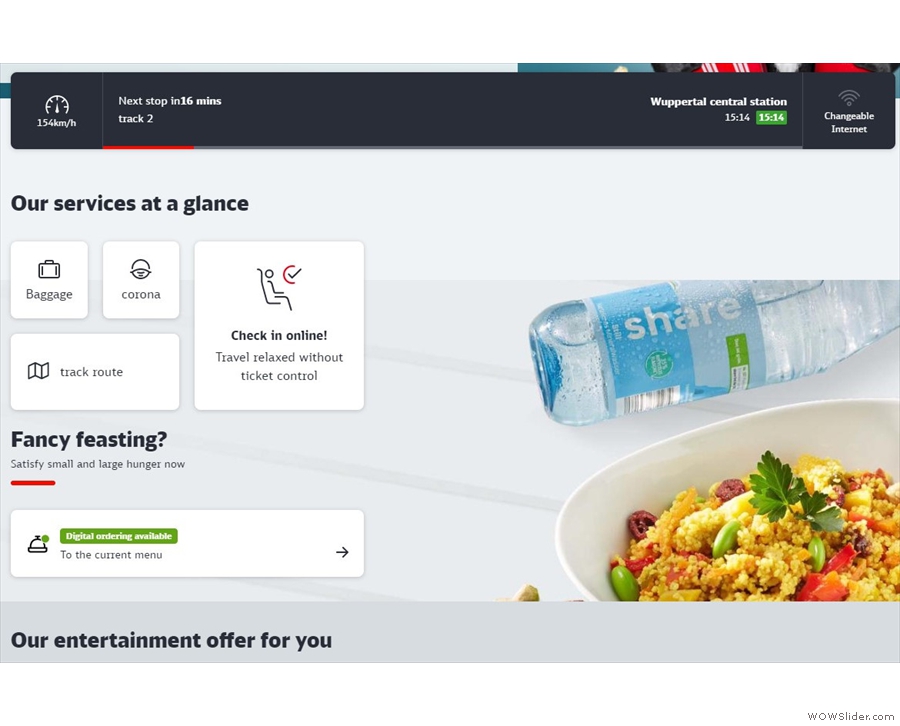
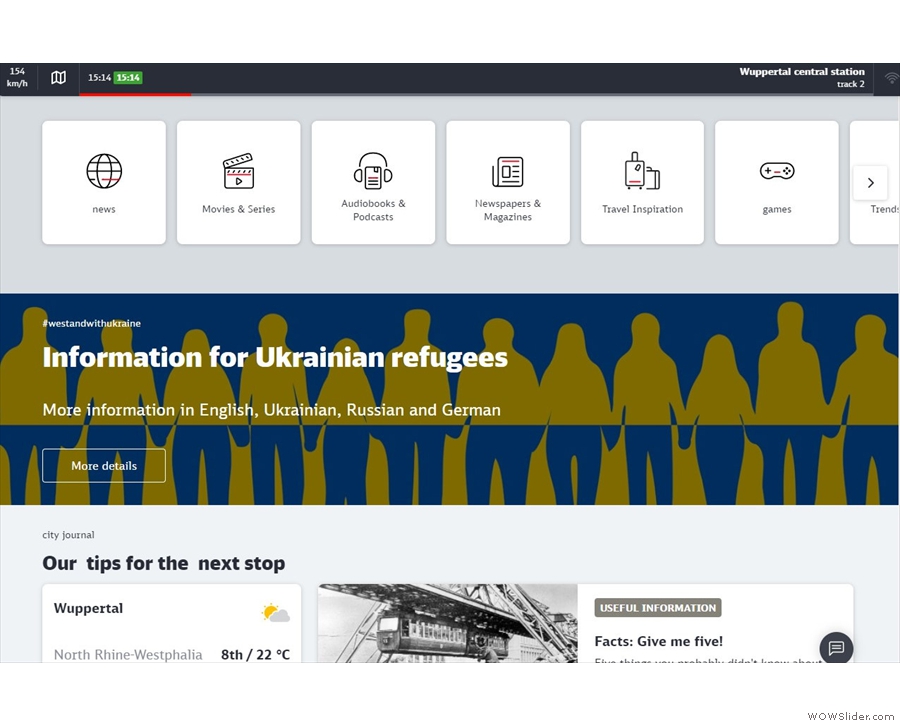
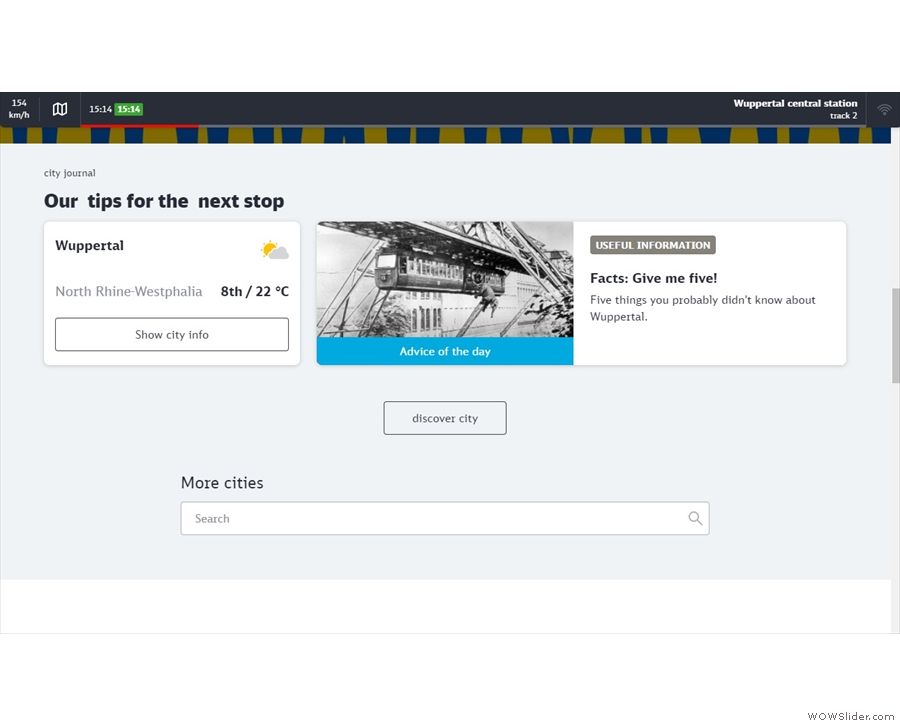
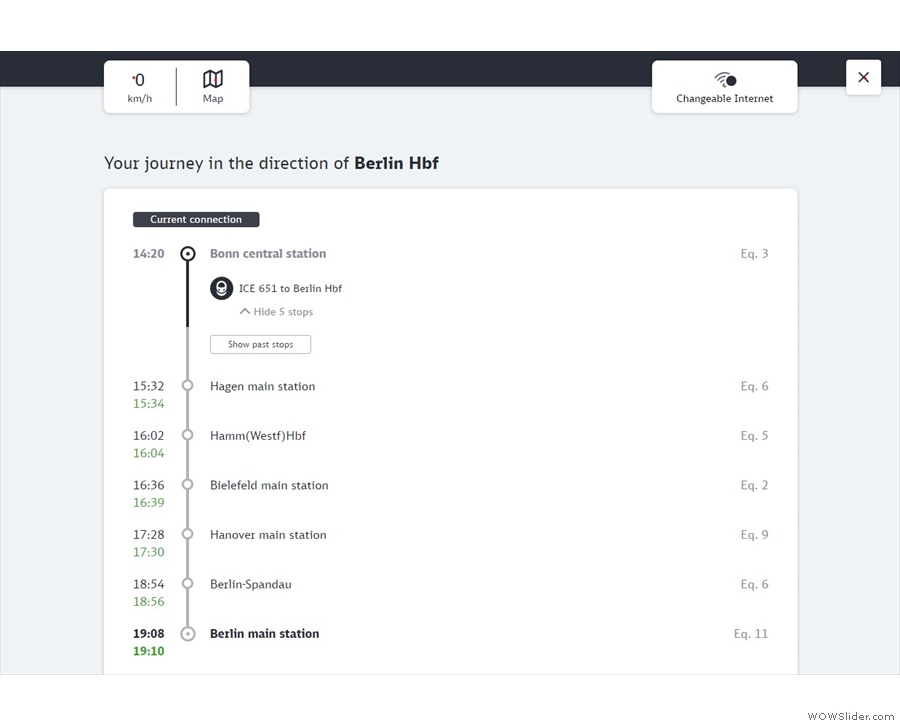
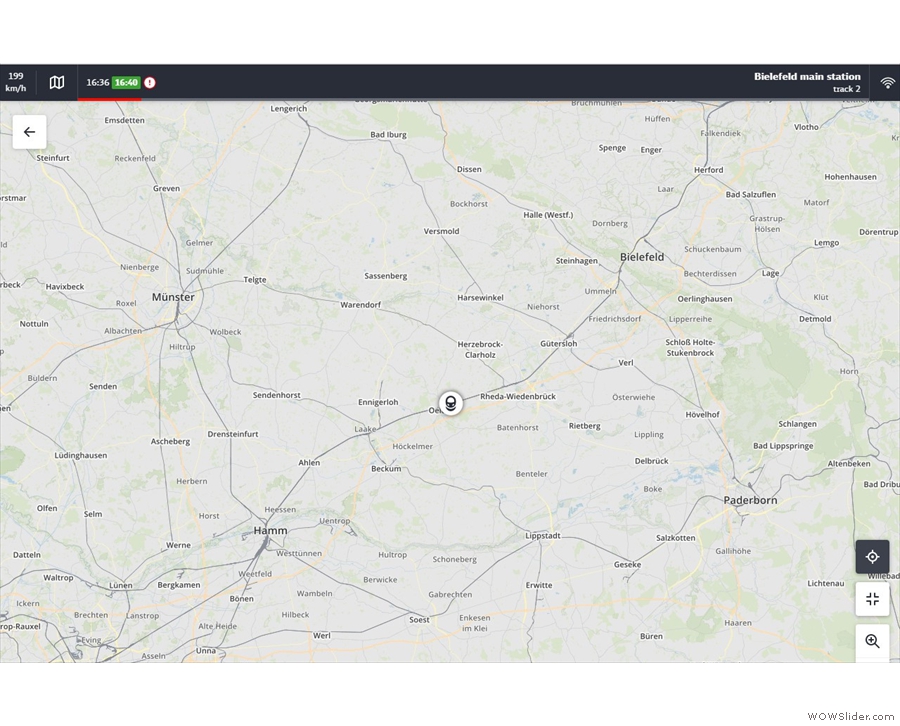
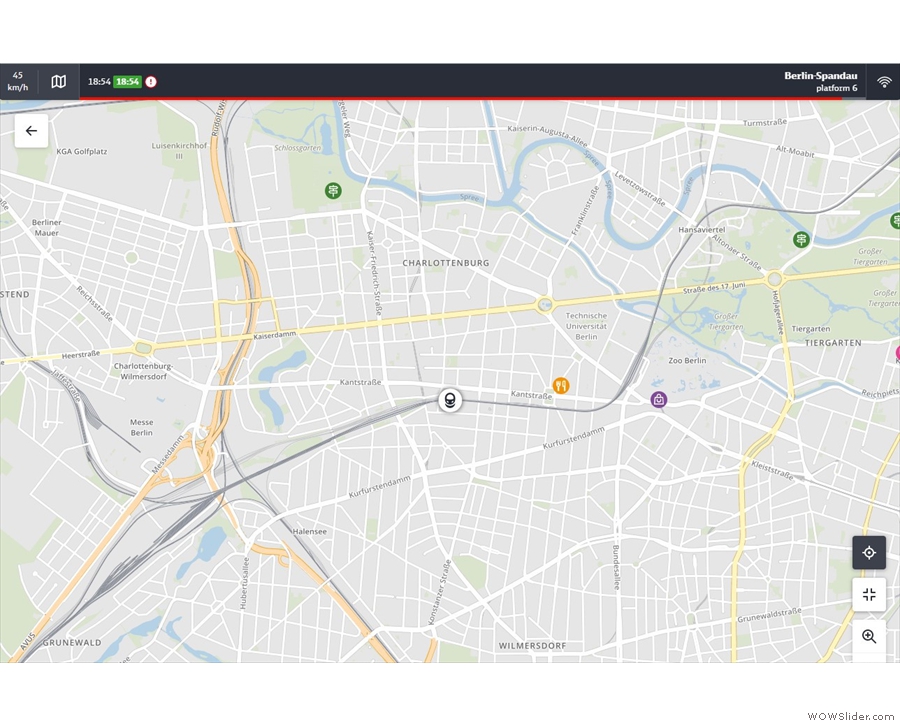
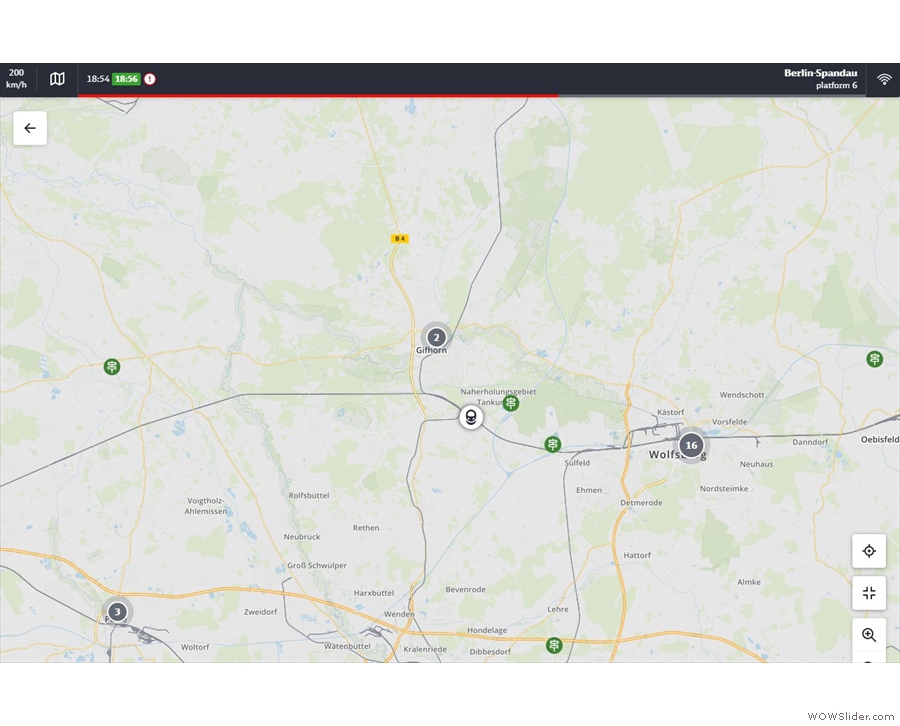
 1
1 2
2 3
3 4
4 5
5 6
6 7
7 8
8 9
9 10
10 11
11 12
12 13
13 14
14 15
15 16
16 17
17 18
18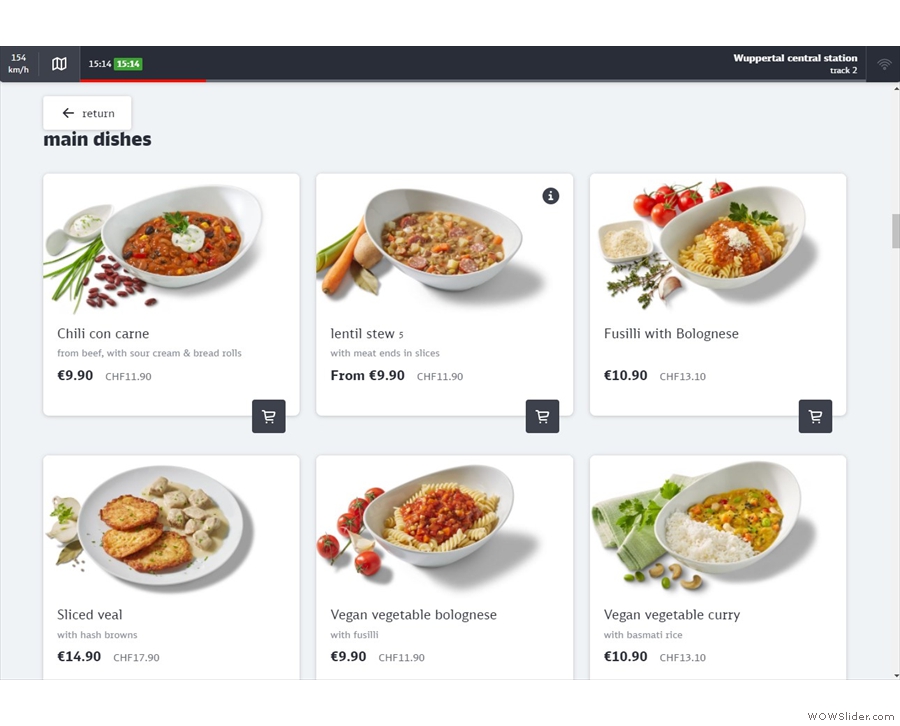
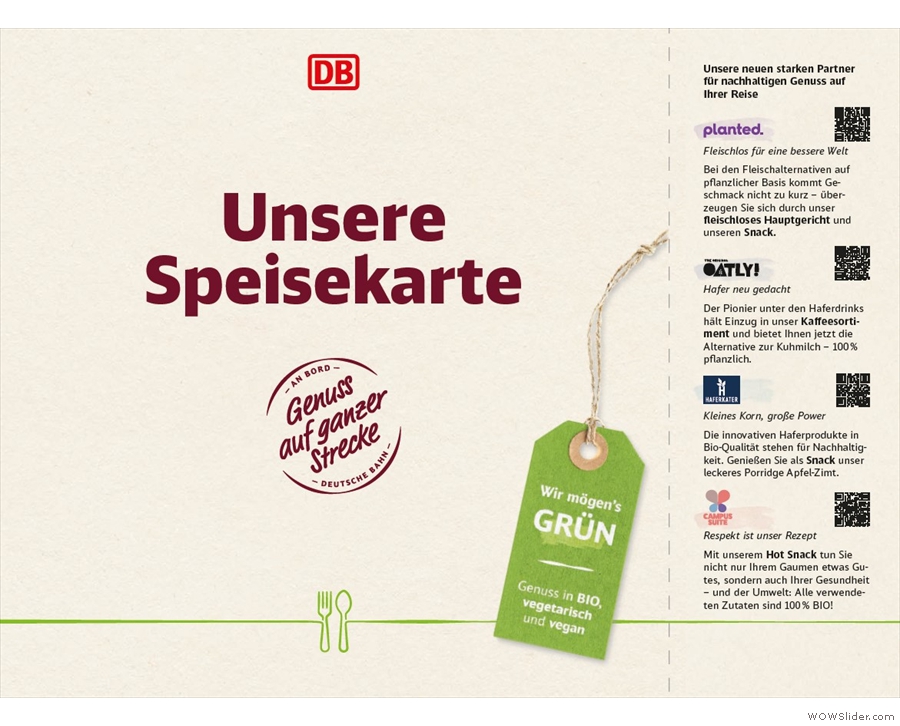
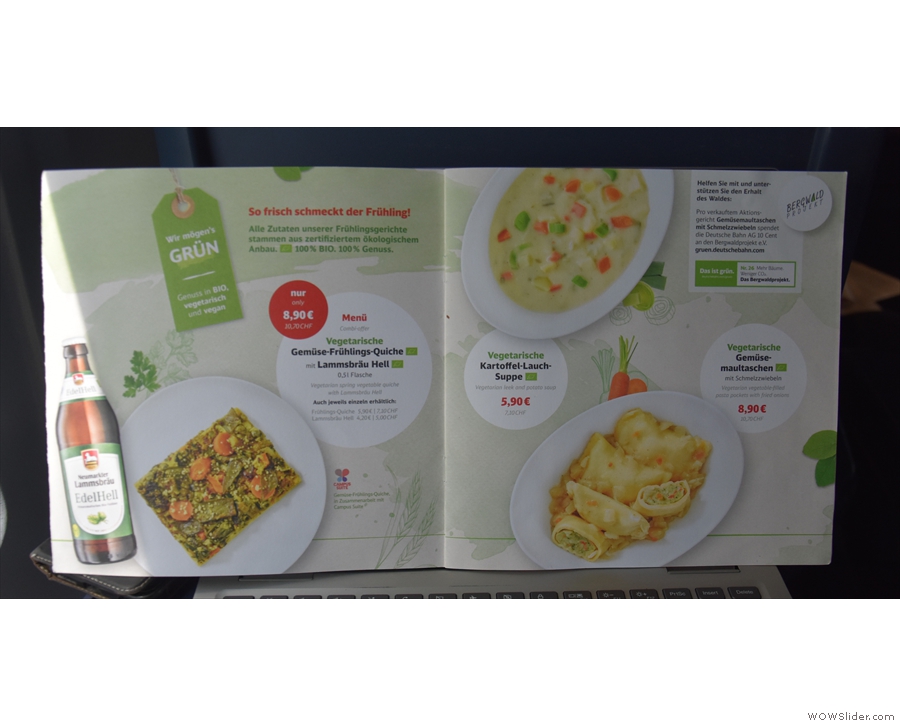
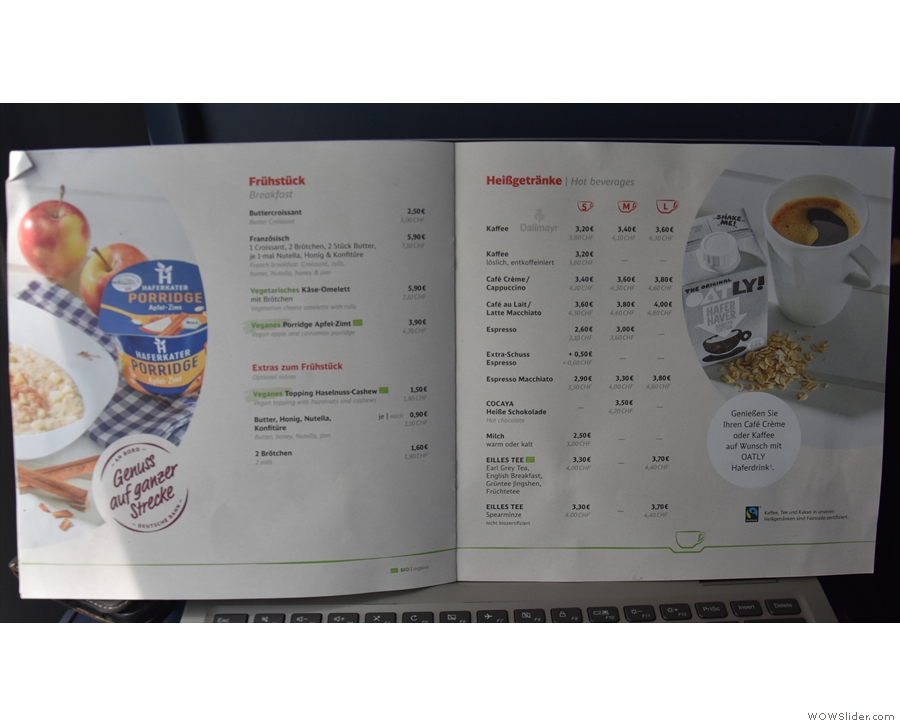
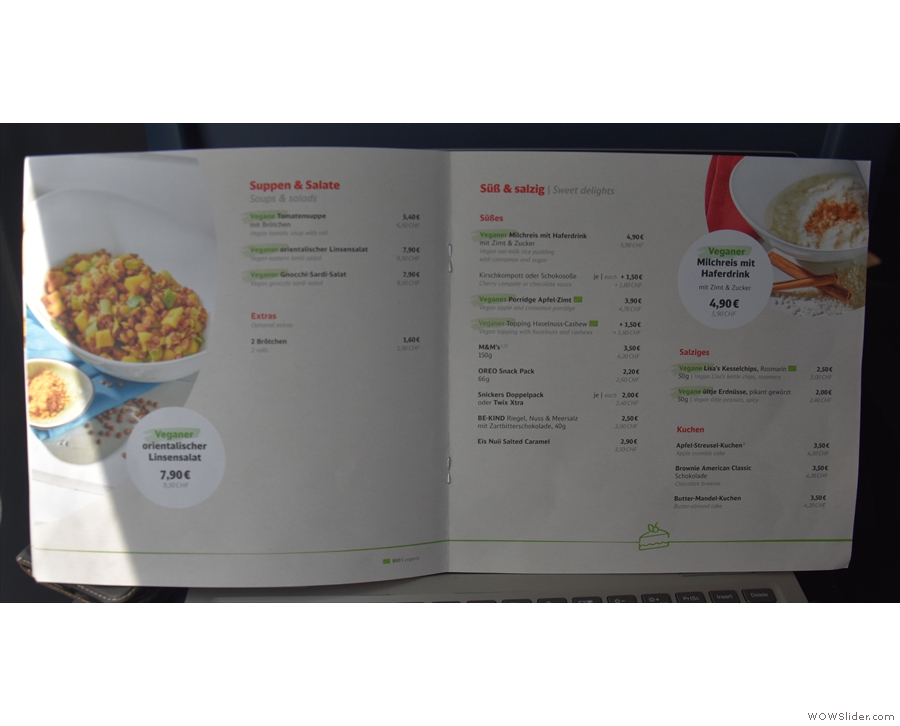
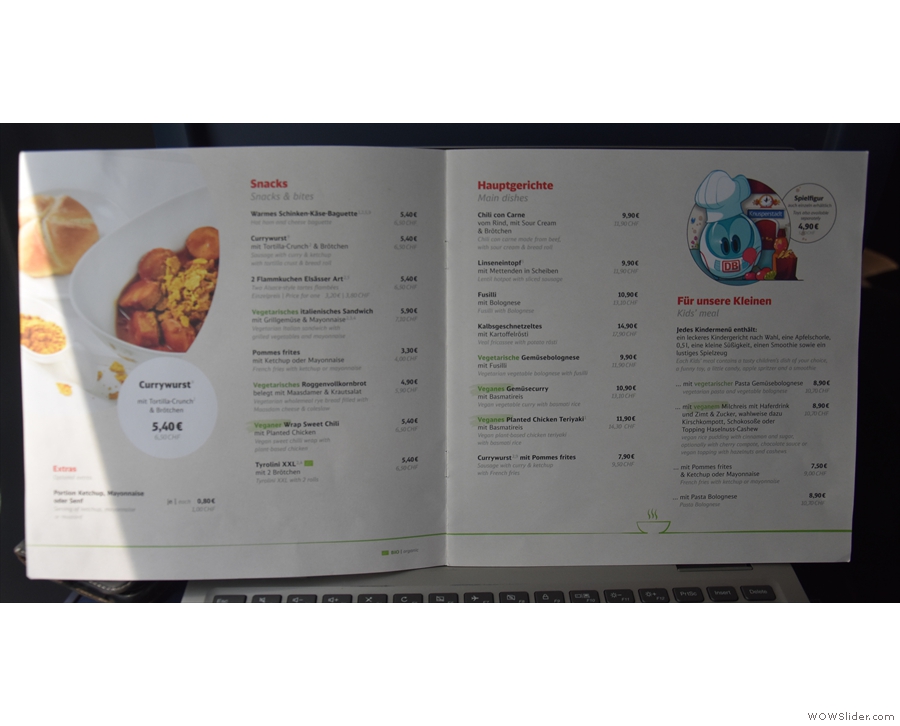
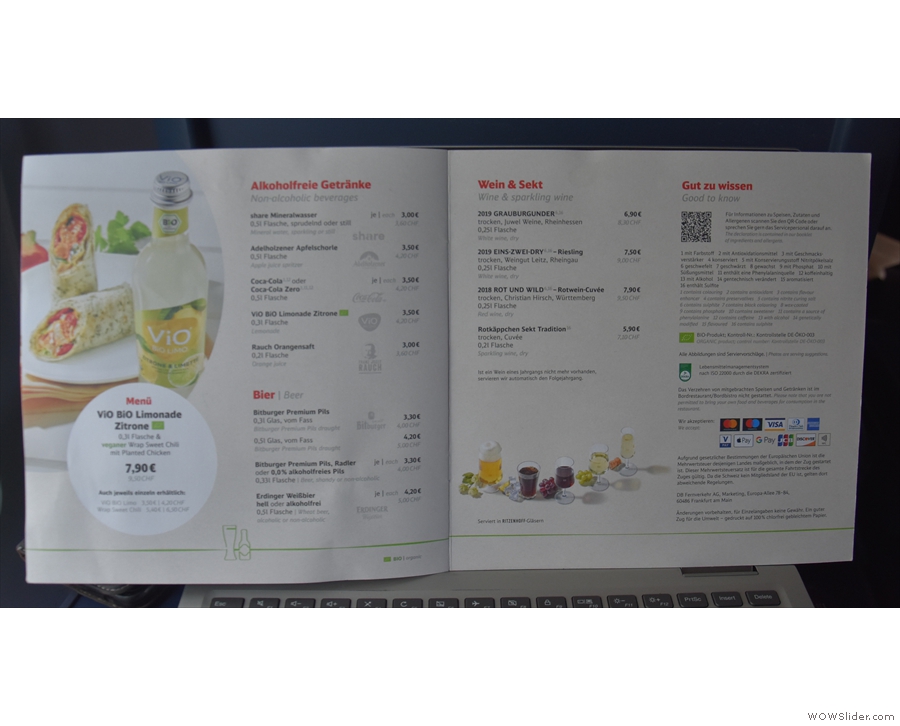
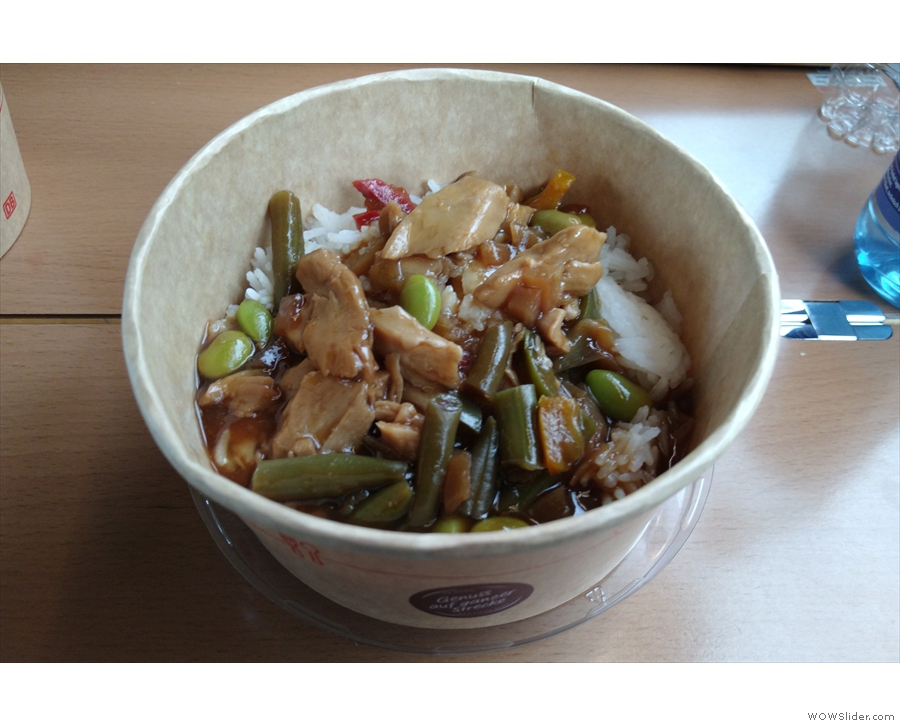
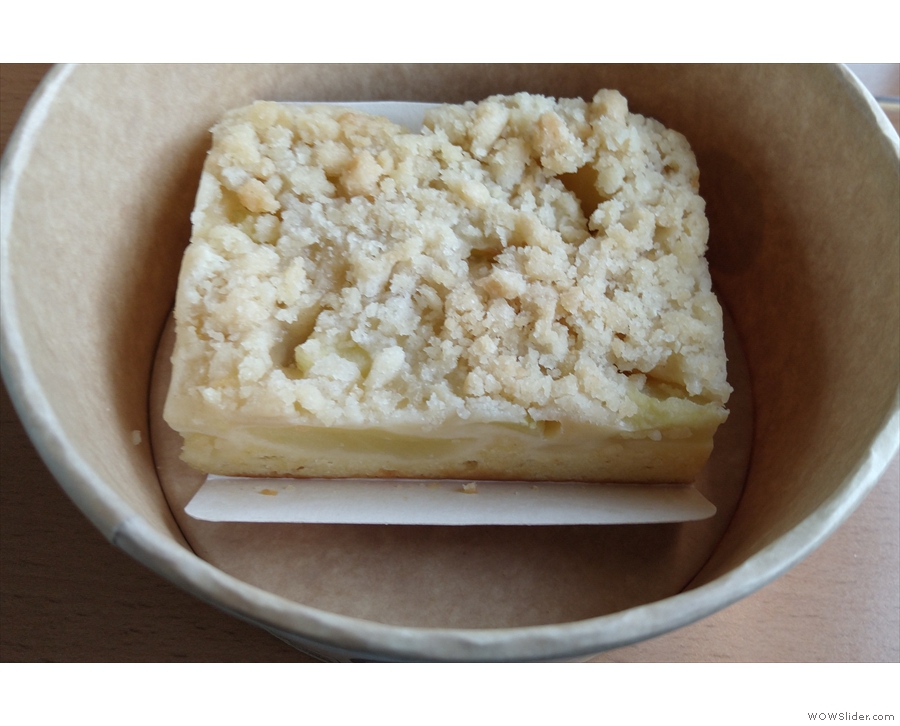
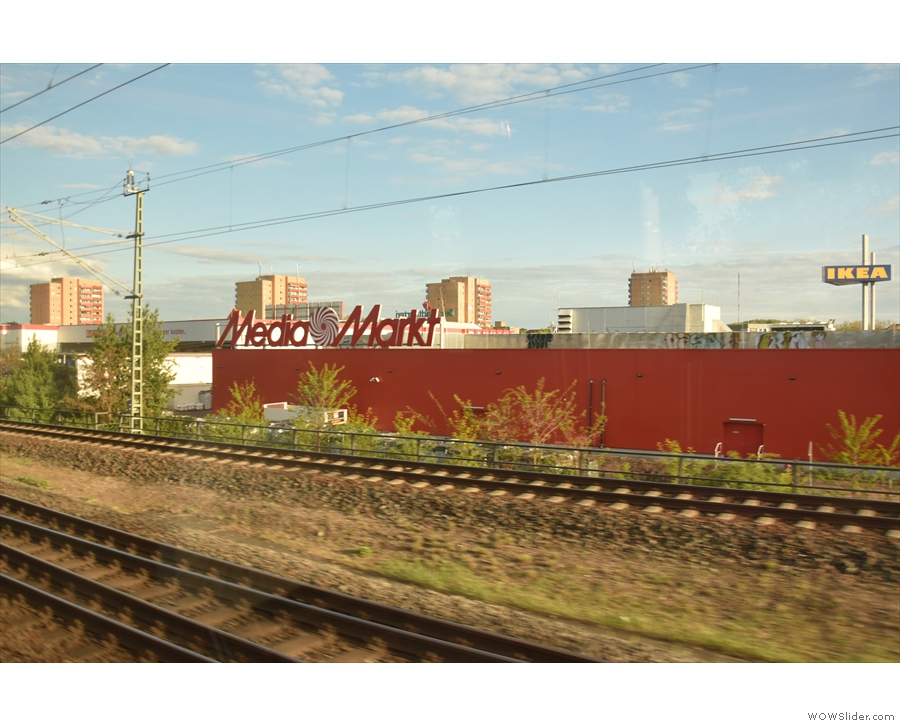

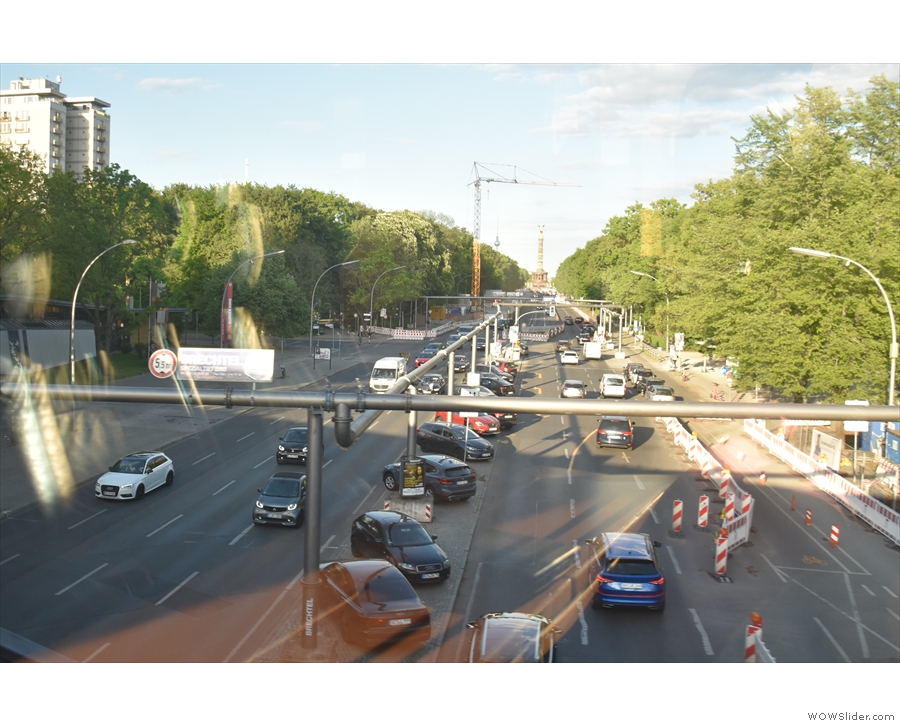
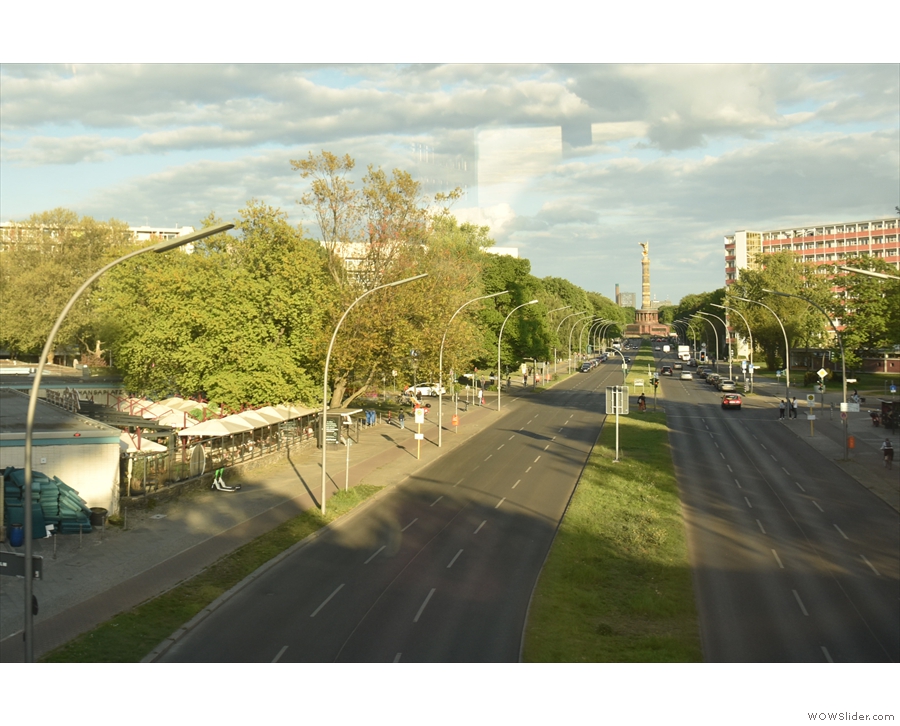
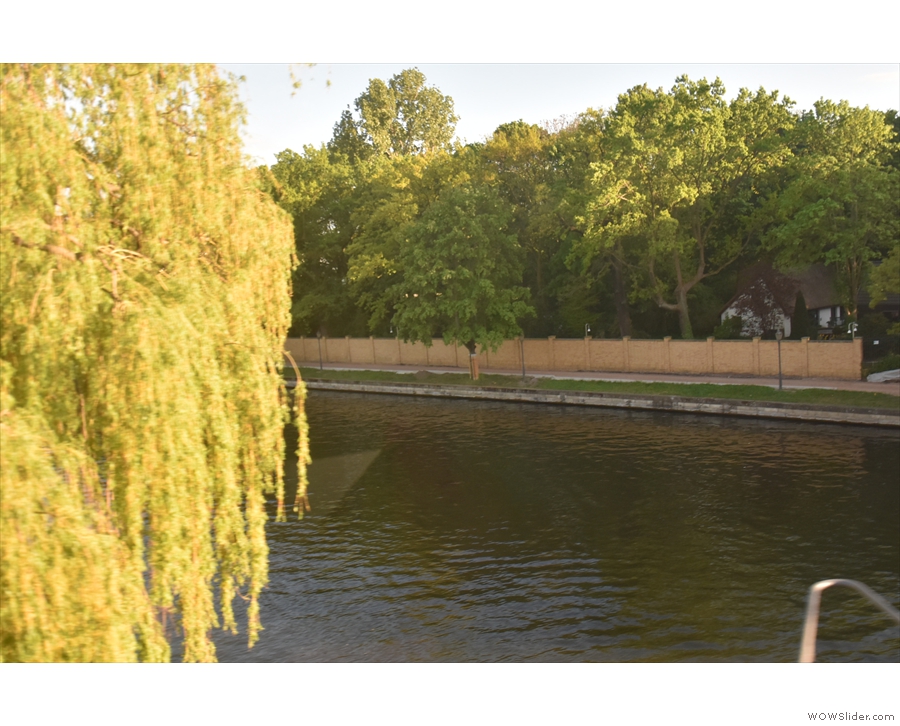
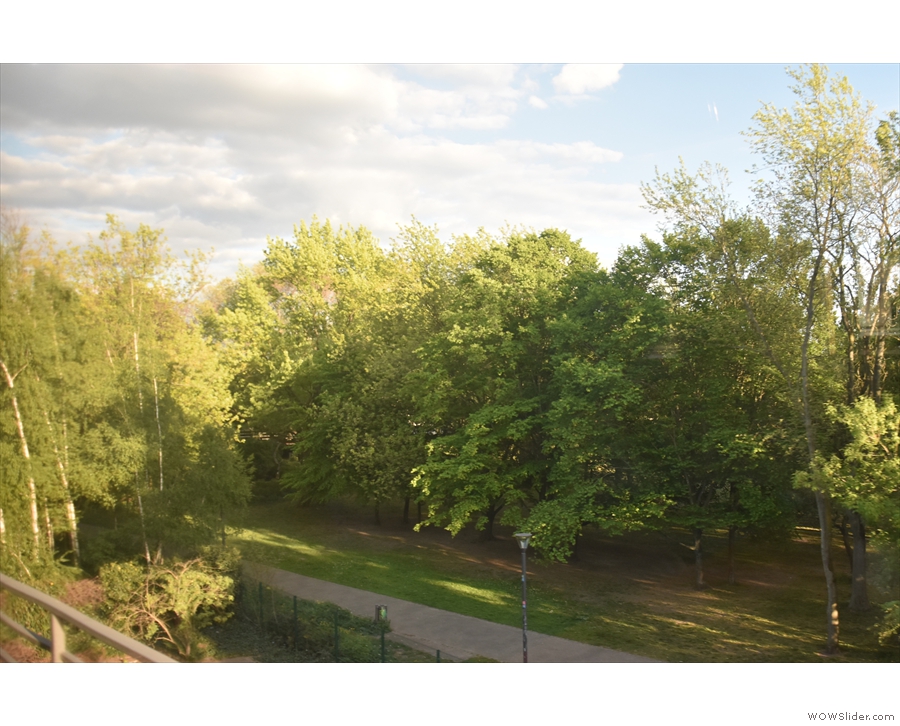
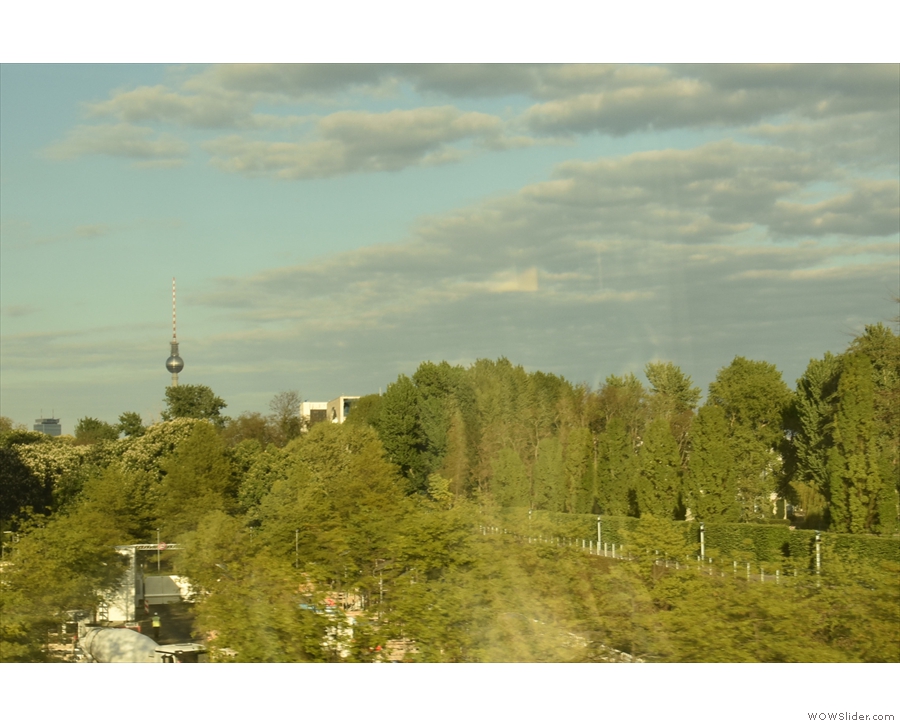
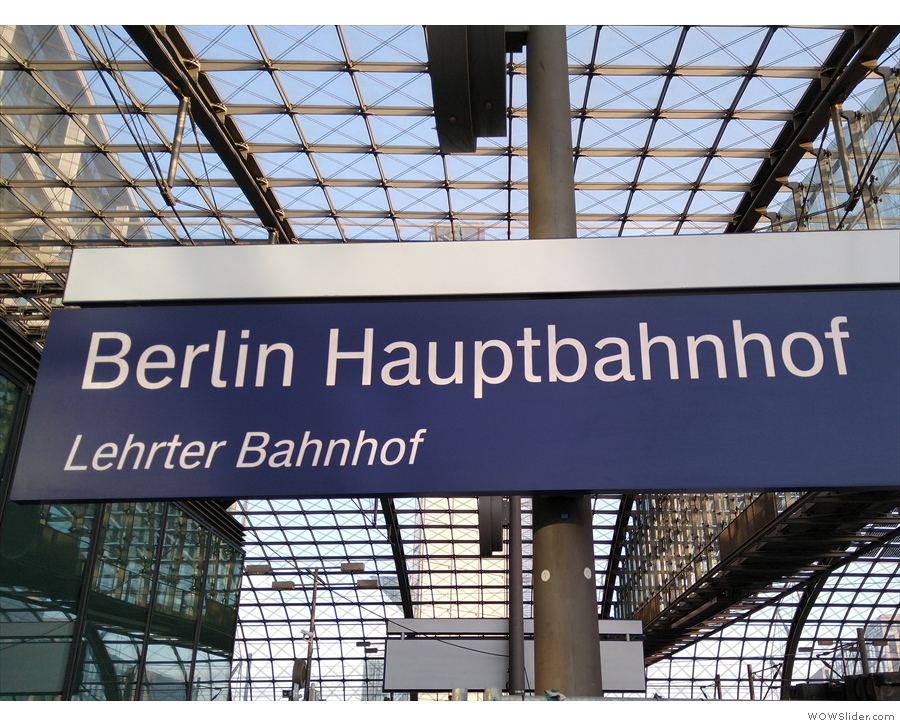
 1
1 2
2 3
3 4
4 5
5 6
6 7
7 8
8 9
9 10
10 11
11 12
12 13
13 14
14 15
15 16
16 17
17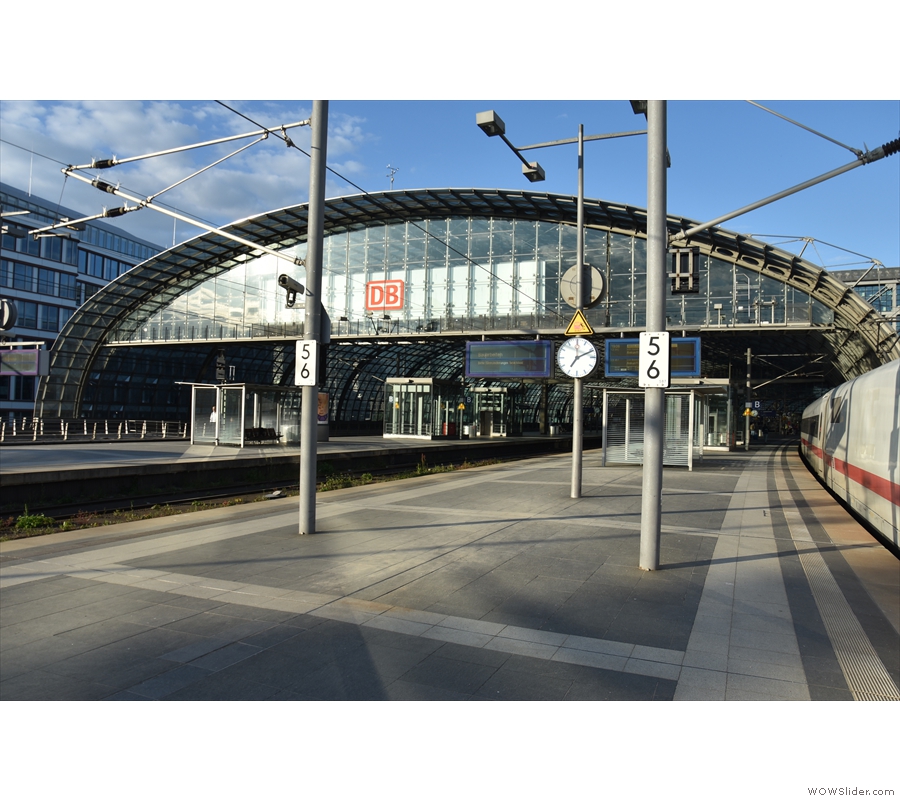
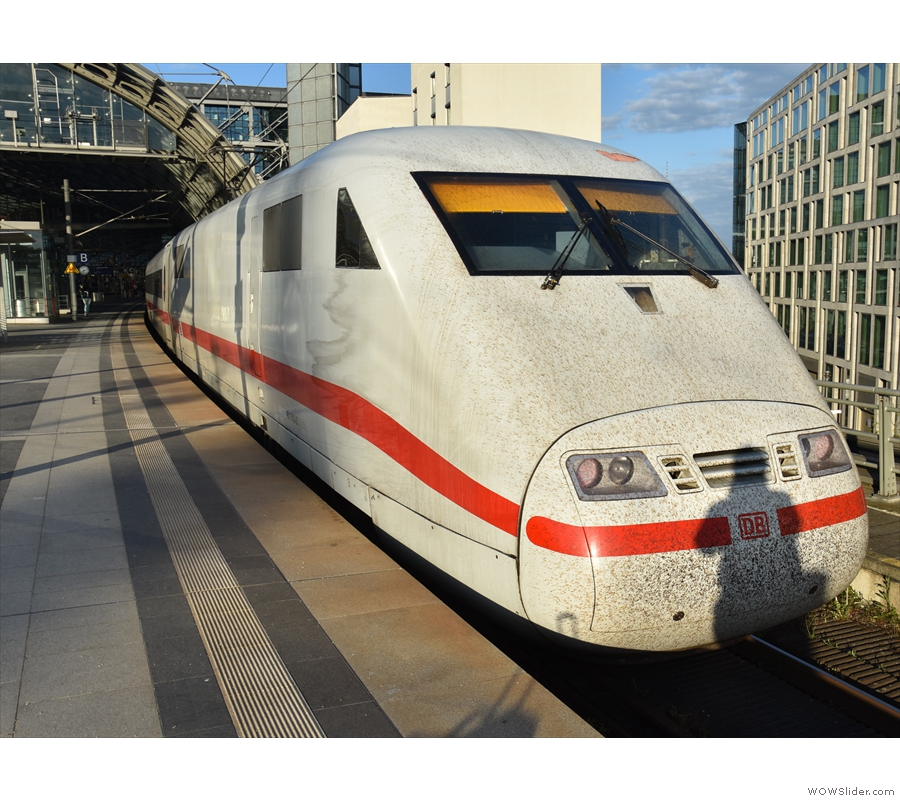
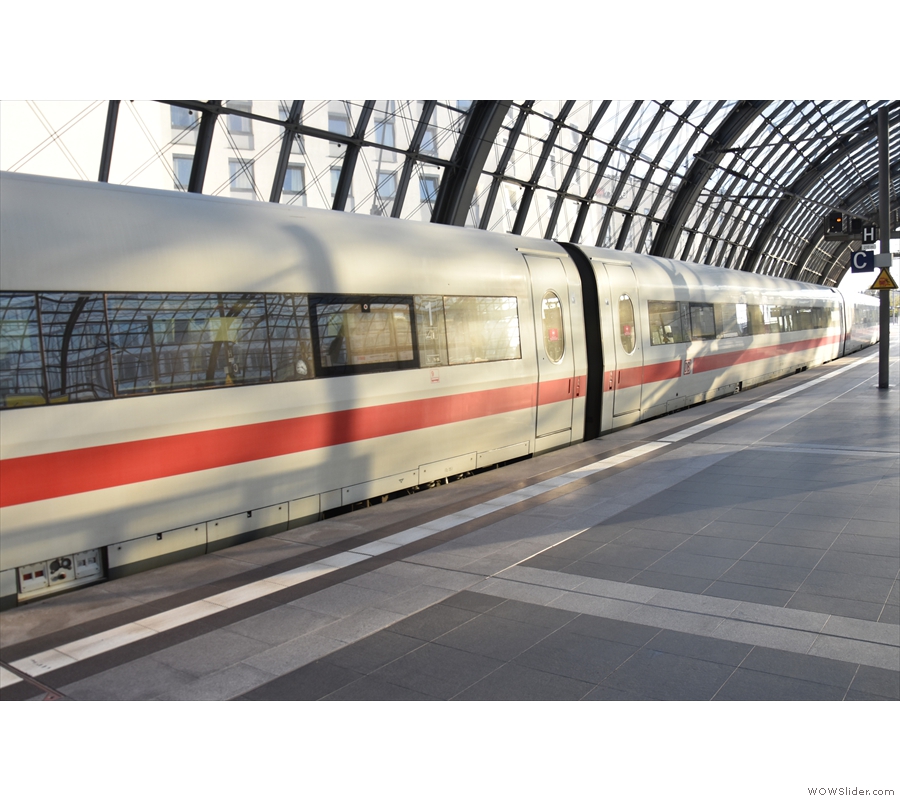
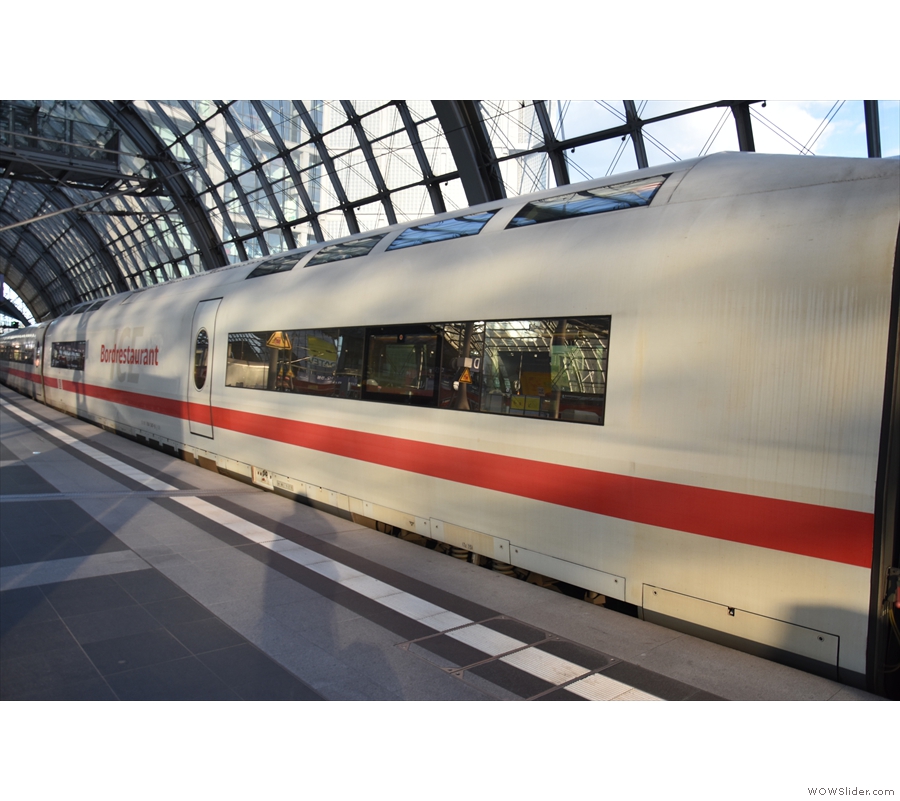
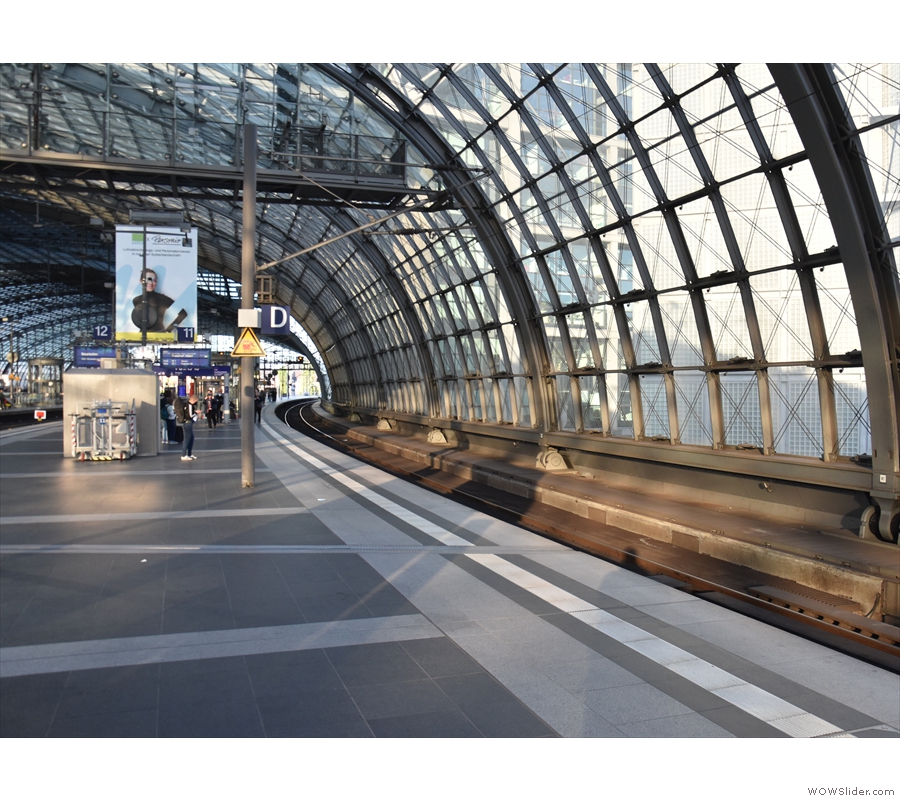
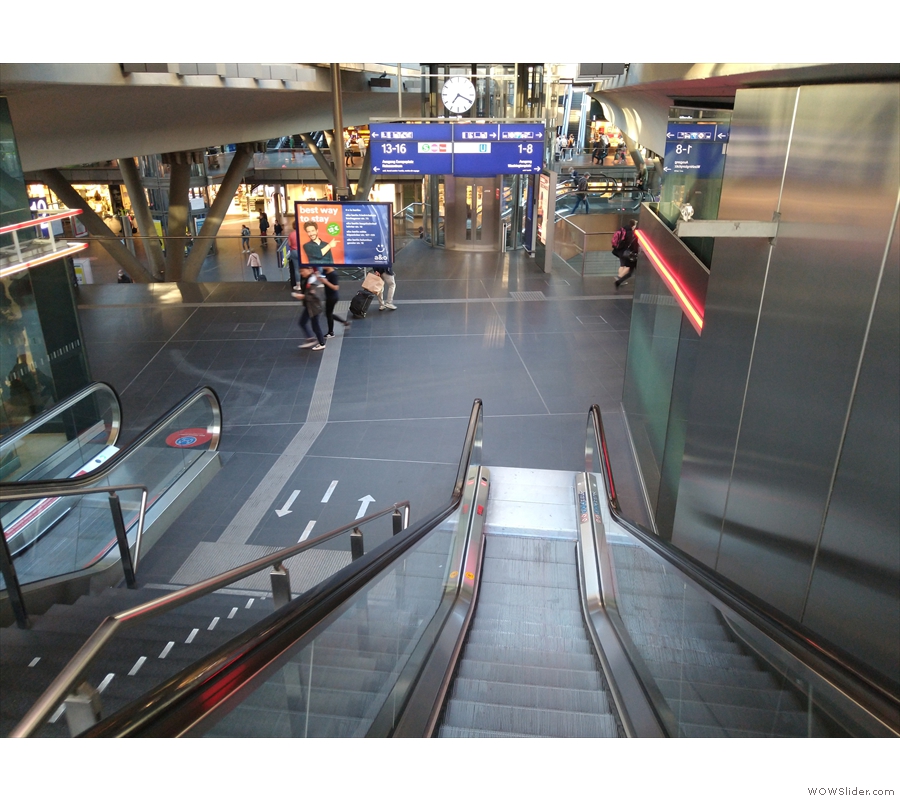
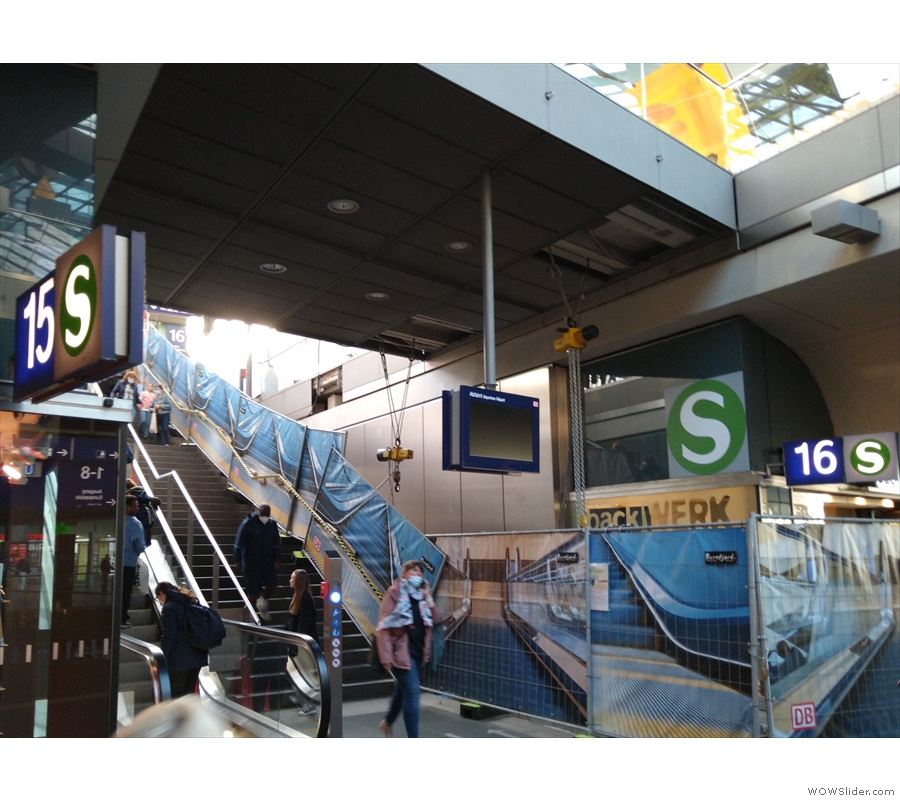
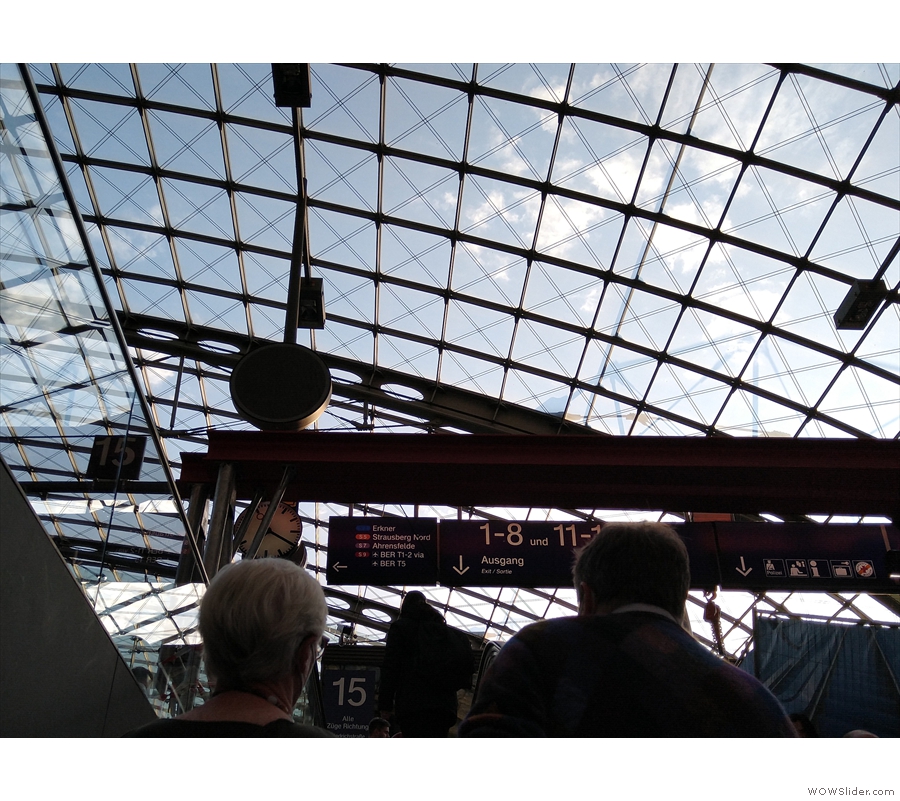
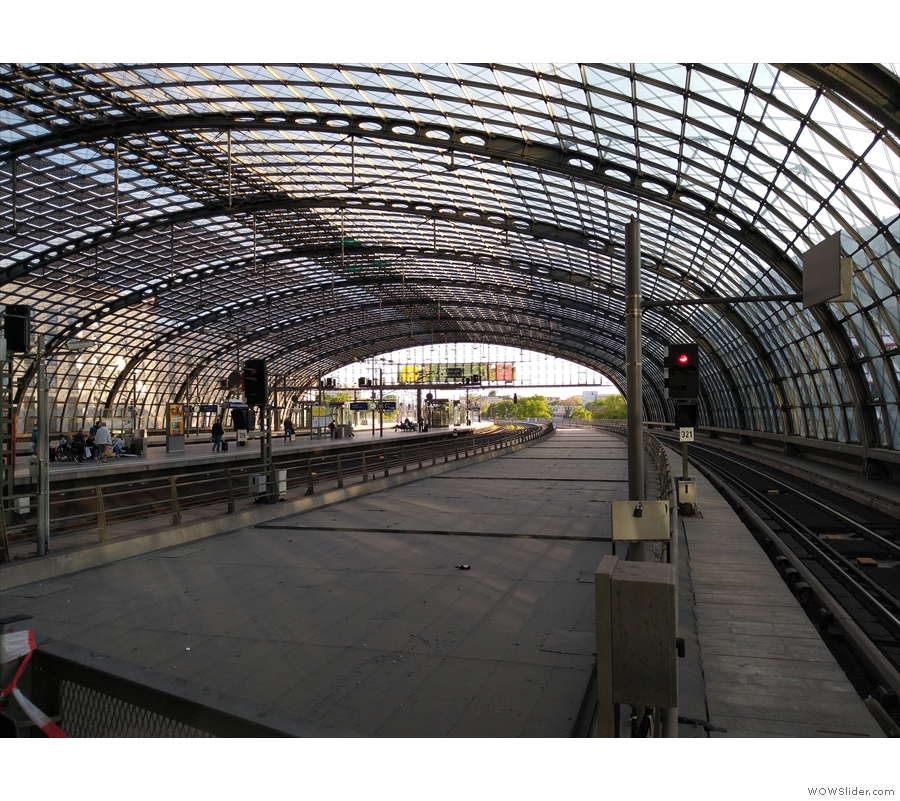
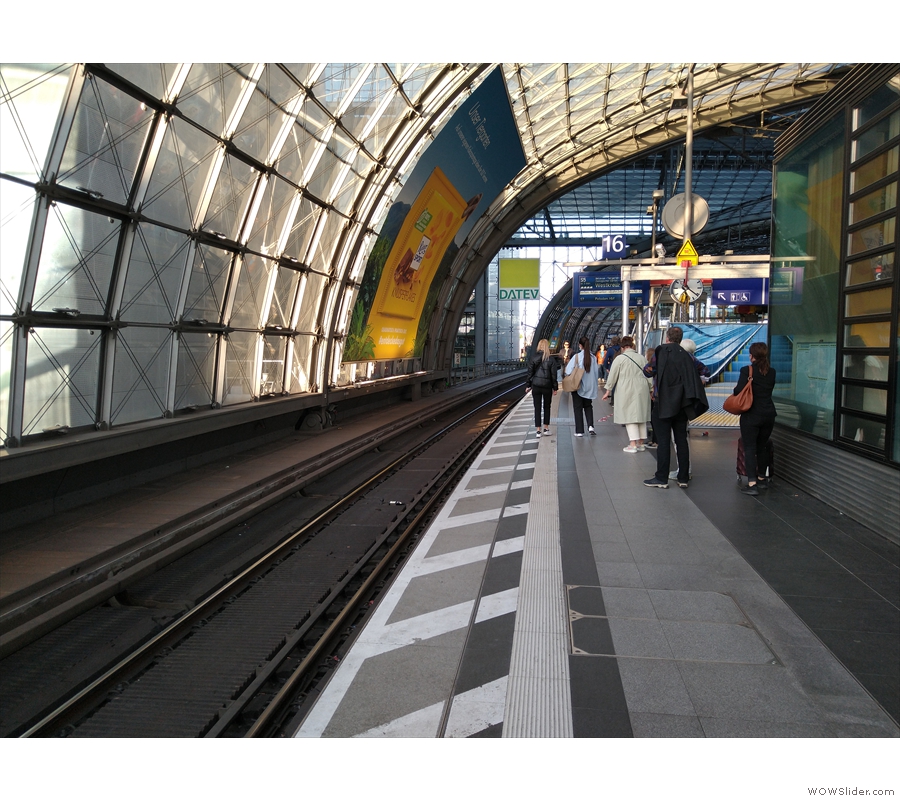
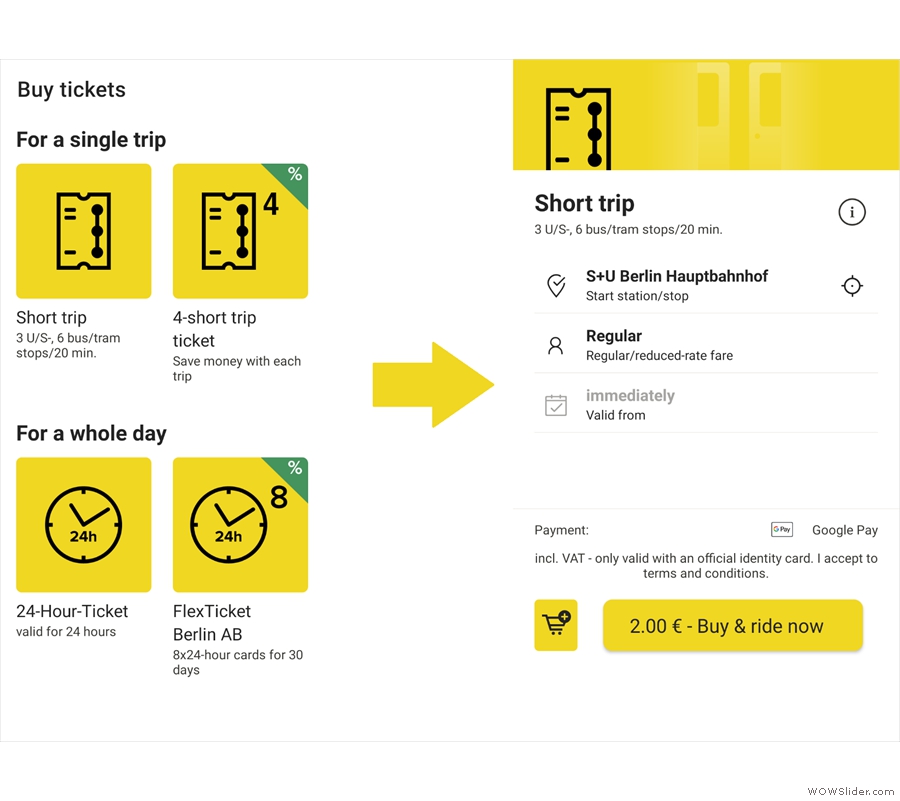
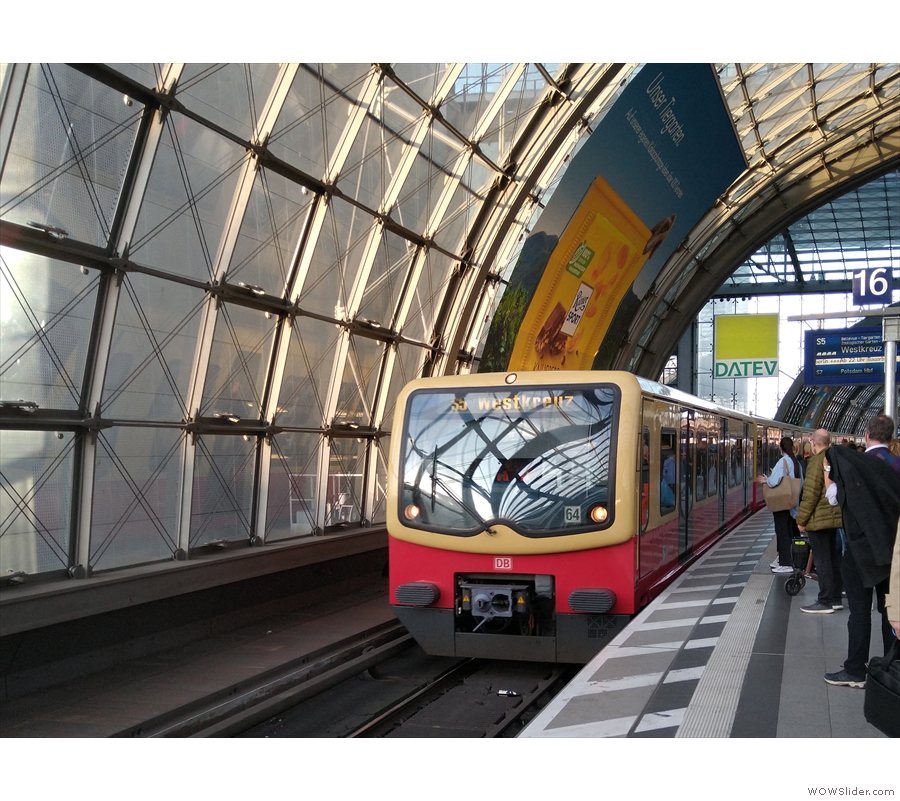
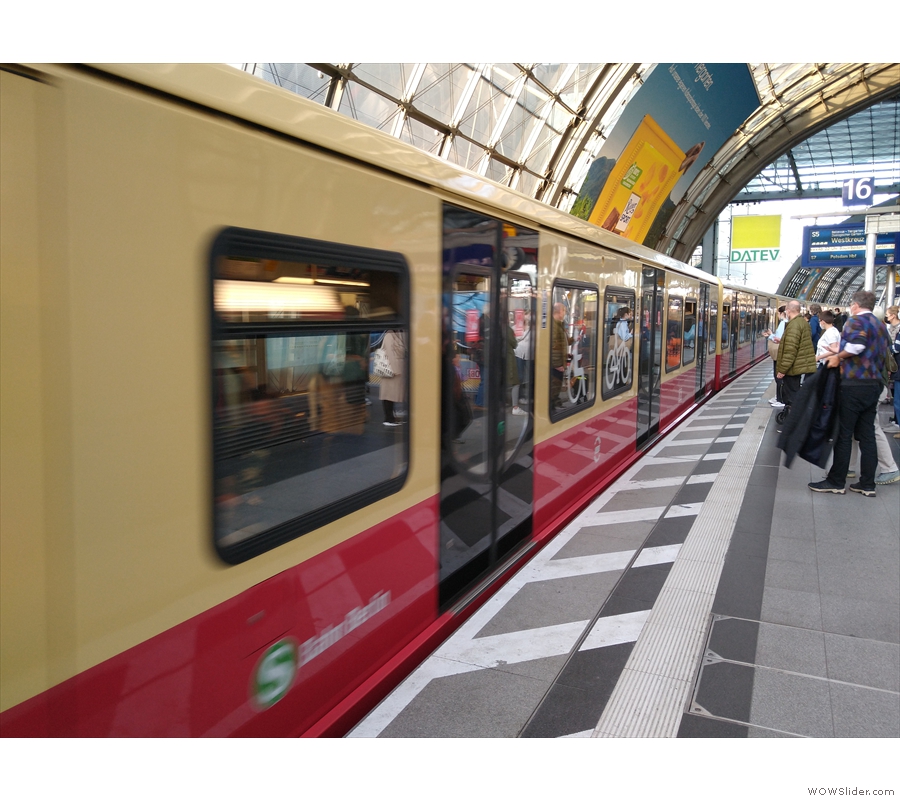
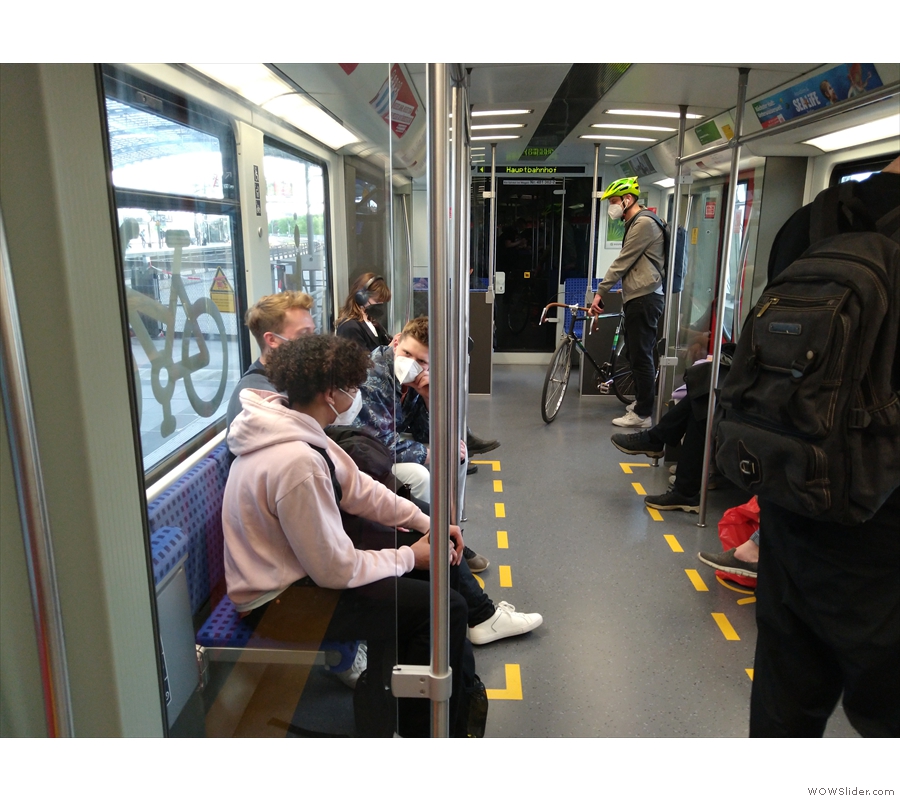
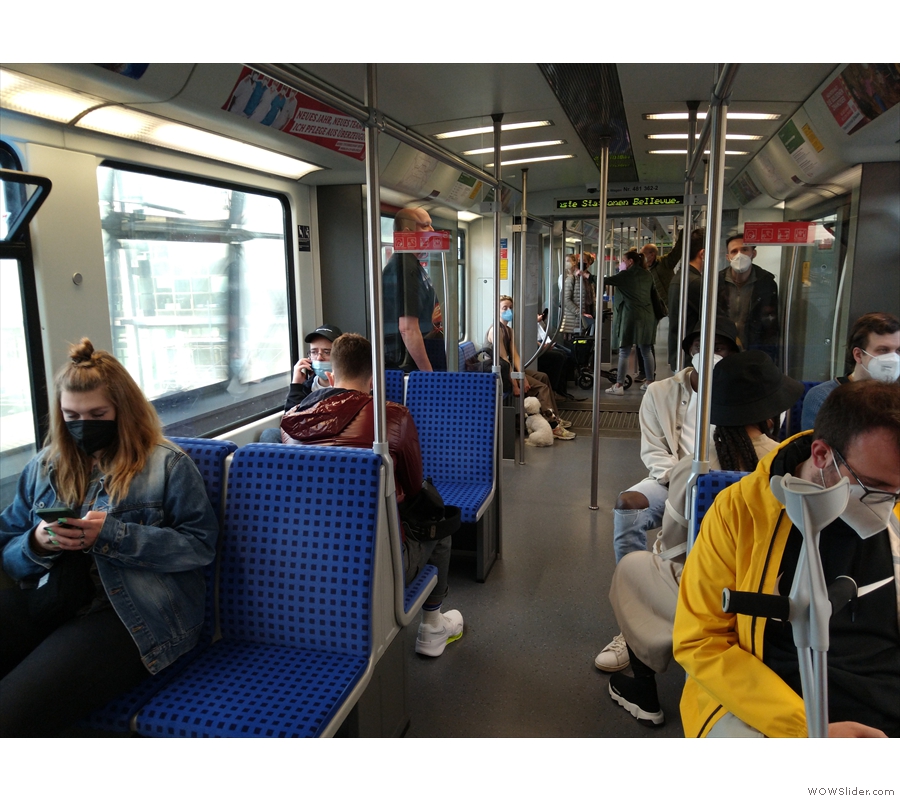
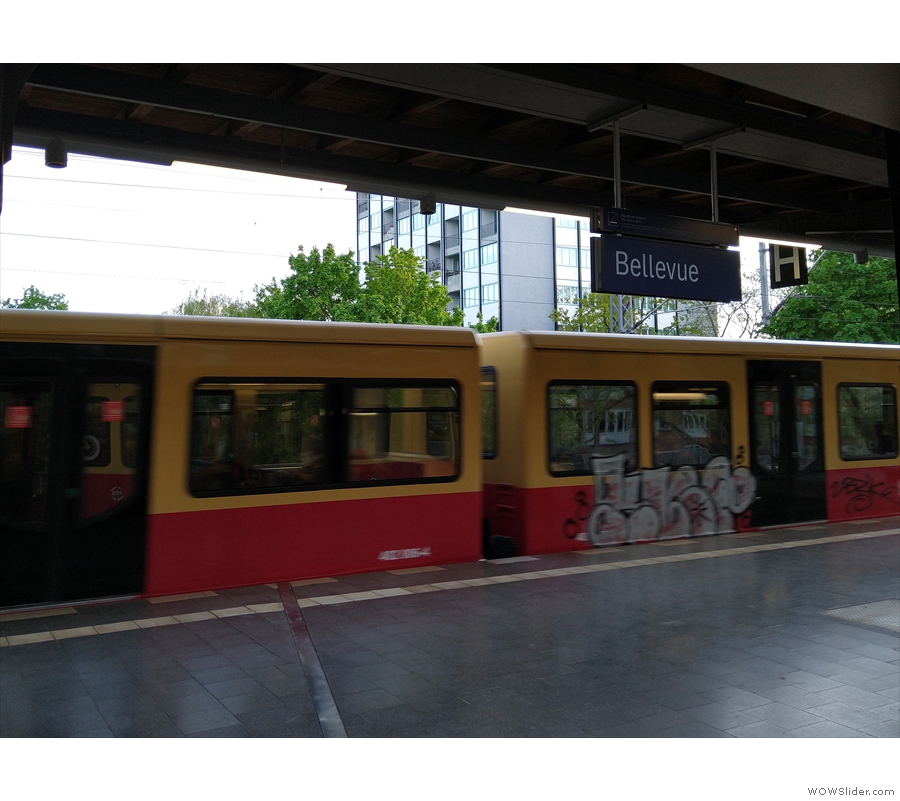
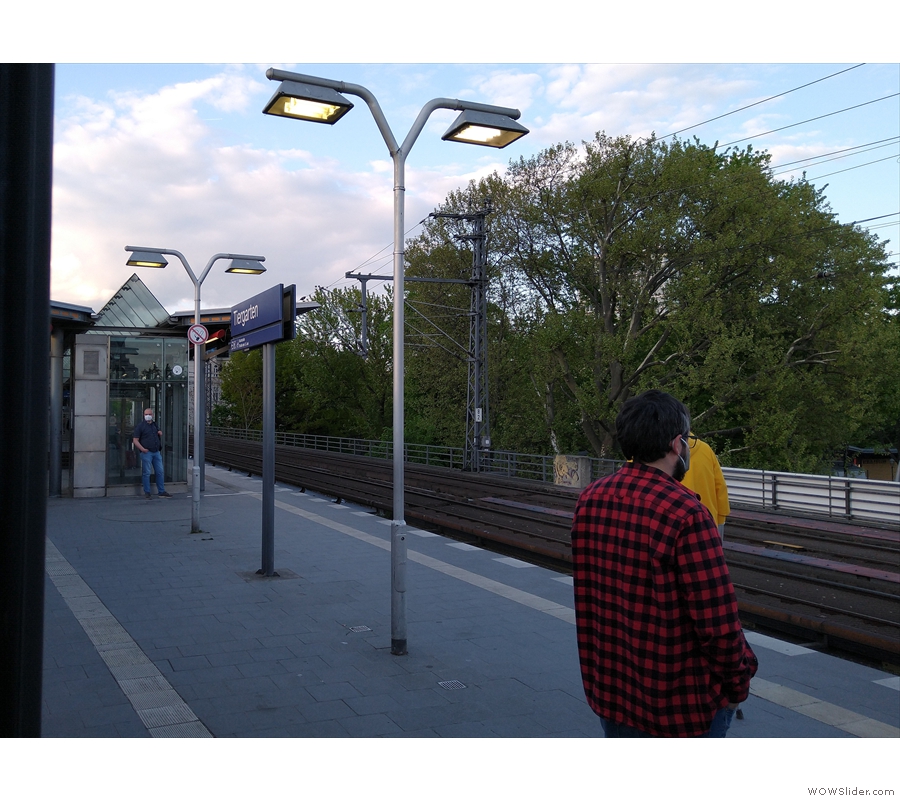
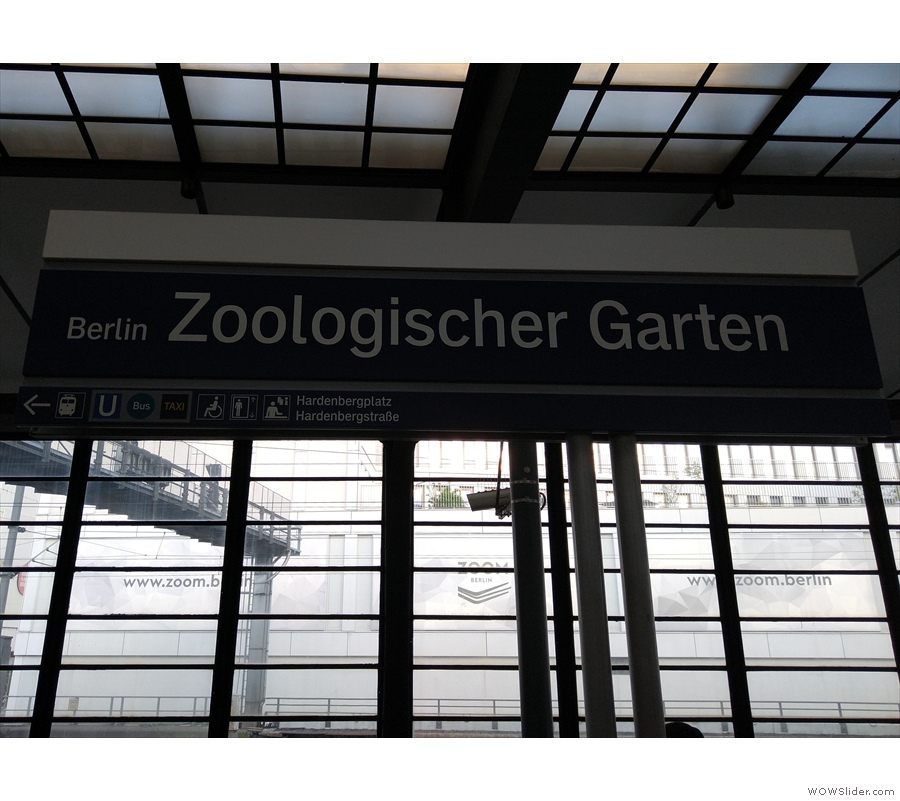
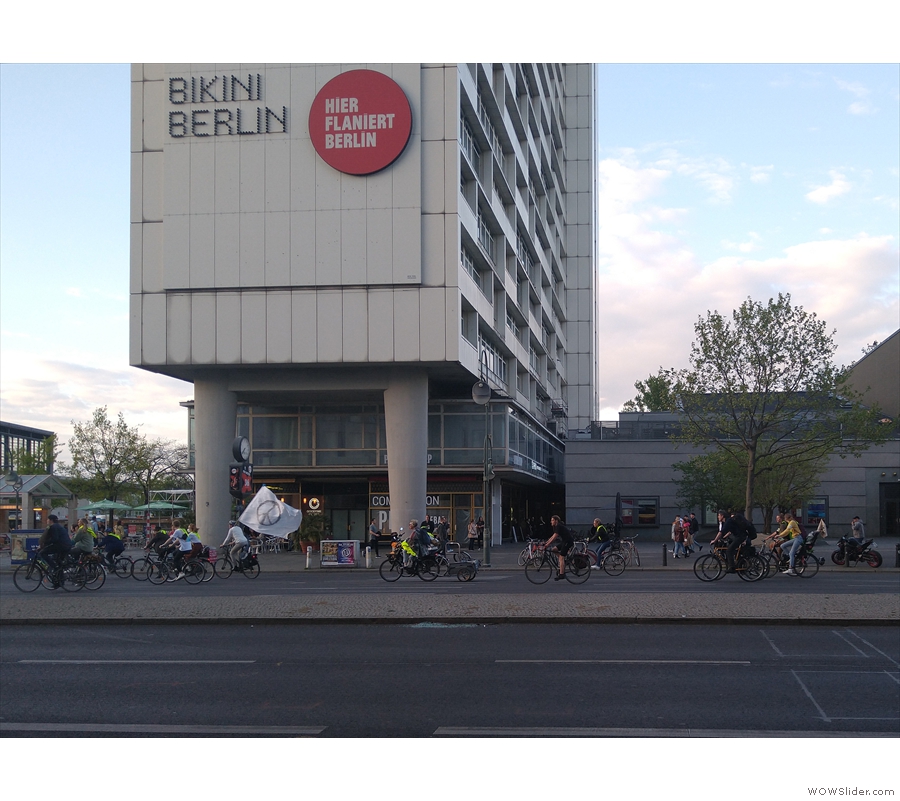
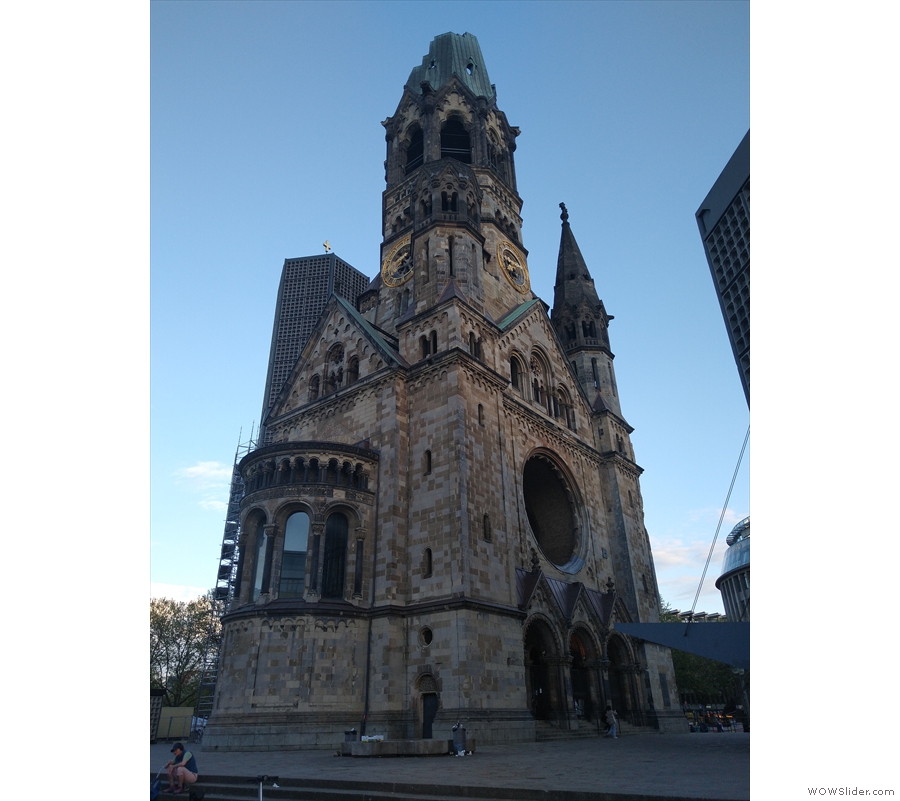
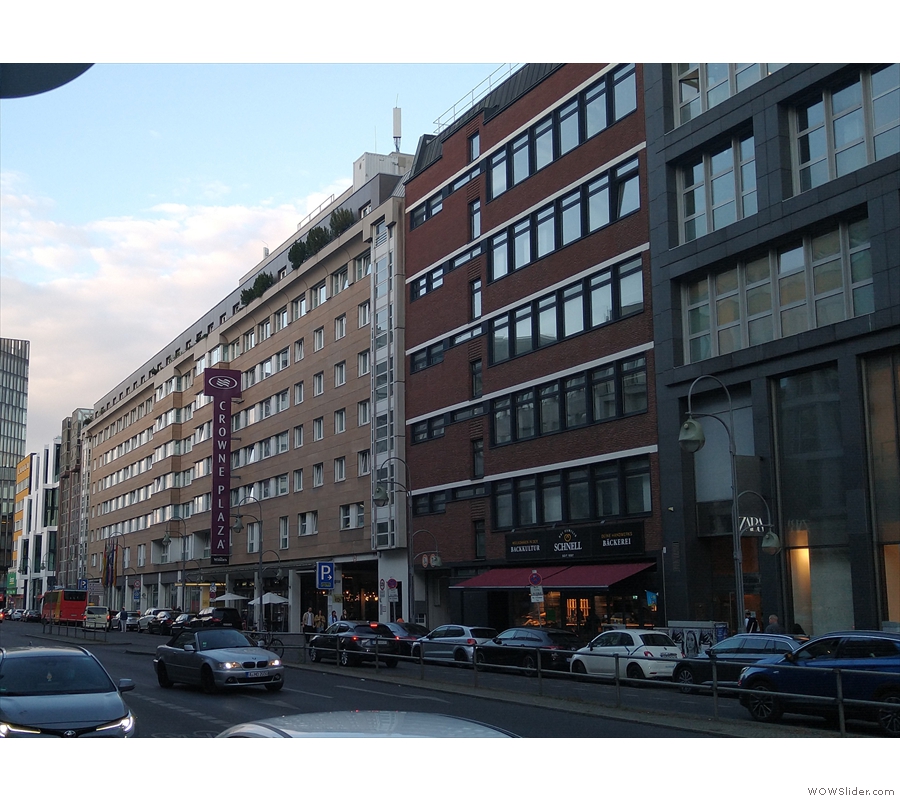
 1
1 2
2 3
3 4
4 5
5 6
6 7
7 8
8 9
9 10
10 11
11 12
12 13
13 14
14 15
15 16
16 17
17 18
18 19
19 20
20 21
21
Pingback: Brian’s Travel Spot: UK to Berlin by Train, Part III – ICE to Köln | Brian's Coffee Spot
Pingback: Brian’s Travel Spot: UK to Berlin by Train, Part I – Planning | Brian's Coffee Spot
Pingback: Brian’s Travel Spot: UK to Berlin by Train, Part II – Eurostar to Brussels | Brian's Coffee Spot
Pingback: Brian’s Travel Spot: Berlin to Köln by ICE | Brian's Coffee Spot
Pingback: Brian’s Travel Spot: Köln to Mainz by Train along the Rhine | Brian's Coffee Spot